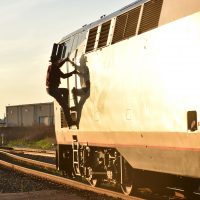 Welcome the second part of this Travel Spot post detailing the journey that I took in March 2018 on Amtrak’s Sunset Limited from New Orleans to Tucson, Arizona. This was itself the final leg of a larger train journey which had seen me start in Providence, Rhode Island, in the teeth of a New England winter, and travel down via Amtrak’s Northeast Corridor to Manassas just south of Washington DC, then carry on to New Orleans on Amtrak’s Crescent service.
Welcome the second part of this Travel Spot post detailing the journey that I took in March 2018 on Amtrak’s Sunset Limited from New Orleans to Tucson, Arizona. This was itself the final leg of a larger train journey which had seen me start in Providence, Rhode Island, in the teeth of a New England winter, and travel down via Amtrak’s Northeast Corridor to Manassas just south of Washington DC, then carry on to New Orleans on Amtrak’s Crescent service.
I left New Orleans at nine o’clock on Monday morning, the whole journey taking roughly a day and a half to cover the 2,400 km through Louisiana, all the way across Texas (which took almost a day!) and then along the Mexican border through New Mexico and Arizona, arriving in Tucson just after sunset on Tuesday evening. I was in coach class for the first day, which is covered in Part I, travelling from New Orleans to San Antonio, where we arrived just before midnight. There I transferred to a sleeper compartment for the rest of the journey, which is covered in this post.
As well as splitting my two-day journey over two posts, just as I did with part one (covering the first day of my journey), I’ve split this post into the following sections:
- Superliner Sleeper Compartment
- Midnight Adventures in San Antonio
- Waking up to Breakfast in Southwest Texas
- Lunch in El Paso
- New Mexico and Dinner in Arizona
If you want to follow along, check out this interactive route map.
This split, of travelling by coach class for the first part of the journey, then transferring to a sleeper, wasn’t my choice, by the way. The Sunset Limited, which runs from New Orleans to Los Angeles, spends part of its first night in San Antonio, Texas. Here it joins up with the Texas Eagle, which comes down from Chicago, the two trains then running as one all the way to Los Angeles.
When I booked my ticket (which was comparatively late in the day), all the sleeper berths from New Orleans were taken, so I’d been given a seat in coach class from New Orleans to San Antonio, and a sleeper compartment on the Texas Eagle portion of the train, which would take me on to Tucson.
I’m not sure what the Texas Eagle’s makeup is when it comes down from Chicago, but just two solitary carriages had been left at San Antonio, a coach class carriage and, behind that, a sleeping car, where I was going to be, right at the back of the newly-formed train. The Texas Eagle had been scheduled to arrive at 21:55 (ie two hours before us), but was half an hour early, so anyone going on beyond San Antonio had an extra-long layover that night.
Once we were coupled up, the conductor showed me down to the sleeper, where I was handed on to the steward. I’ve written about Amtrak’s Superliner sleeping cars before (when I caught the Empire Builder from Chicago to Portland (Oregon) in 2015) and since (when Amanda and I took the California Zephyr all the way to Chicago in 2019). The Superliners are double-deckers, and the compartments are subtly different to the single-deck Viewliner that had taken me to New Orleans earlier in the trip.
I was in one of 10 standard two-person compartments (known as roomettes) located on the upper deck, arranged in two rows of five on either side of a narrow, central corridor. It’s roughly the same length and width as the Viewliner compartments, but not as tall. One noticeable difference is that the compartment has a lot less luggage space and less usable space where you can put things during the day. On other hand, there’s a very large luggage rack downstairs next to the doors where you can leave larger bags, so you only need a day-bag in the compartment with you. You also have the option of checking larger bags into the baggage car, although you won’t have access to them for the entire trip.
The Superliner has two wide seats facing each other across the compartment, which are wider than the Viewliner seats, particularly since the Superliner has no toilet or sink inside the compartment (which significantly reduced the width of one of the two Viewliner seats). These two seats slide together to form the lower bed, while the upper bed simply folds down to lie flat, although I didn’t have cause to use it on this trip, finding the lower bed perfectly adequate for my needs.
As an aside, when the upper bed is stowed away, it’s at an angle of about 45°, so you can’t easily use it to store luggage during the day, adding to the luggage problem. That said, since I was travelling alone, I could use the other seat to stow things, but Amanda and I had a lot more problems with our luggage on the California Zephyr.
By 23:40, I was settled in my compartment and wondering what to do. The train didn’t leave until 02:45, so I had three hours to kill. I could have just gone to bed, which may well have been the sensible option, but it was my first (and so far only) time in San Antonio and that seemed a wasted opportunity, so I decided to get out and explore the station.
You can see what I found after the gallery.
San Antonio station is older and on a slightly grander scale than say Beaumont or Houston. The original, the Sunset Station, was built in 1902, and the old building is still there, although since 1998, Amtrak has operated from a smaller station built right next door (the original Sunset Station building is now an entertainment complex). Next to it, at the northern end of the station, is an old Southern Pacific steam locomotive, No. 794, while at the other end is the Alamodome, once home to the San Antonio Spurs basketball team.
The conductor had already told me that as long as I was back before 02:45, I was free to do as I wished, going as far as to suggest the Denny’s all-night diner down the road, where people often went for something to eat. Initially I was content just to wander the platform taking photos, but then a security guard approached me. I thought he was might tell me off (it’s happened before) or warn me about wandering off at night. Instead, he said that if I liked taking photos of buildings at night, then downtown San Antonio was nicely lit up and had plenty of good subjects for my camera.
He explained that it was only a 15-minute walk west of the station, and that I should go under I-37 and then straight along Market Street. It was just the impetus I needed, so off I went. Sure enough, after going under the freeway and straight along Market Street, I arrived in downtown San Antonio at midnight.
I spent a pleasant 10 minutes wandering around the River Walk, which is a sunken trail that runs on both sides of a loop of the San Antonio River, roughly one storey below street level, as well as extending along the river north and south of the centre. I would have liked to have explored more, but I was conscious that I had a train to catch and didn’t want to go too far.
The Alamo, the famous site of the Battle of the Alamo in 1836, is also close by, so I popped over to take a look. This 18th century Spanish mission and fortified compound, now a ruin, is rather incongruous, sitting right in the heart of the city. It was very pretty at night, but all I could do was have a quick look around the front before heading back to the station. It has, however, made me think about returning to San Antonio and maybe spending a day in the city.
I could have spent longer in the city centre, but since I had to up at 8.00 am for breakfast and wanted to get some sleep, I decided not to linger, getting back to the train at 00:40, where I headed up to my compartment to go to bed.
How well I managed in that task, you can find out after the gallery.
I took a while to drift off and then woke up just before we left San Antonio at 02:45, dropping off to sleep again straight after that. I slept surprisingly well, getting a solid five hours in before my alarm woke me up at 08:00. I could easily have slept on past that point, but didn’t want to miss breakfast in the dining car (my favourite meal of the day, particularly when travelling).
As it was, the dining car was busy, so I ended up on a wait list, only getting called into breakfast at 9 o’clock. I had the scrambled eggs, potatoes and guacamole, which came with a square croissant. Breakfast, even the strangely-shaped croissant, was very good, the only disappointment being the coffee (I had Amtrak’s own, which was a mistake). I was sat with a German couple from Berlin (who’d had stops at New Orleans and Houston, and were now on their way to El Paso, the Grand Canyon and finally San Francisco) and an American boy who’d missed breakfast with his father (they were also heading for the Grand Canyon).
It amused me that I went to bed in Texas and when I woke up, I was still in Texas. I don’t think I’ve ever done that on an Amtrak train before (although I haven’t been on many Amtrak sleepers, I’m fairly sure that on every other route, I’ve crossed a state line during the night). Although, in fairness, Texas is very big and we’d only been going for five hours. On the plus side, this bit of Texas, way over to the west, has mountains and I was treated to a glorious sunrise over the desert landscape.
We had our first stop at Alpine, which isn’t very mountainous, but is at an elevation of over 1,300 metres! Pretty good, considering that I started off at sea-level in New Orleans! We pulled in at 10:10 for a crew change and were scheduled for a 20 minute stop, but ended up staying almost 30 minutes instead. I felt really sorry for the motorists wanting to cross the tracks, since the train was just too long for the station, leaving my sleeper coach parked over the level crossing at the end of the station! I saw at least one car sat there for almost the whole of our stay.
After my disappointing breakfast coffee, I went down to the café car to get some hot water. I used this to make my own coffee, timing my visit so that it was during one of our stops while waiting for a freight train, a little while after we’d left Alpine. I’d had problems the day before when the steward had insisted on putting hot water in an Amtrak cup (and only an Amtrak cup). However, thanks to the crew change, there was a new steward in the café car who was much more helpful, happily filling my jug with hot water and even rinsing it out to pre-warm it each time. Now that’s customer service!
You can see what I made of the rest of Texas after the gallery.
By the time I had finished my coffee, the train was heading northwest, effectively shadowing the Mexican border (which was quite a way off) and still being followed by our old friend Route 90. However, when we reached Van Horn, Route 90 merged with I-10, which, other than a stretch when we first entered New Mexico, kept us company all the way to Tucson.
Shortly after leaving Van Horn, we crossed over onto Mountain Time (having been in Central Time since leaving New Orleans), losing an hour in the process. 11:30 became 10:30 and suddenly my 13:30 lunch reservation seem very far away! Annoyingly, I’d deliberately chosen a later time since I’d finished breakfast relatively late, but I hadn’t taken the change of time zones into account! In a similarly vein, I’d forgotten that Arizona doesn’t do daylight saving time, so we would be losing a further hour when we crossed the state line. And yes, dinner reservations were in Arizona time, so my late dinner reservation was going to be even later!
At 12:15 (Mountain Time), we reached Sierra Blanca and, shortly after that, the tracks got really close to the Mexican border, which itself follows the line of the Rio Grande river, which was no more than a kilometre or two from the tracks. This means that many of the mountains you can see in the later part of the gallery are in Mexico.
We followed the Rio Grande for about an hour, reaching El Paso just as I sat down for lunch at 13:30. El Paso was an interesting-looking town, a jumble of multi-coloured buildings and industrial sites. Sadly, I didn’t get any photos since I was at lunch, while the station seemed to be another solitary platform with a single building, hardly fitting for such a large city, although the station building itself is apparently quite lovely (you don’t really see it from the train).
We had an extra guest at lunch, a US Immigration Officer who had got on at El Paso coming through the dining car, quizzing everyone and asking if they were US citizens. I was very relieved that I had my passport physically on me and hadn’t left it back in my sleeper compartment, since the officer requested to see it.
Leaving El Paso, the train crosses the Rio Grande, in the processing going over the state line into New Mexico. Finally, at 14:00, we had left Texas, almost exactly 24 hours after we had arrived. I told you Texas was big! The train then climbs up the western side of the Rio Grande valley, providing some amazing views all the way across the valley on the right-hand side of the train. Sadly, I was sitting on the left at lunch, so didn’t get any photos of that either!
You can see what I made of New Mexico and the final leg of the journey to Tucson after the gallery.
After leaving the Rio Grande valley, the train struck out northwest across the New Mexico desert, leaving I-10 behind, which follows the course of the Rio Grande far as Las Cruces. There it turns west, re-joining the train tracks just outside Deming. Although it felt like the train was crossing the middle of nowhere, there had been plenty of recent construction, including lots of new track and a huge marshalling yard and refuelling station just past the Doña Ana County airport.
The terrain was very flat with tall, distant mountains which reminded me of Arizona. We made steady progress, often hitting our line speed of 128 km/h. We reached Deming at 15:40, after which the train and I-10 were largely inseparable, heading ever westward through Lordsburg before crossing the state line at 17:00 Mountain Time, at which point we lost another hour and went back to 16:00 (as an aside, I drove this section of I-10 almost a year later as part of my road-trip around Arizona and New Mexico).
Unfortunately, as well as forgetting to take the time difference into account, I had further messed up my dinner reservation by misremembering when the train was due into Tucson. For whatever reason, I thought it was 19:45, but it was actually scheduled to arrive at 18:45 and I had foolishly booked an 18:15 slot for dinner.
Realising my error, I snuck into the dining car at 17:45 and was fortunate to be seated straight away. I had the risotto, which was excellent, sharing my table with a fellow traveller from Philadelphia, who was also going to Tucson. However, that’s where the coincidence ended. While I had gone from Philadelphia to New Orleans on the Crescent, he had gone the other way to Chicago, taking the Texas Eagle down from there (a route which hadn’t even occurred to me).
We had a fascinating (to me at least) conversation about train travel. It turned out that my dining companion used to own a part share in a private railroad car, which would hook up behind Amtrak or freight trains and travel around the country. Having covered all of the Amtrak network over the years, his top journeys were the California Zephyr (Chicago to San Francisco via Denver) and the Coast Starlight from Los Angeles to Seattle. I was fortunate enough to travel both those routes the following year, taking the Coast Starlight from Los Angeles to San Jose, while later on in the same trip, Amanda and I took the California Zephyr all the way from San Francisco to Chicago.
As it turned out, I probably would have been fine had I stuck with my original plans for dinner since the train was running about 25 minutes late. We left Benson, the last stop before Tucson, at 18:20 and not long after that, it got dark (just as we should have been coming into Tucson at 18:45). Sadly, there was no glorious sunset for me that day and we arrived into Tucson 25 minutes late at 19:10, by which time it was complete dark, which meant that I didn’t get any pictures of the station either. This was a shame since it’s a rather glorious building, constructed in 1907 and extended in 1941. These days, as well as serving as the station, with a neat ticket hall and waiting room, it’s also home to a rather nice restaurant (I ate there the following year), offices and a small railway museum.
And with that, my (train) journey was at an end. The final parts of this Travel Spot cover my onward journey (by car) to Phoenix and my flight back to the UK.
If you want an alternative take on the journey (in video form), then Simply Railway went one better than me and took the Sunset Limited all the way from New Orleans to Los Angeles in 2020.
If you liked this post, please let me know by clicking the “Like” button. If you have a WordPress account and you don’t mind everyone knowing that you liked this post, you can use the “Like this” button right at the bottom instead. [bawlu_buttons]
Don’t forget that you can share this post with your friends using buttons below.

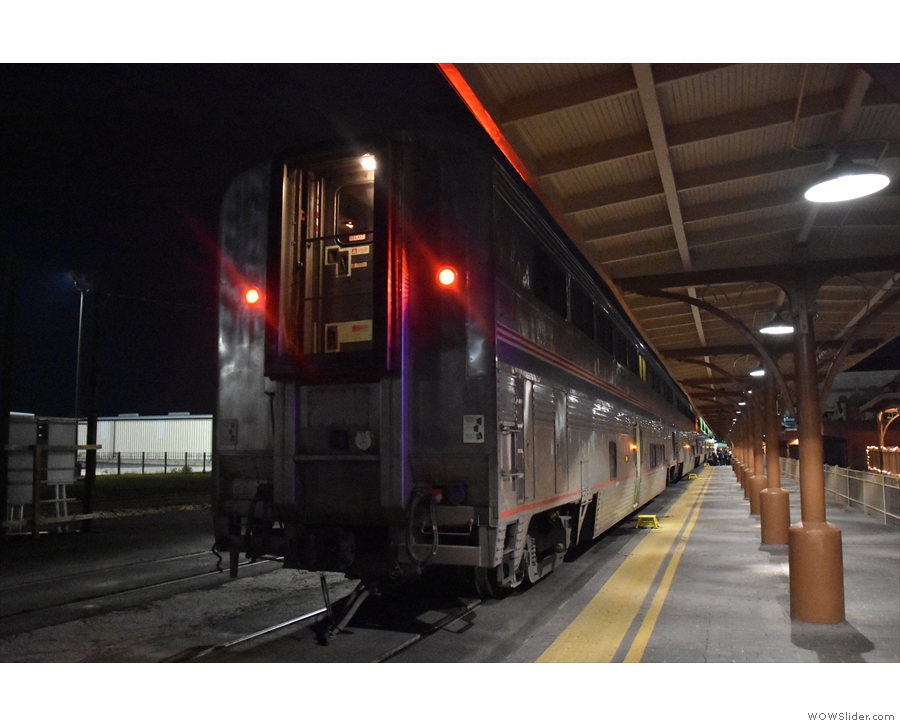
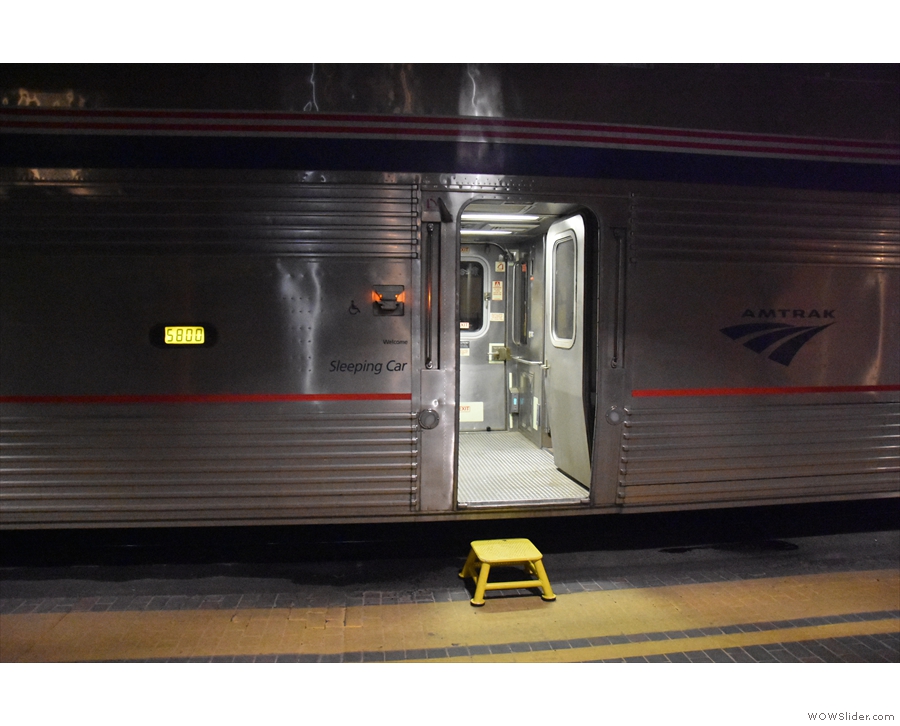
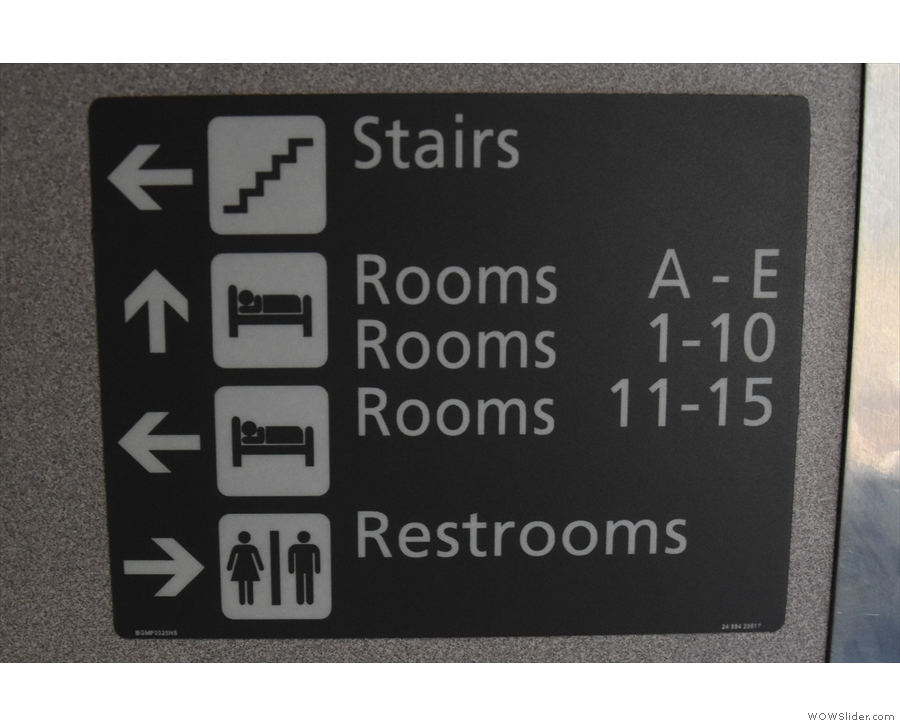
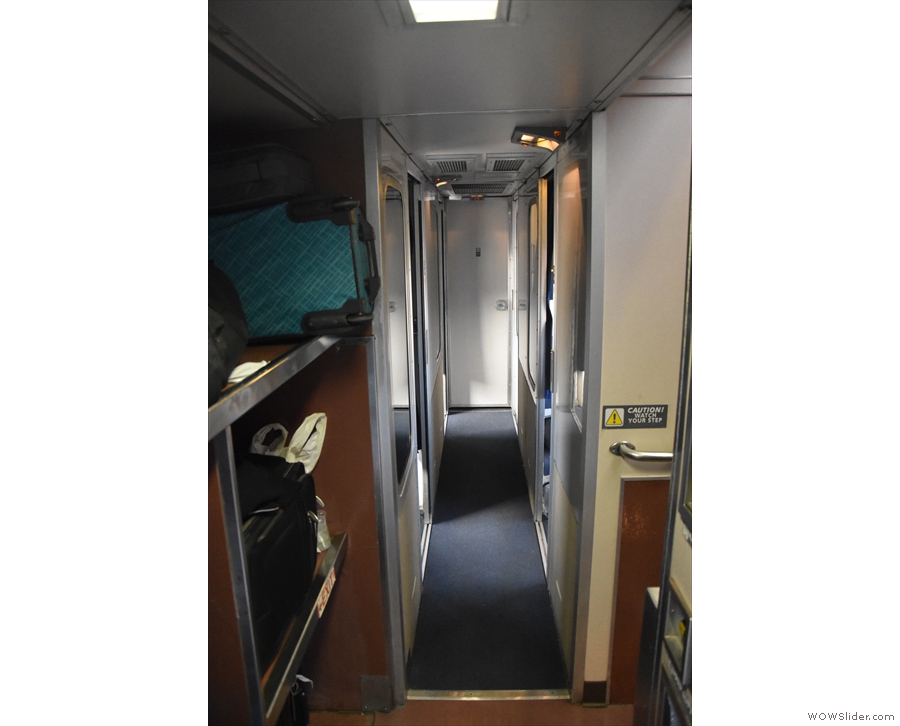
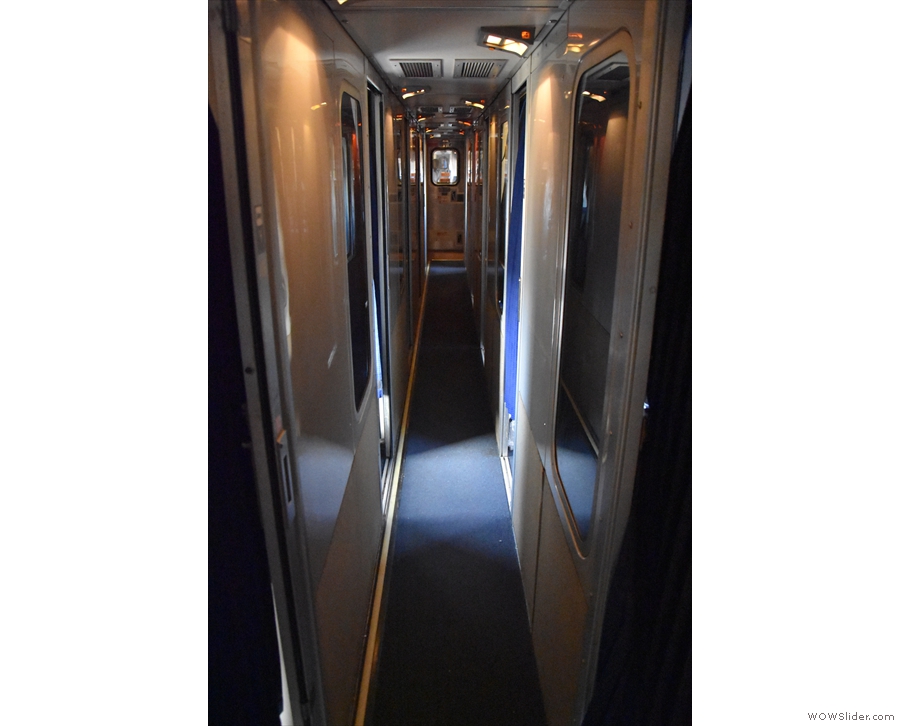
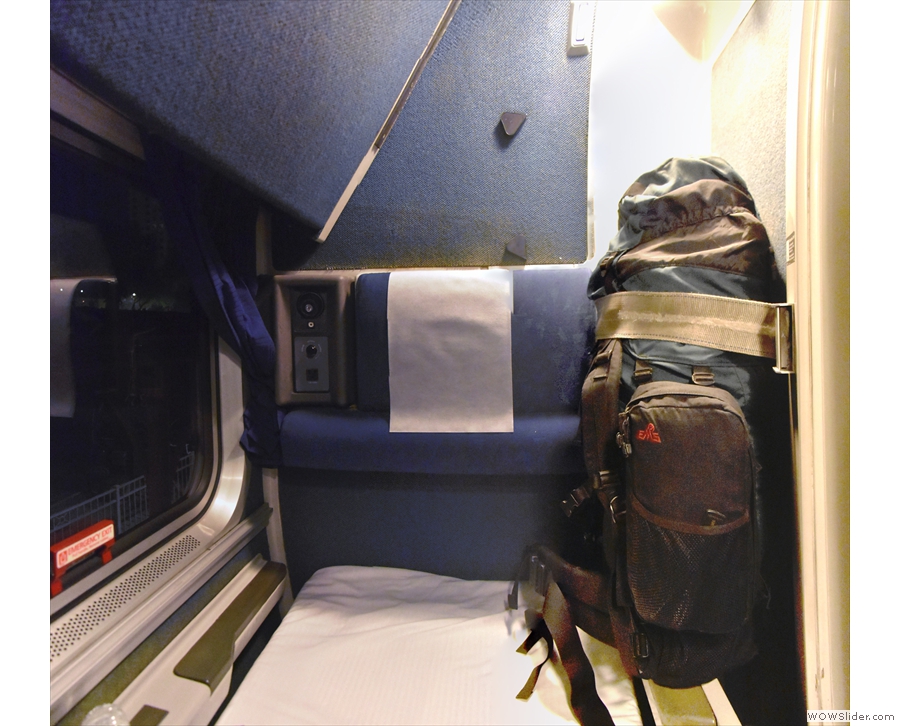
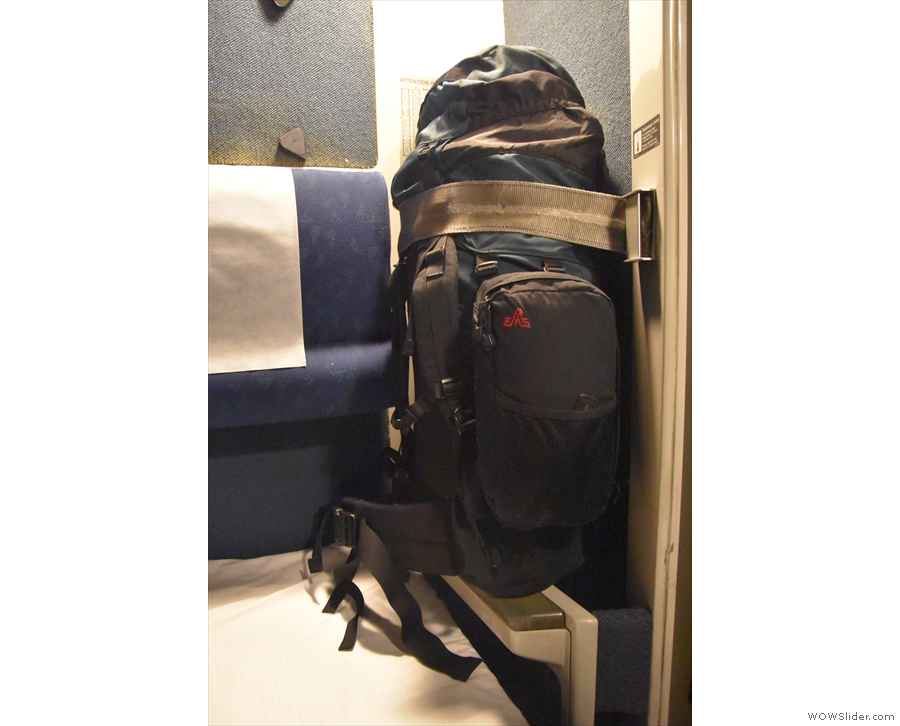
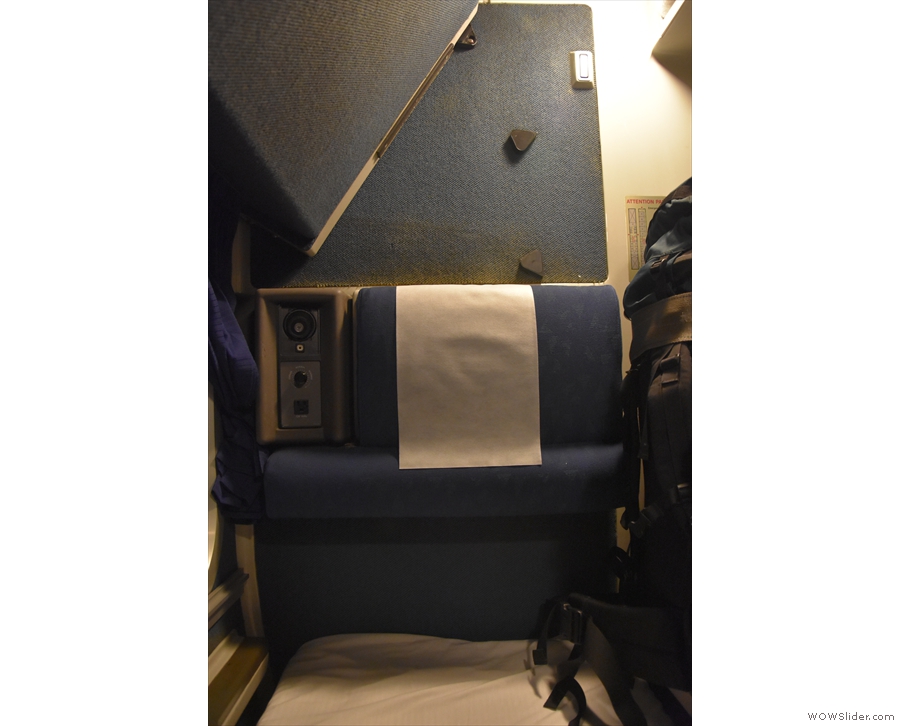
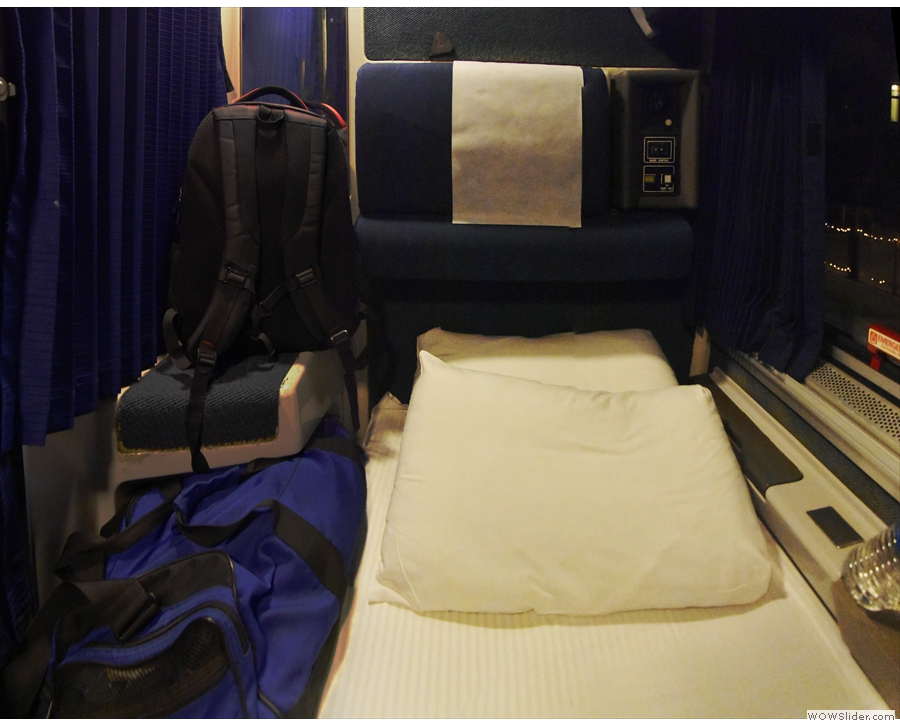
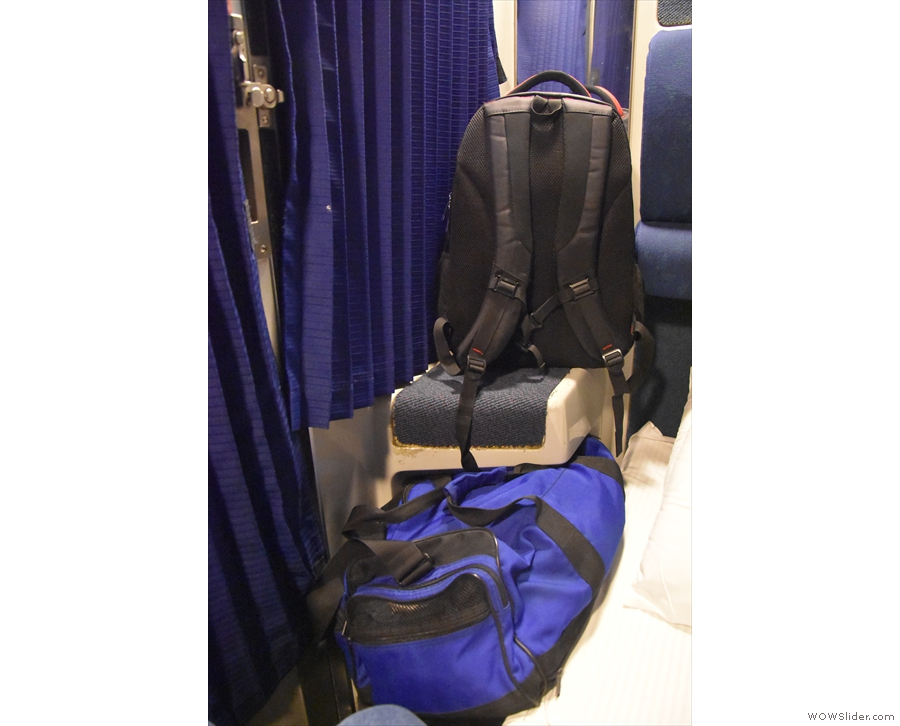
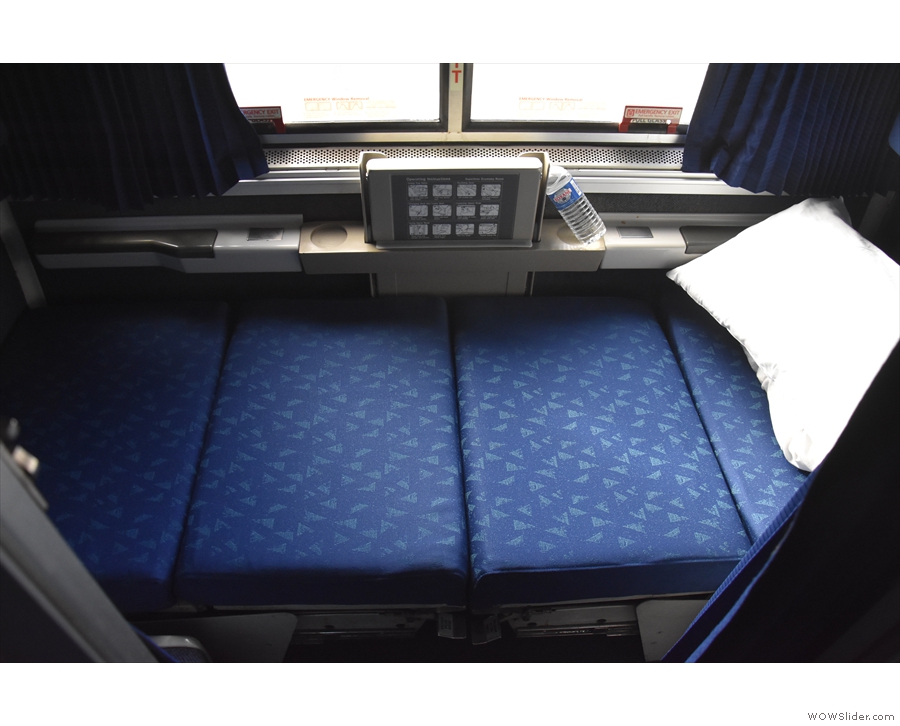
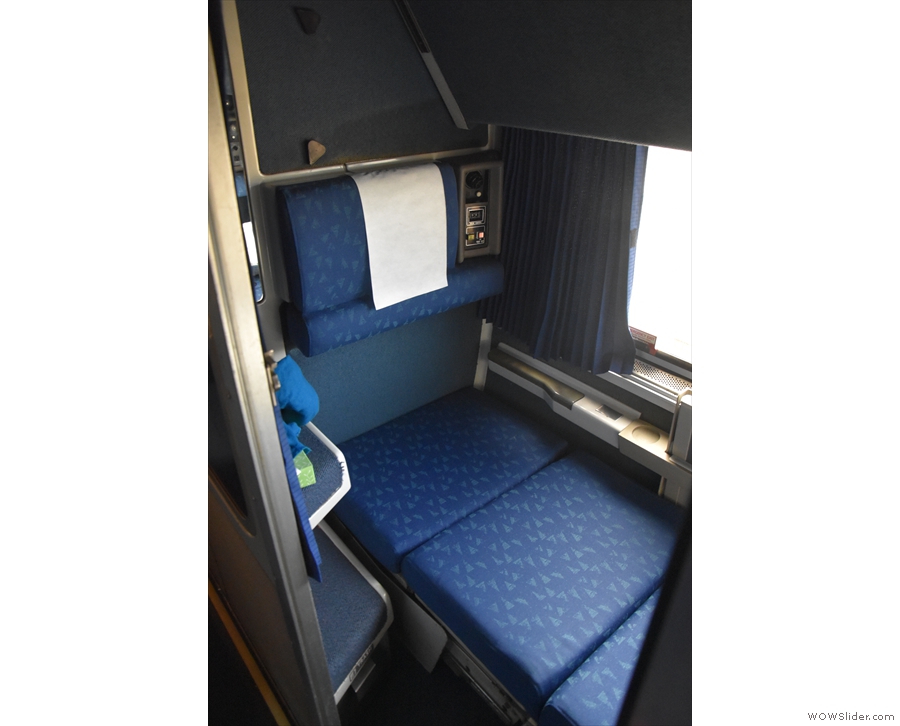
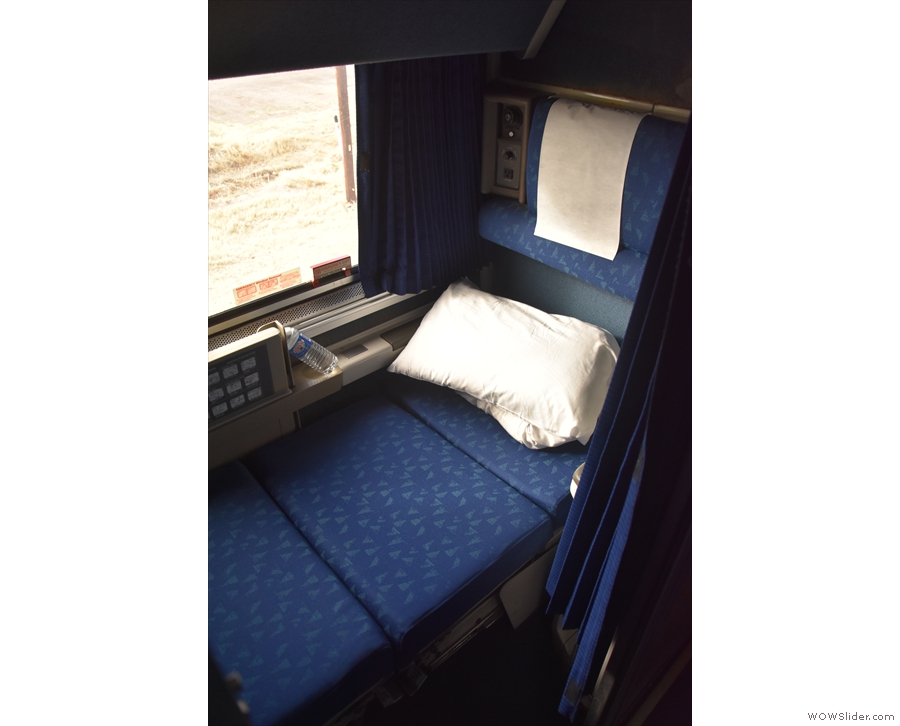
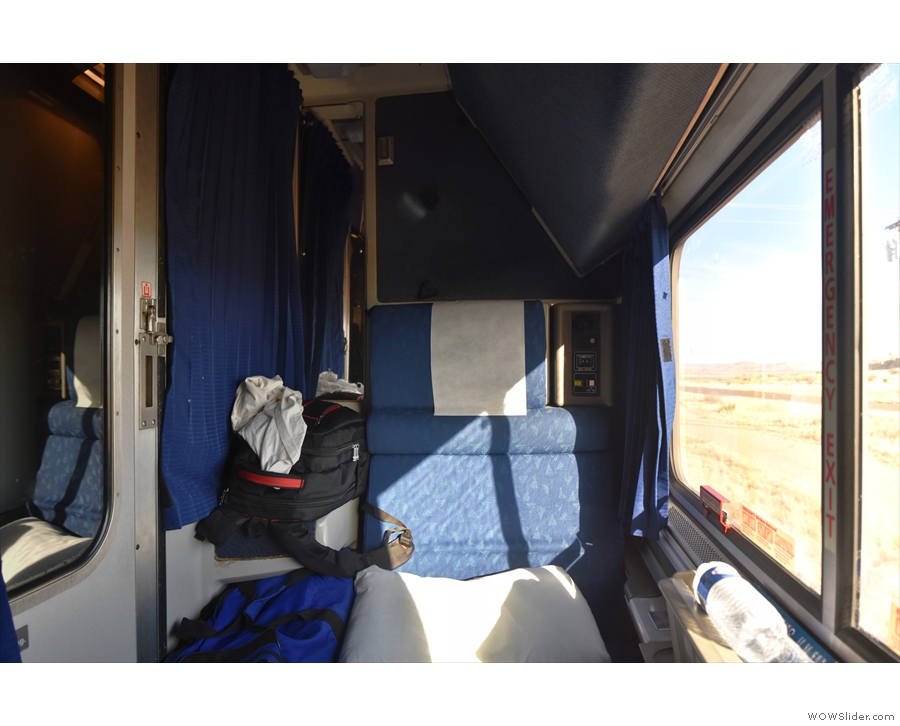
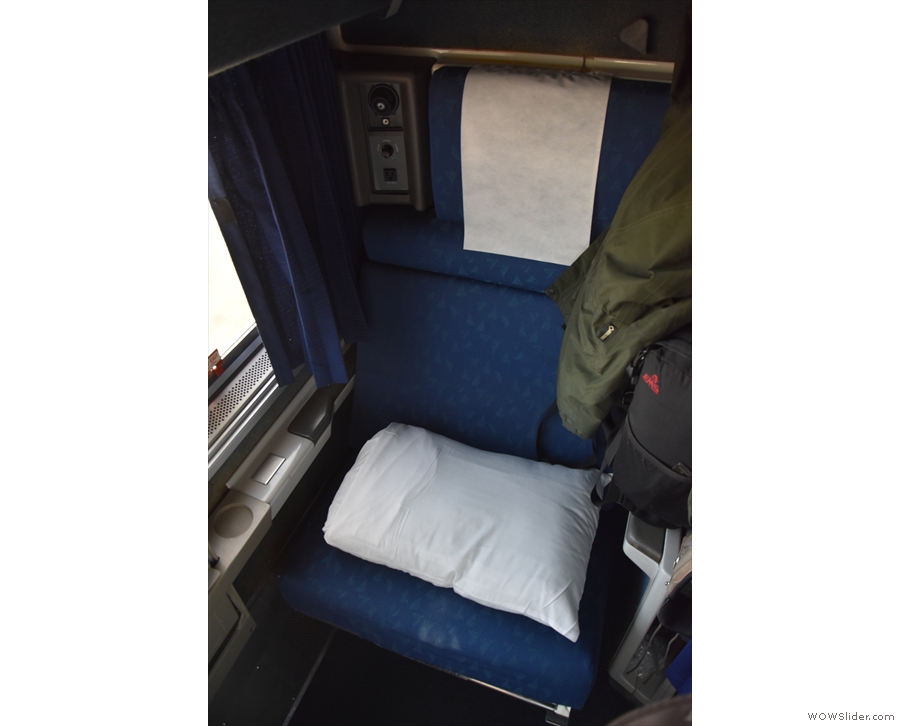
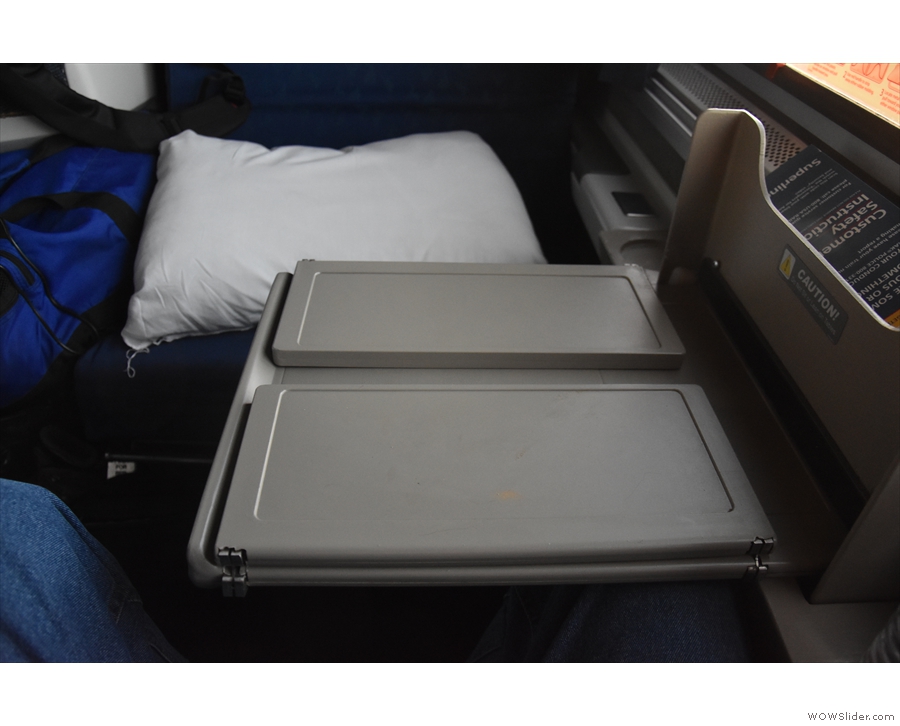
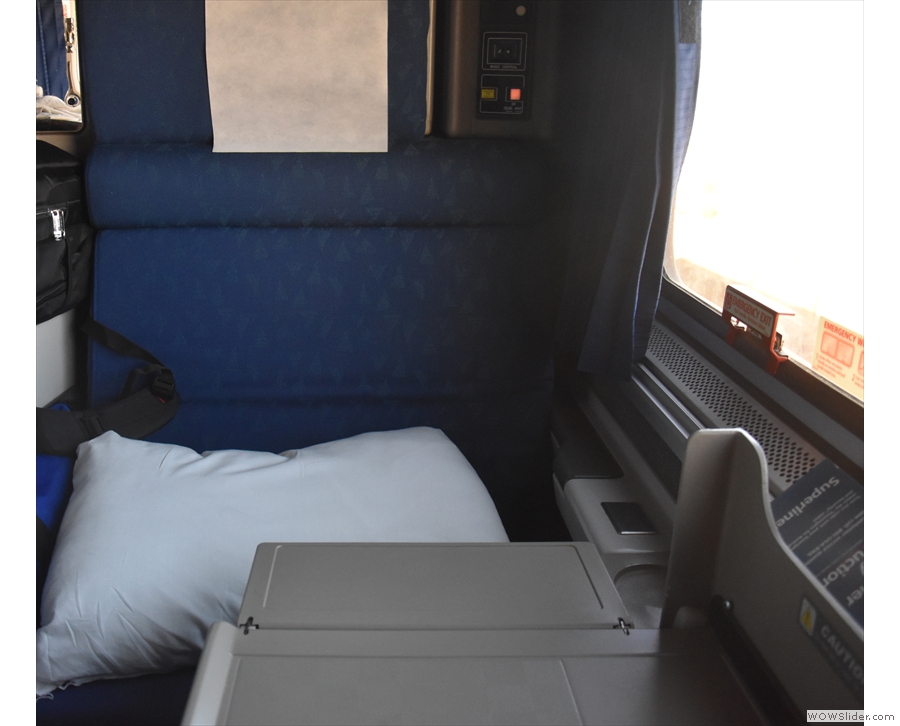
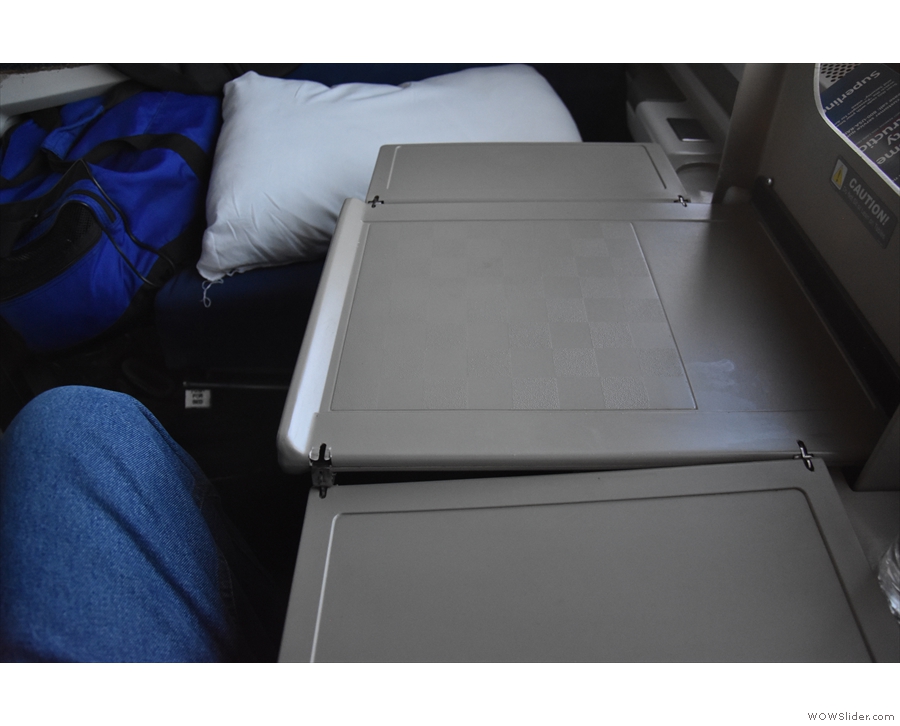
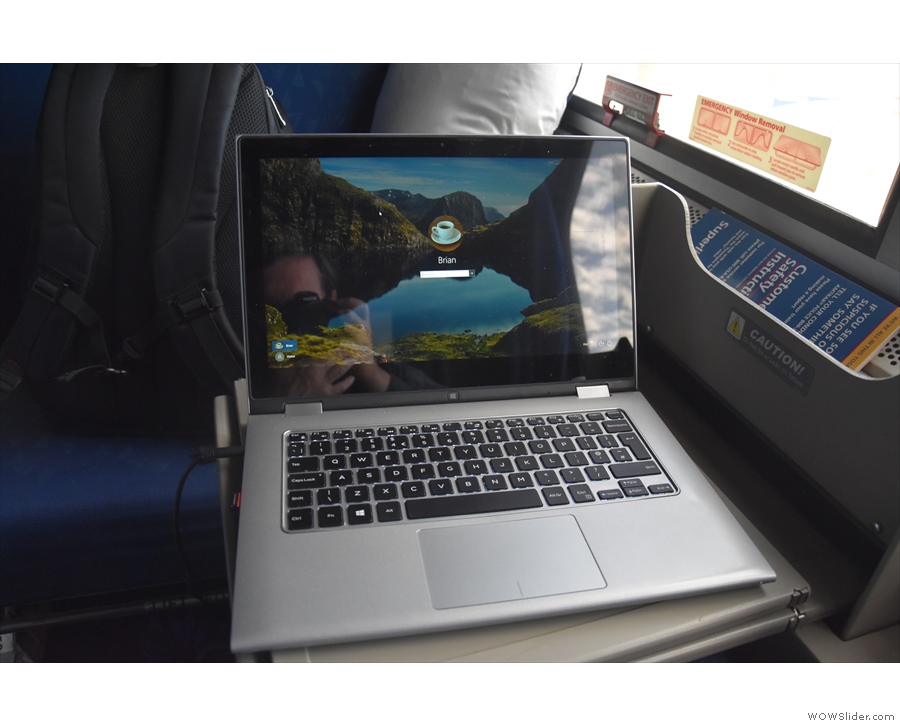
 1
1 2
2 3
3 4
4 5
5 6
6 7
7 8
8 9
9 10
10 11
11 12
12 13
13 14
14 15
15 16
16 17
17 18
18 19
19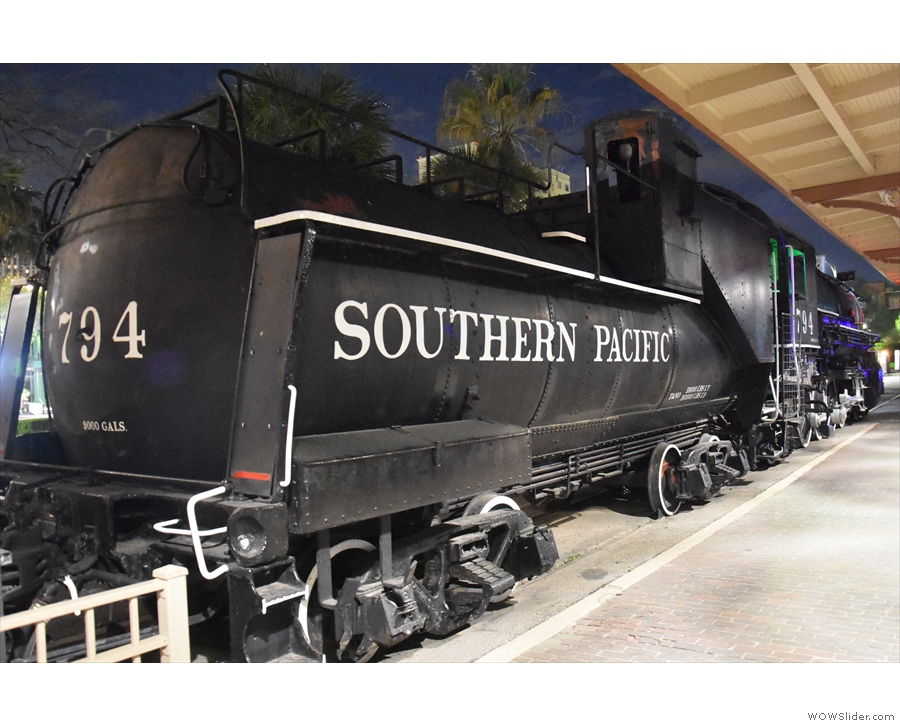
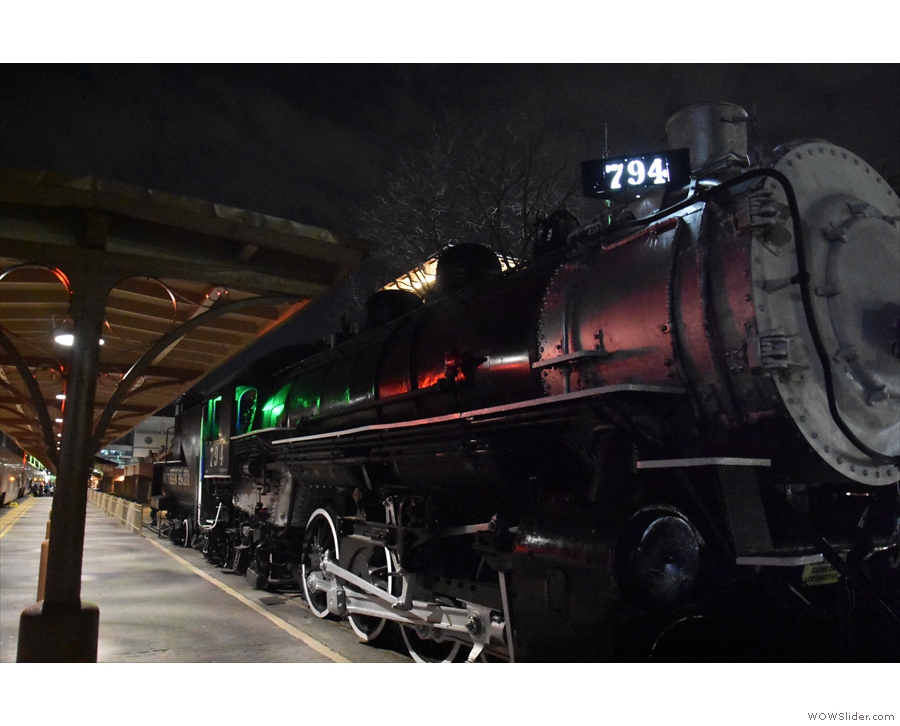
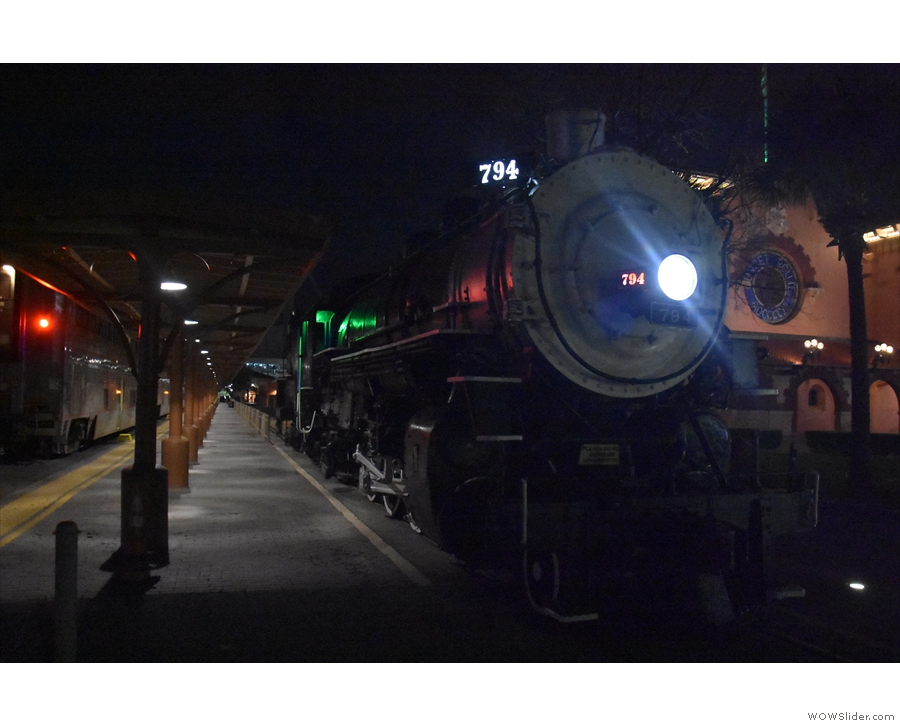
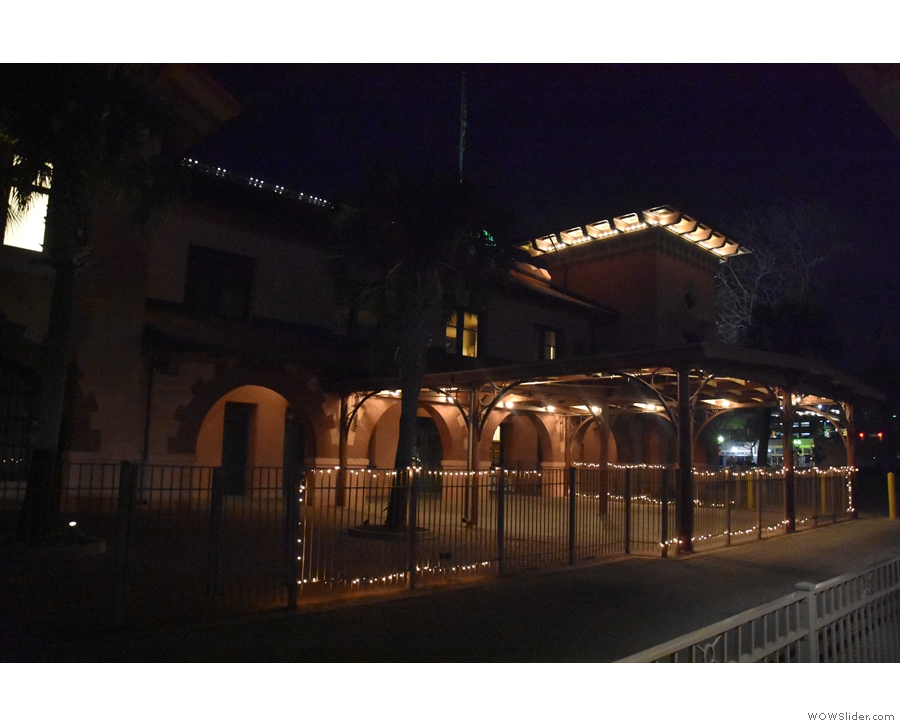

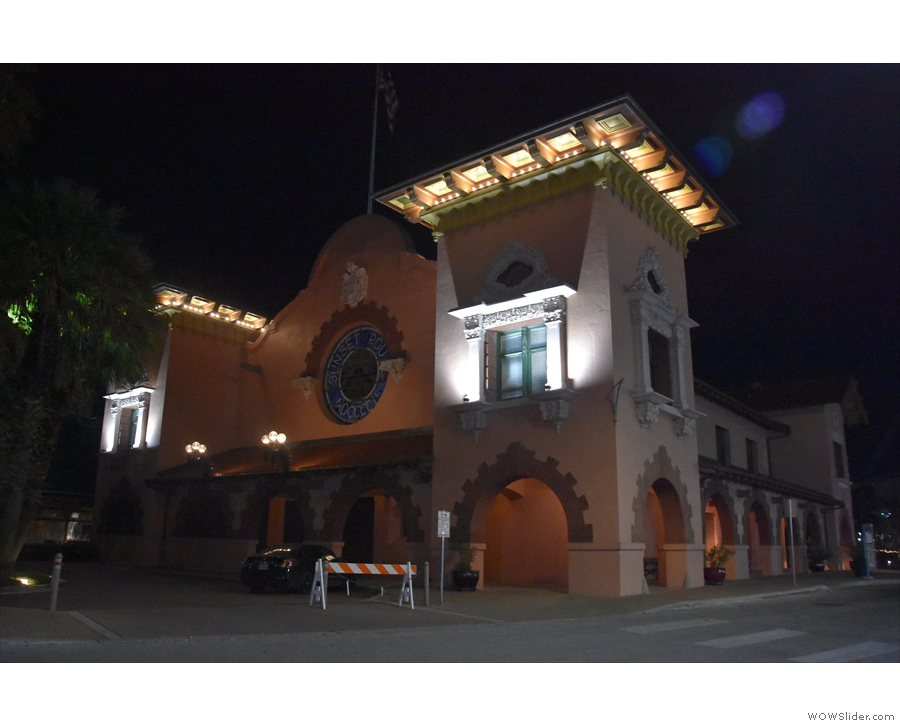
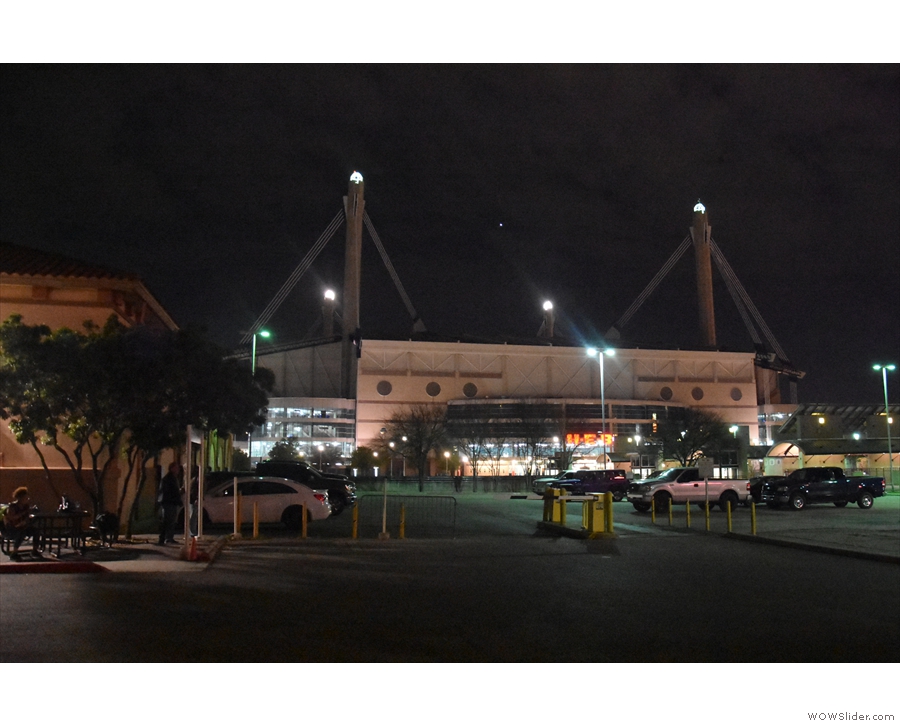
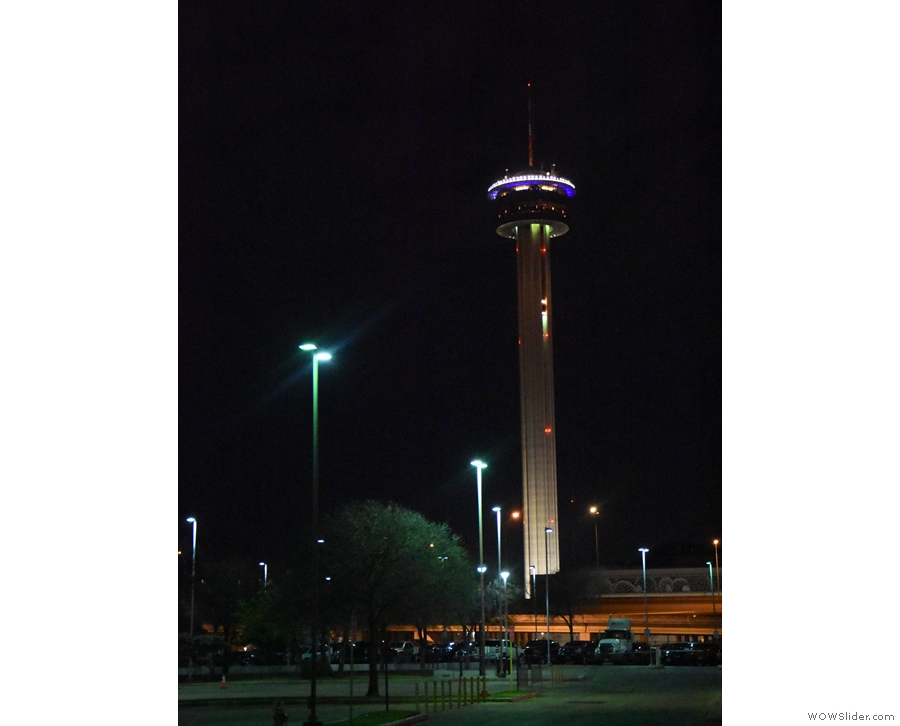
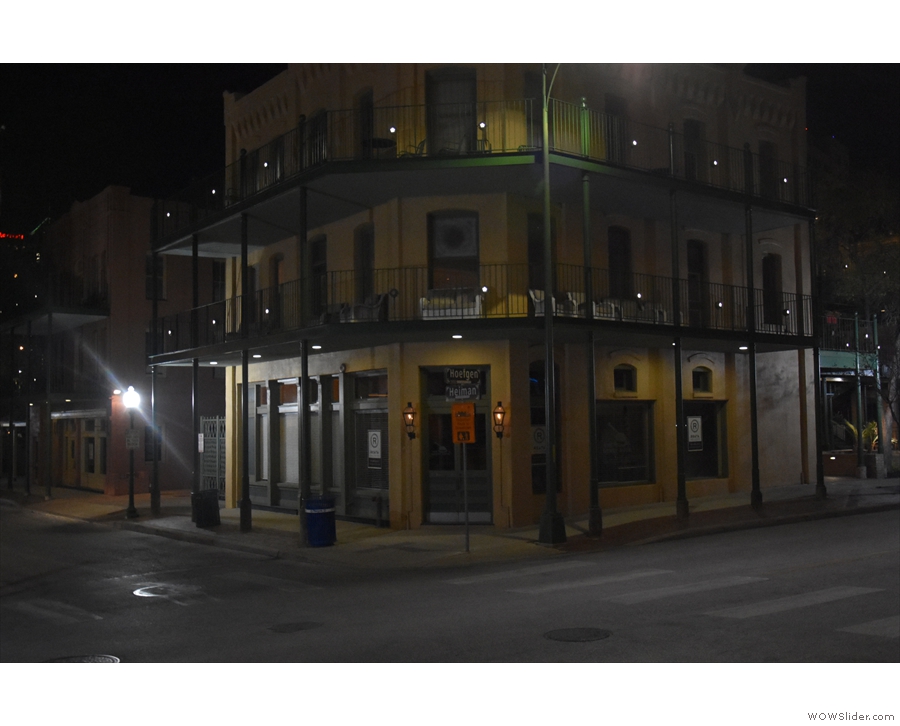
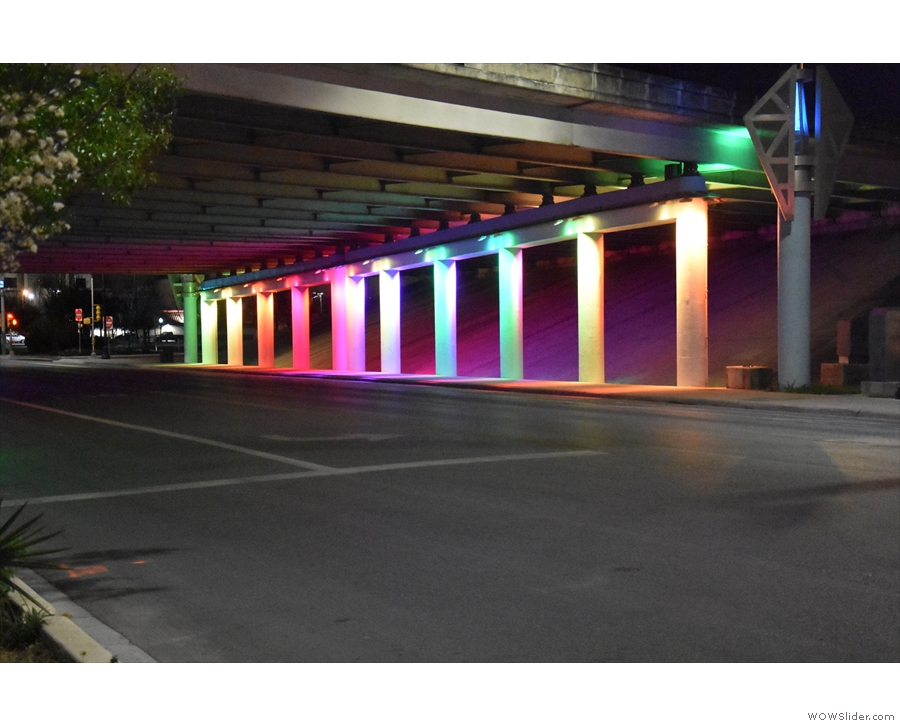
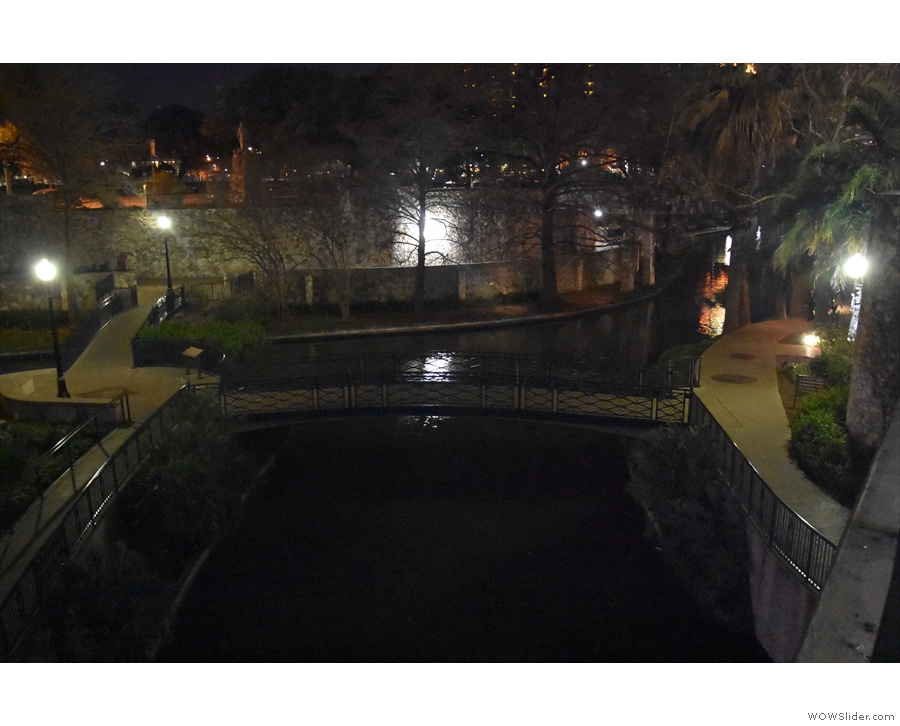
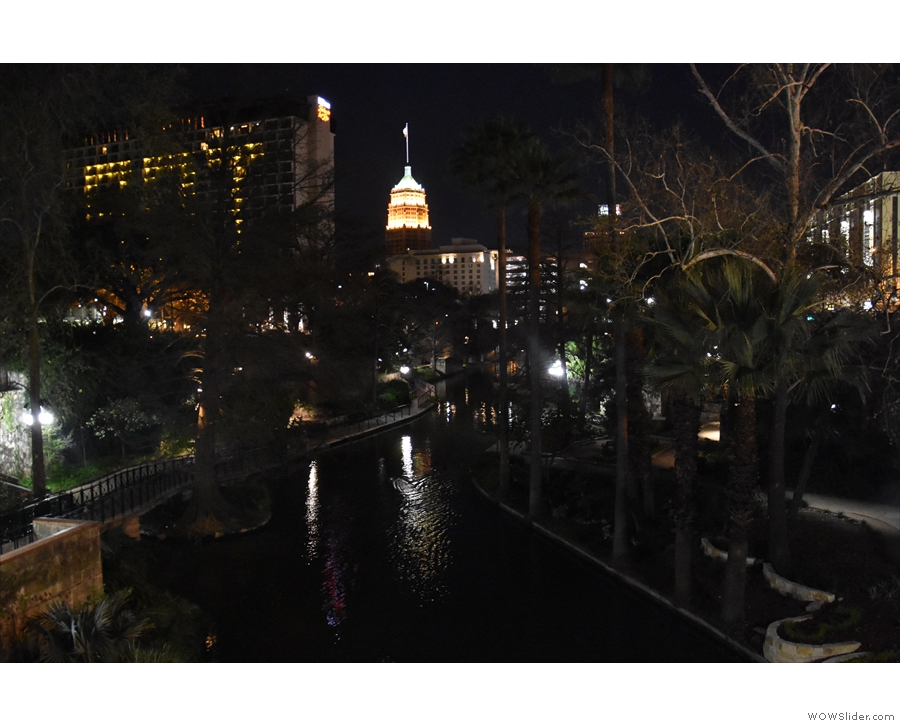
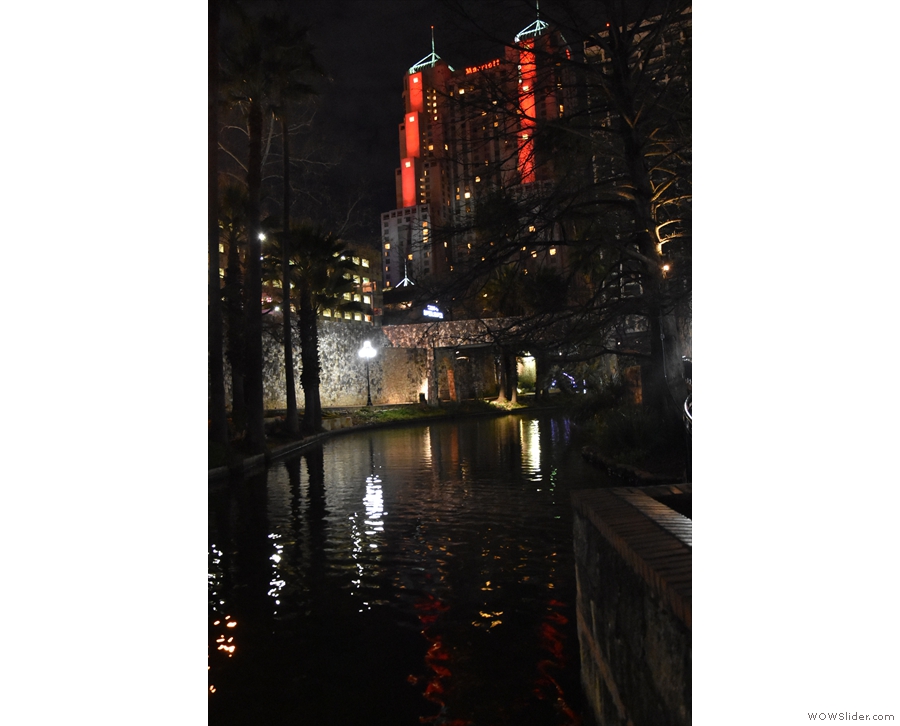
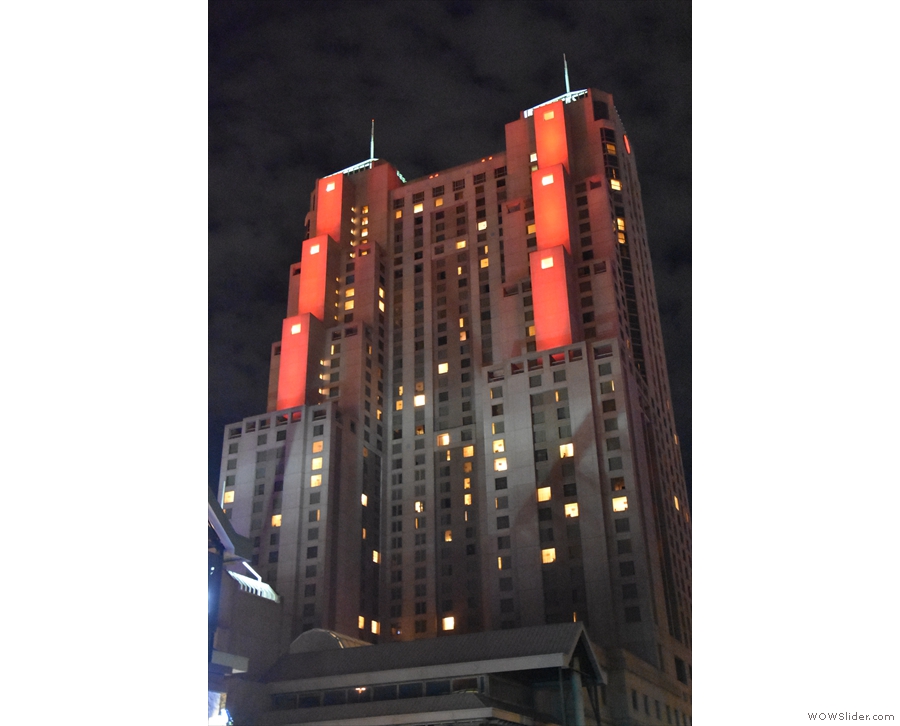
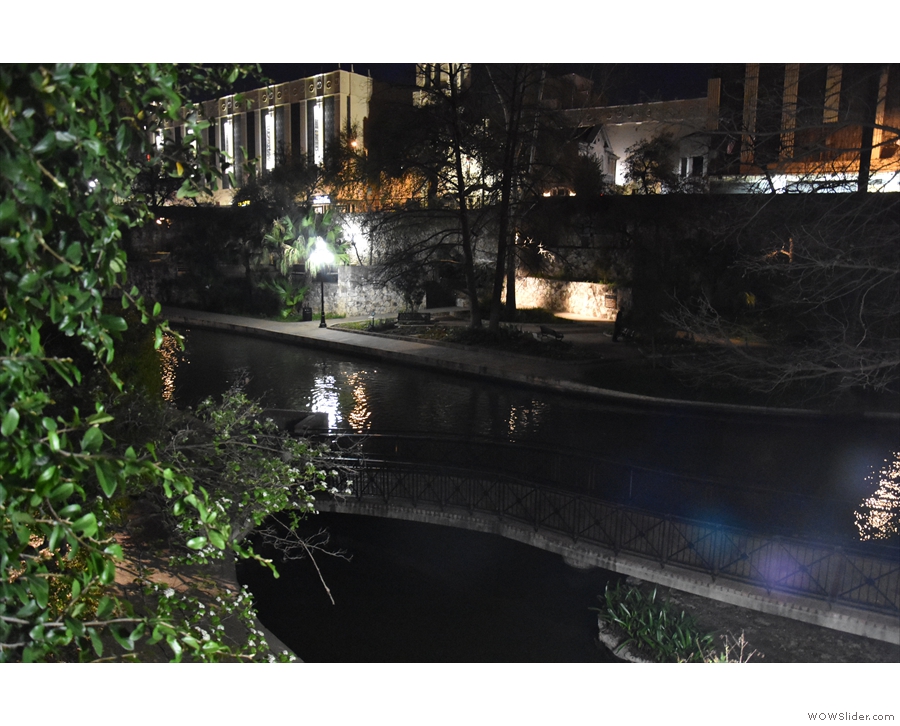
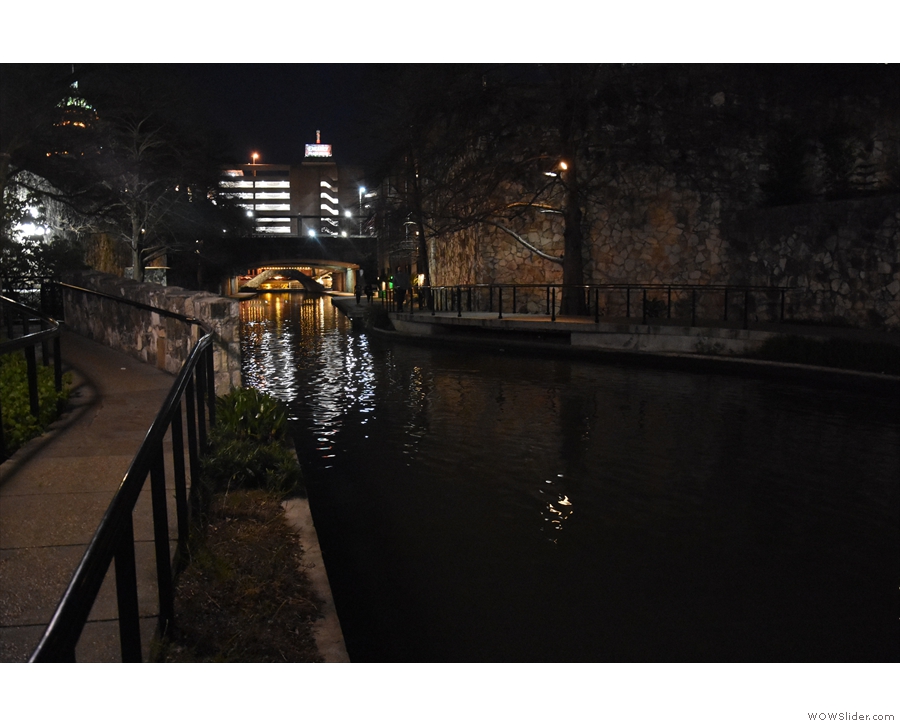
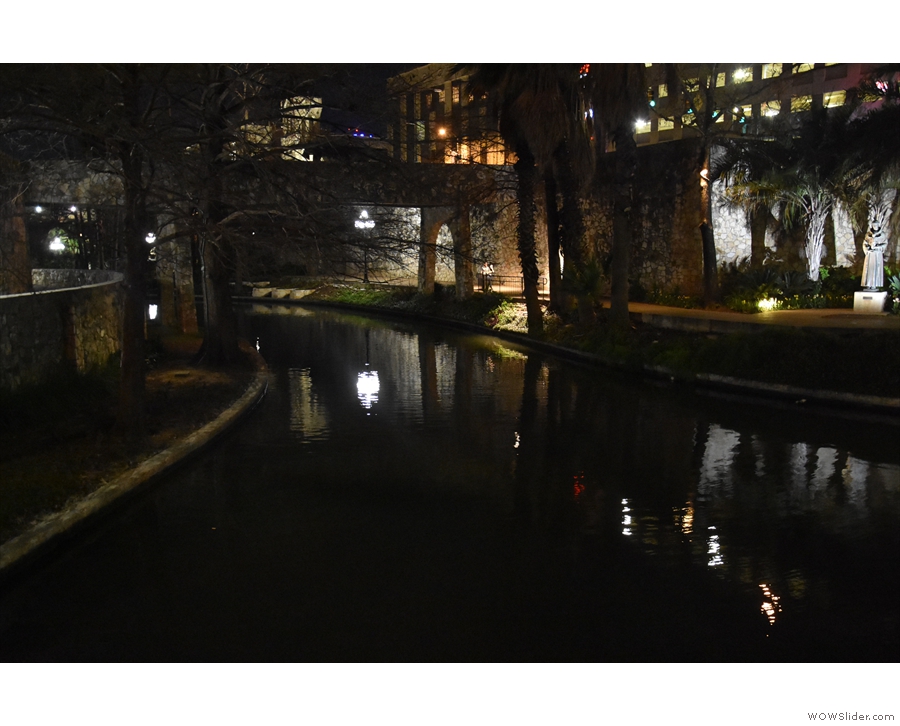
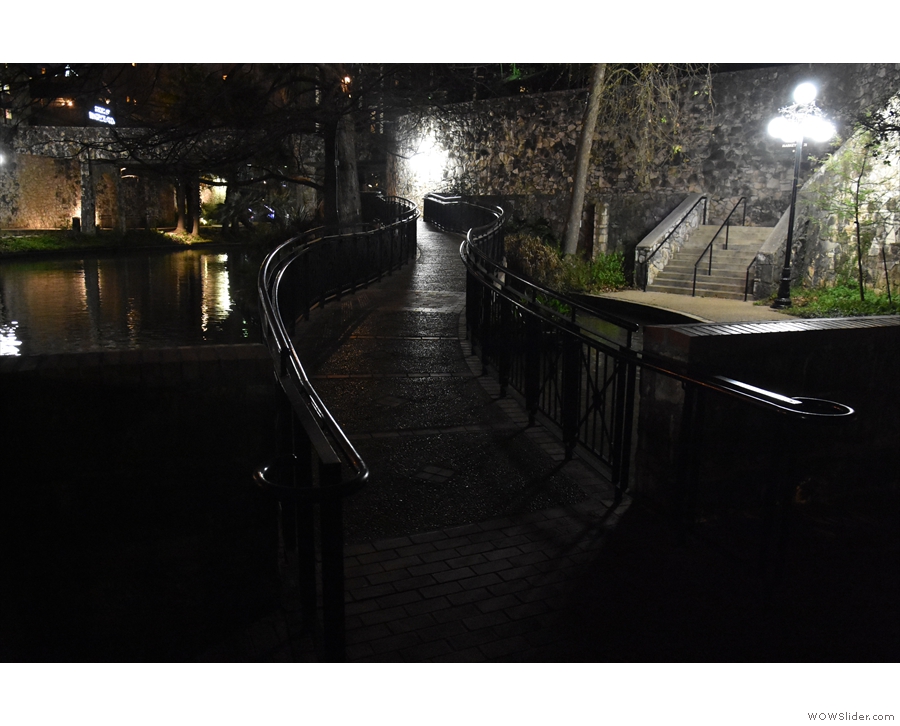
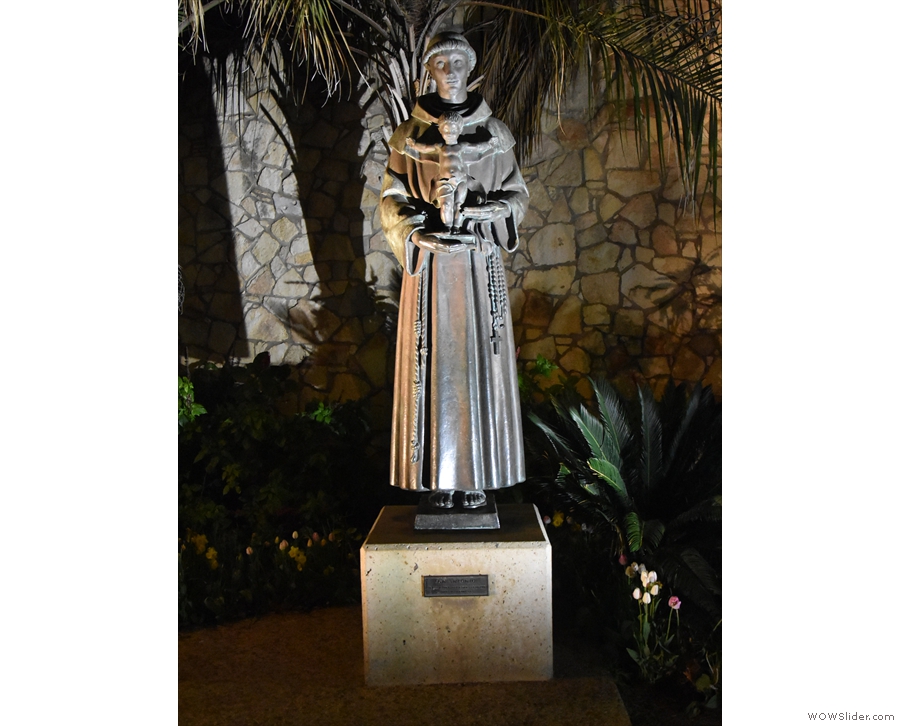
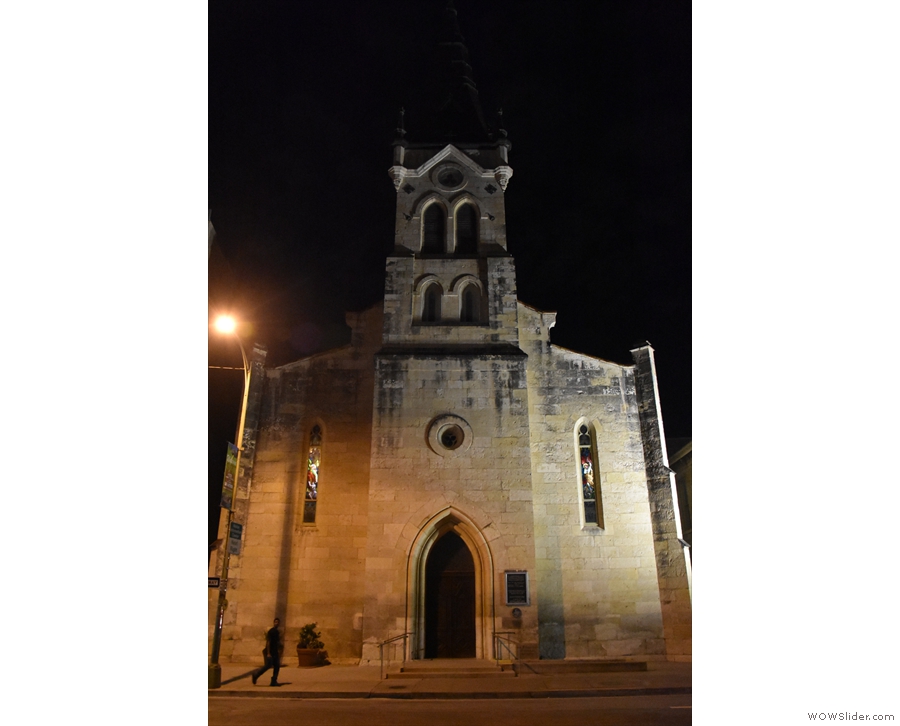
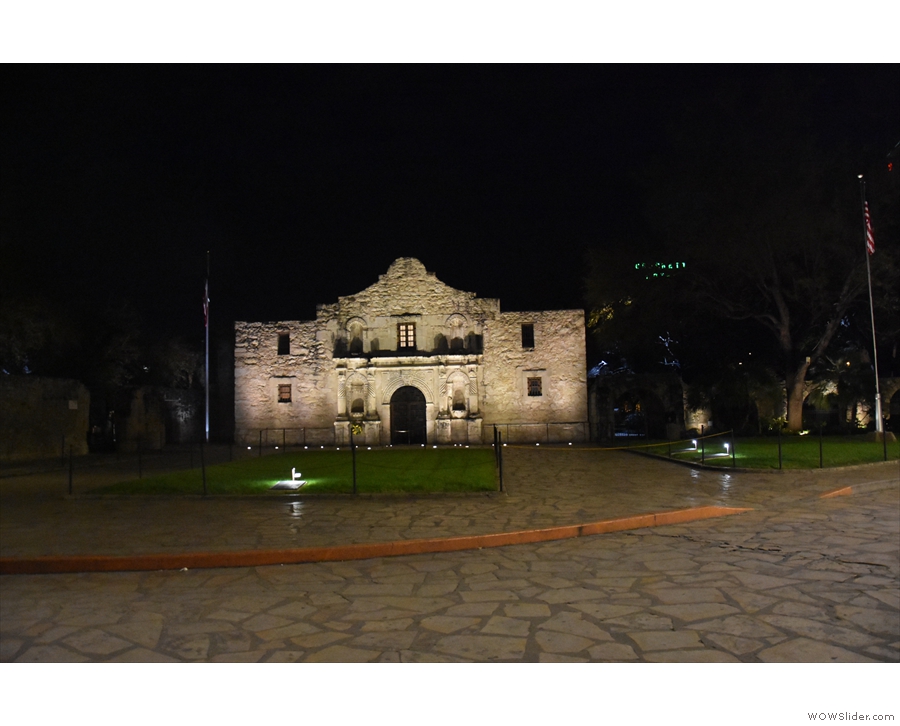
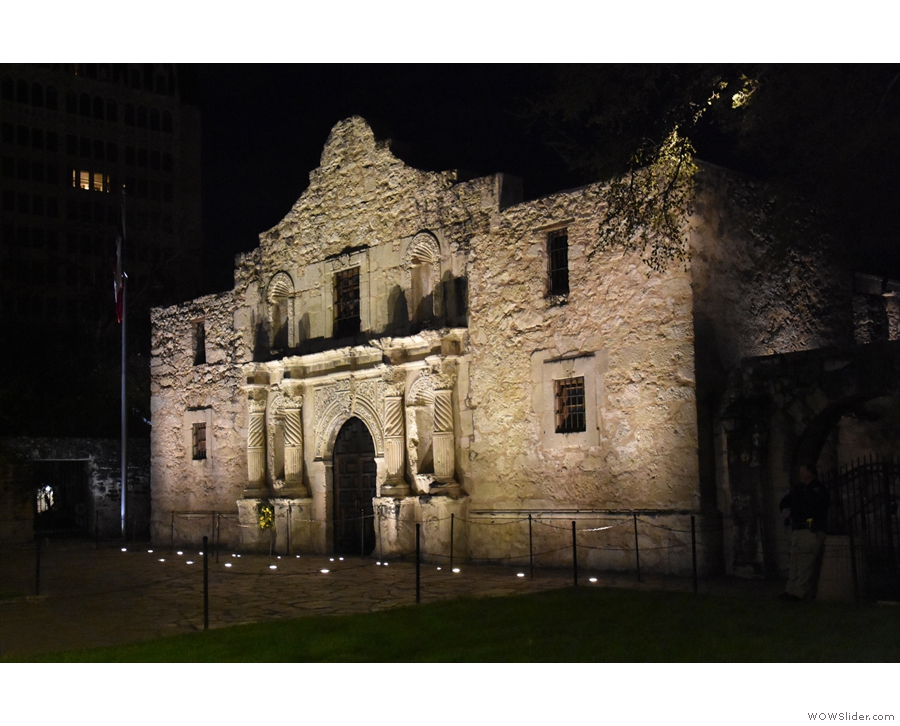
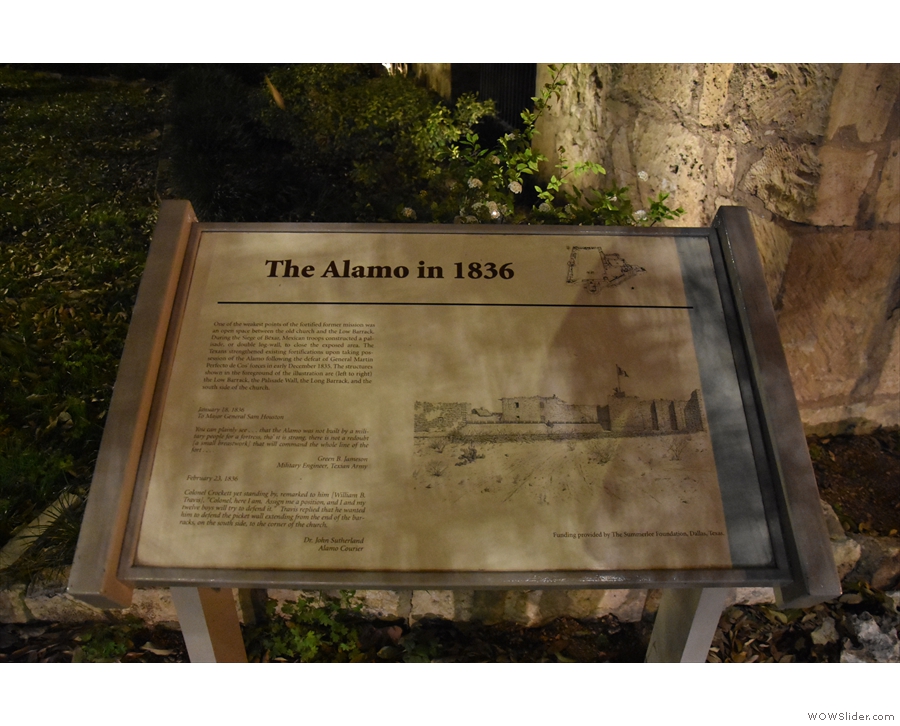
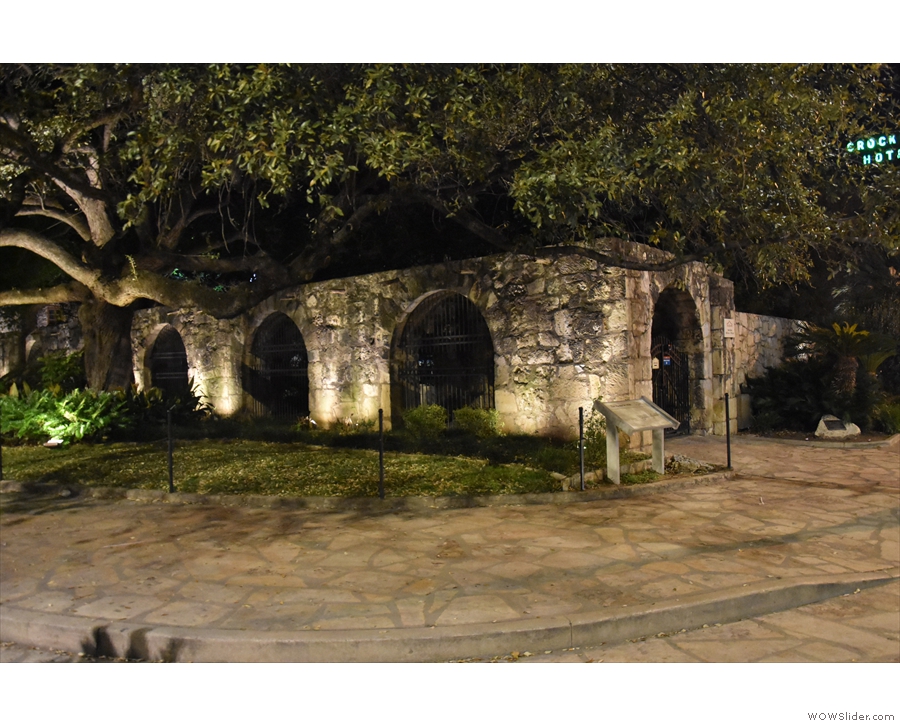
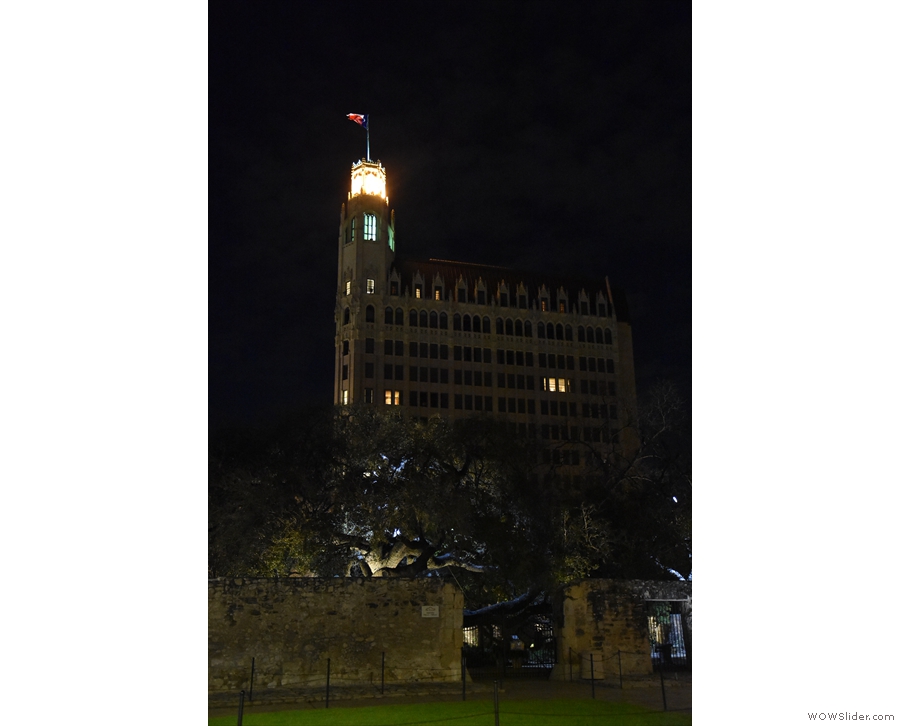
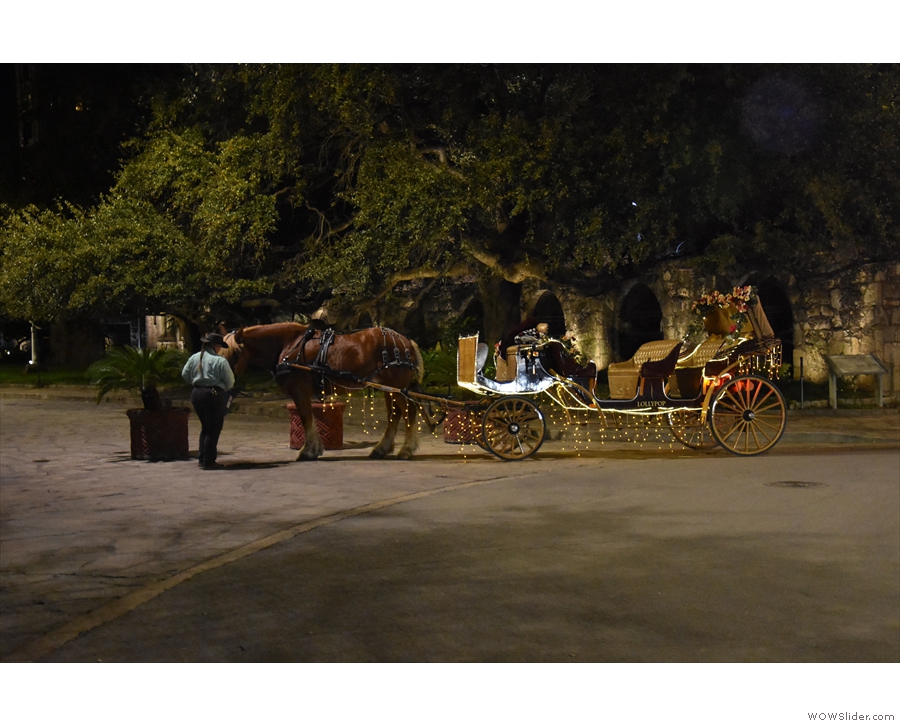
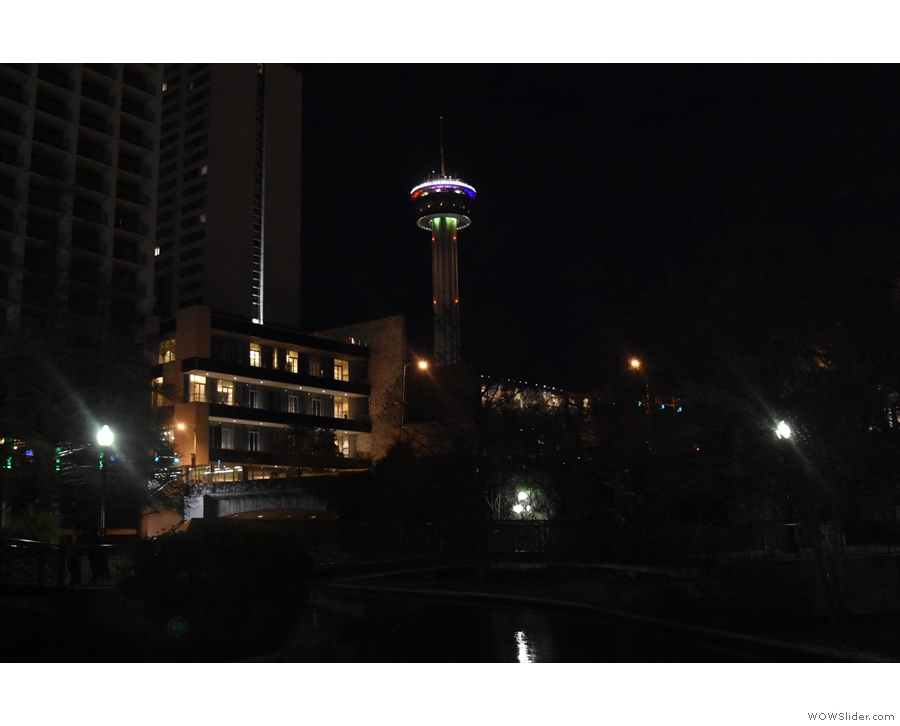
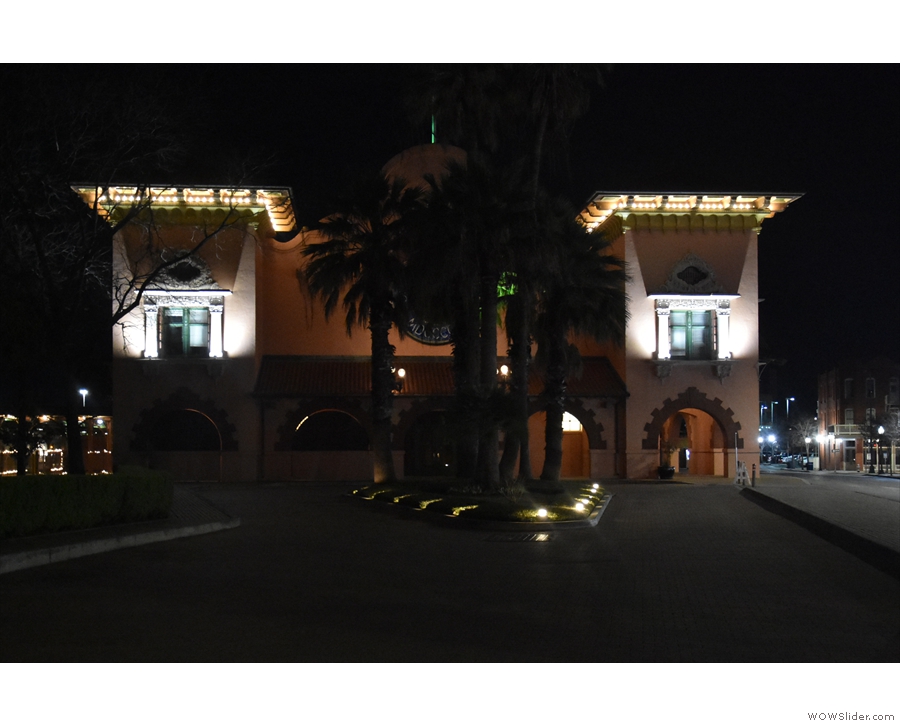
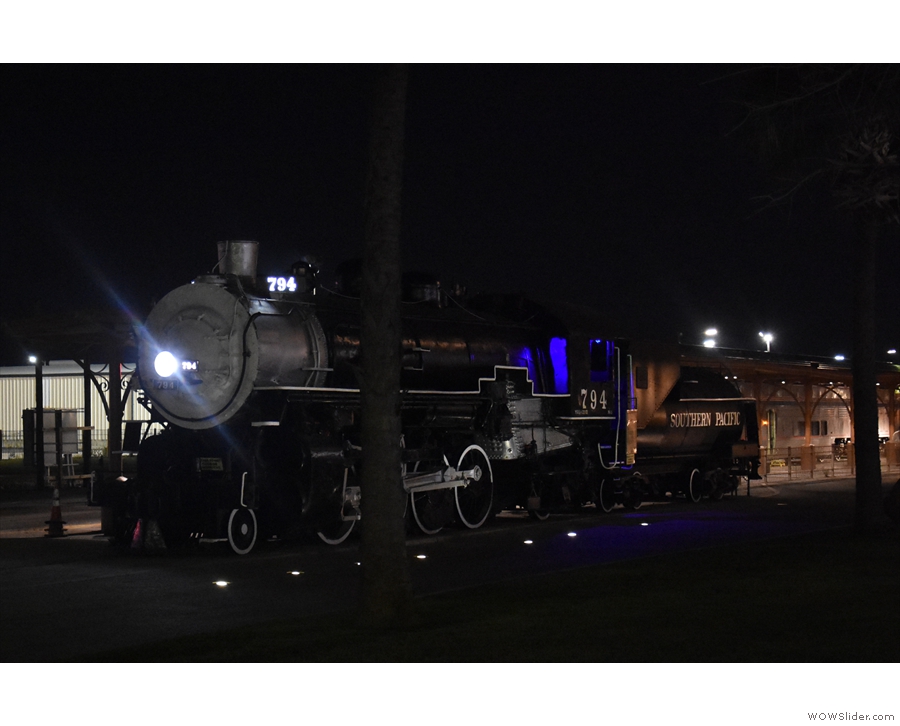


 1
1 2
2 3
3 4
4 5
5 6
6 7
7 8
8 9
9 10
10 11
11 12
12 13
13 14
14 15
15 16
16 17
17 18
18 19
19 20
20 21
21 22
22 23
23 24
24 25
25 26
26 27
27 28
28 29
29 30
30 31
31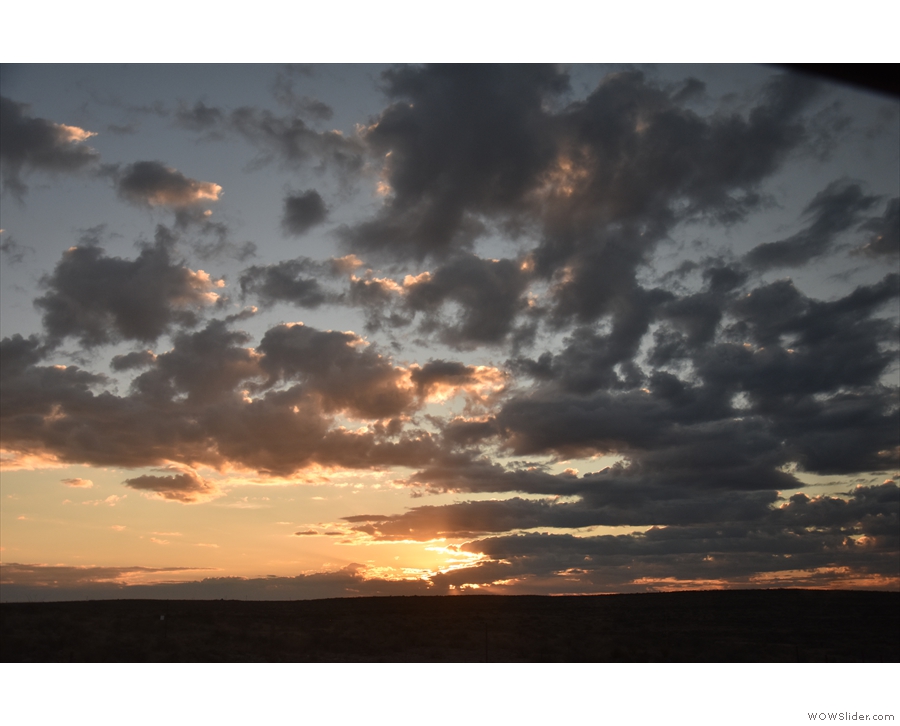
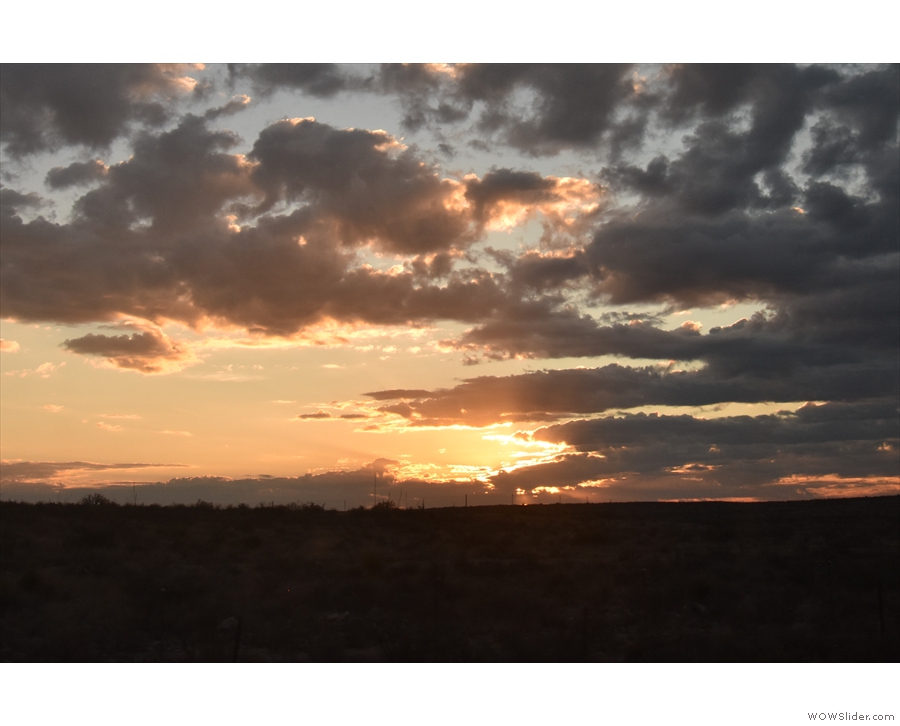
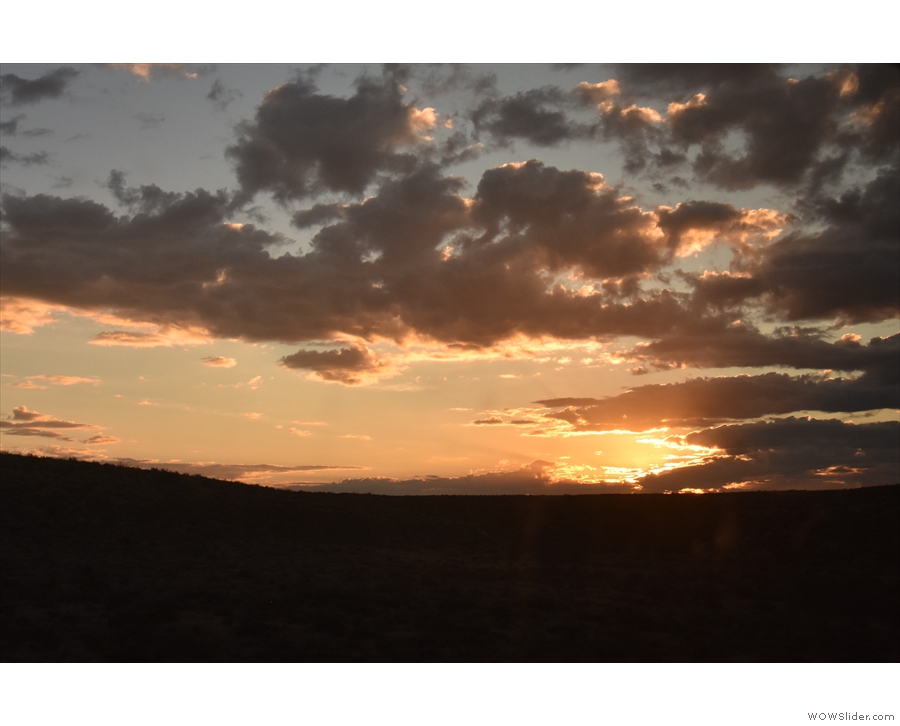
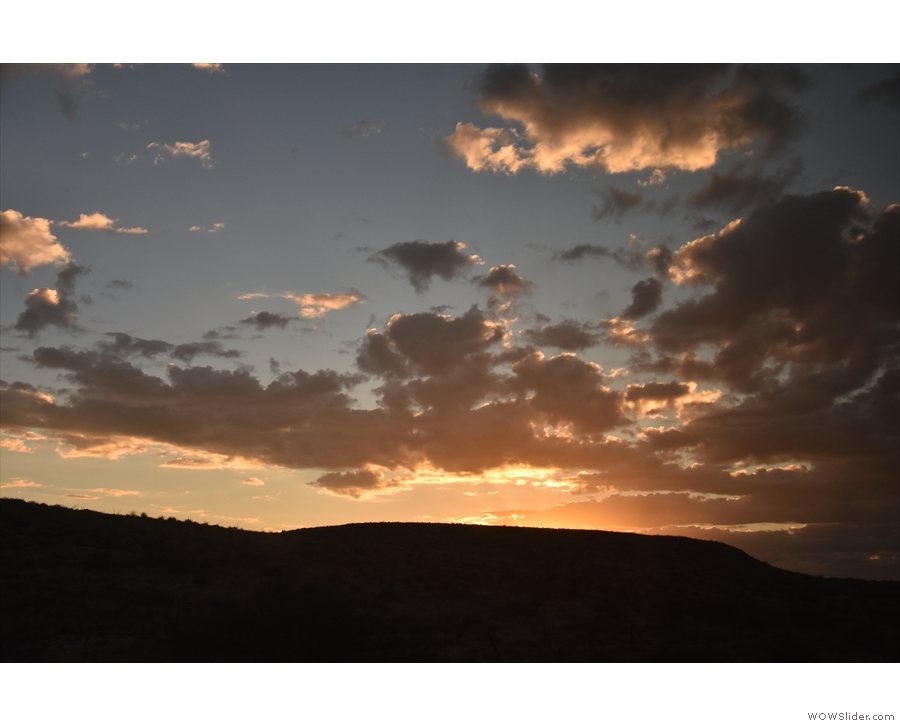
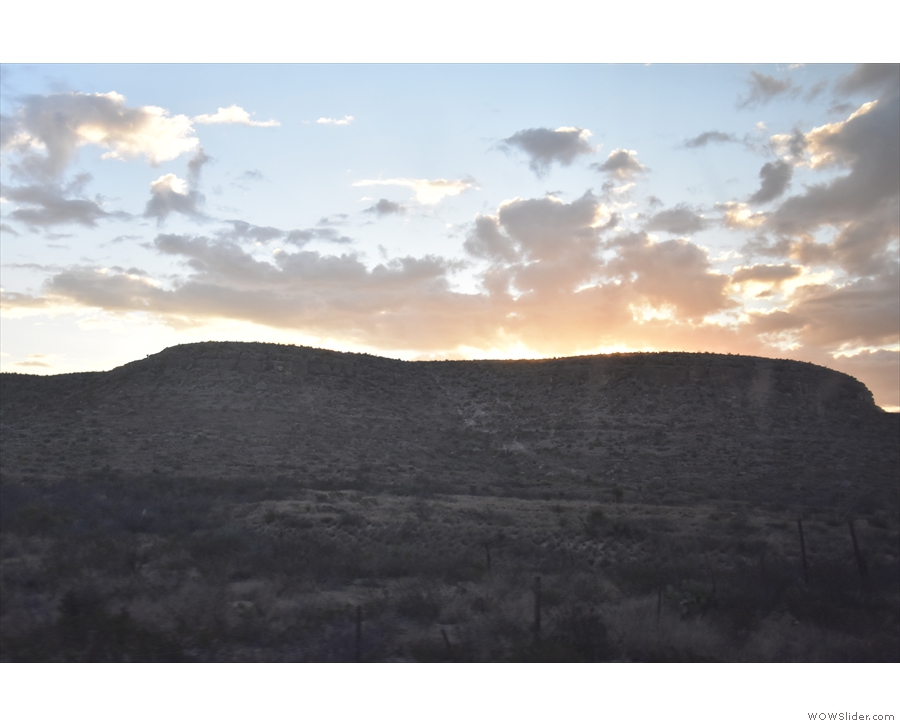
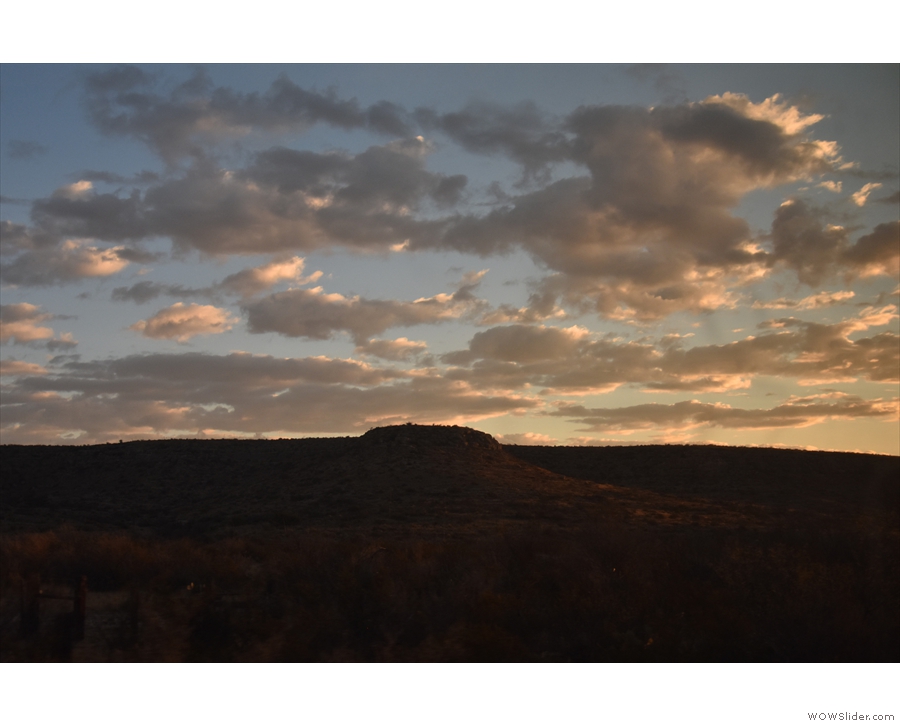
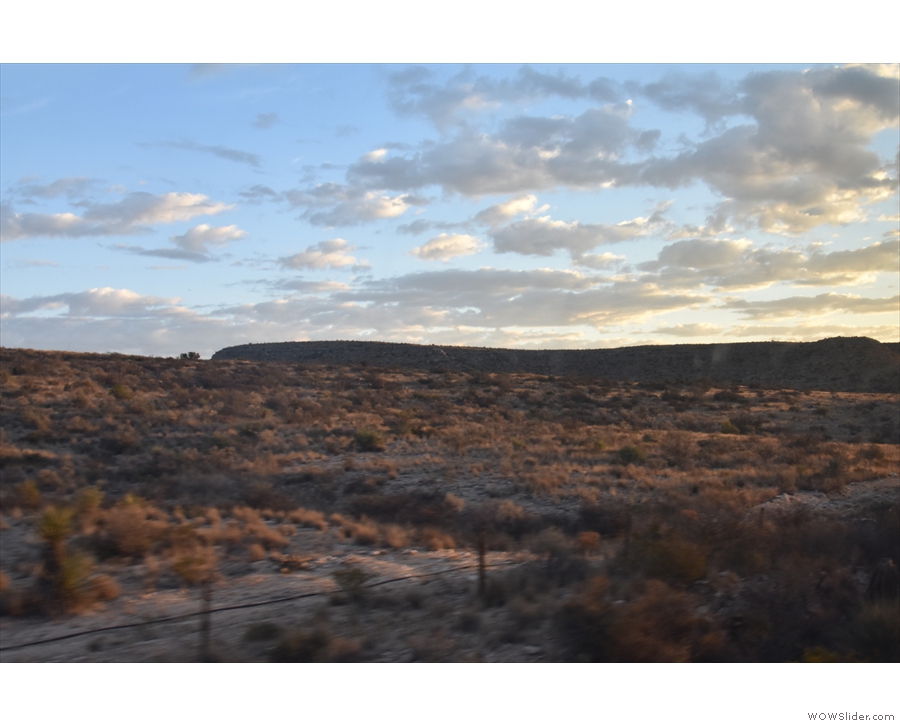
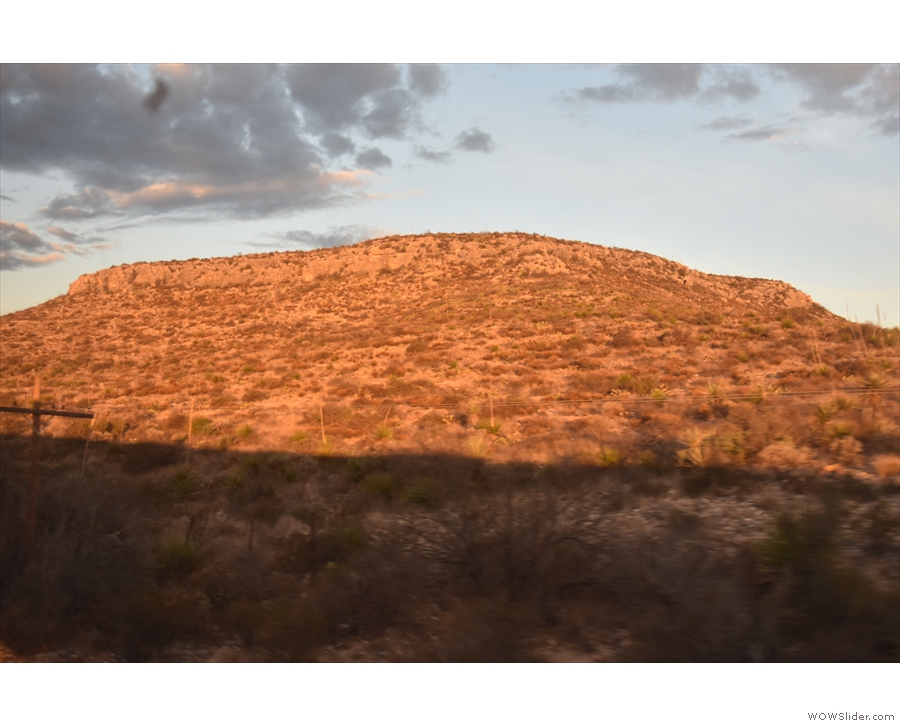
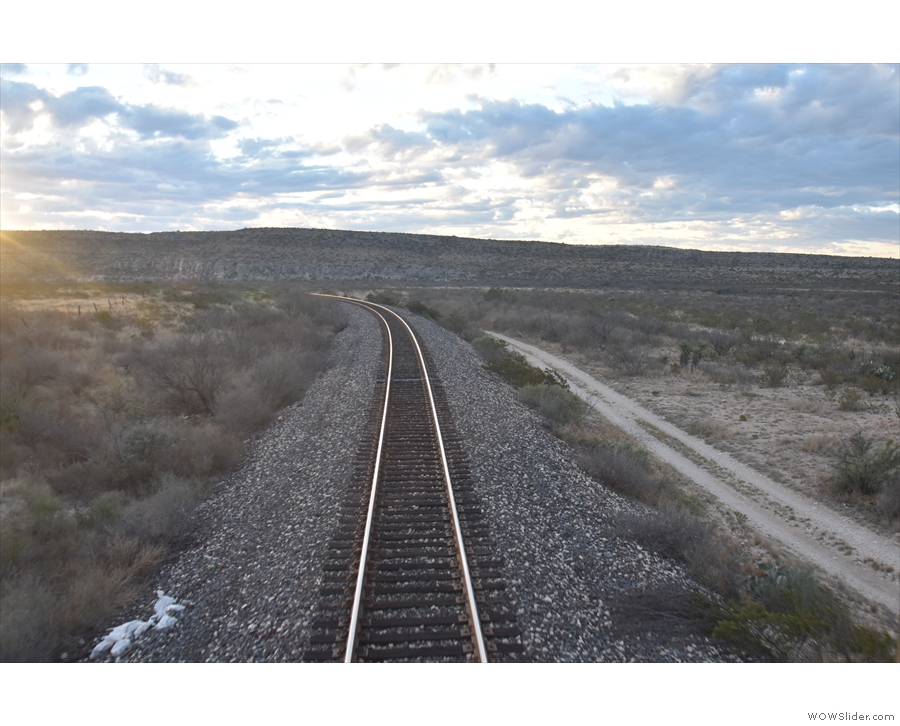
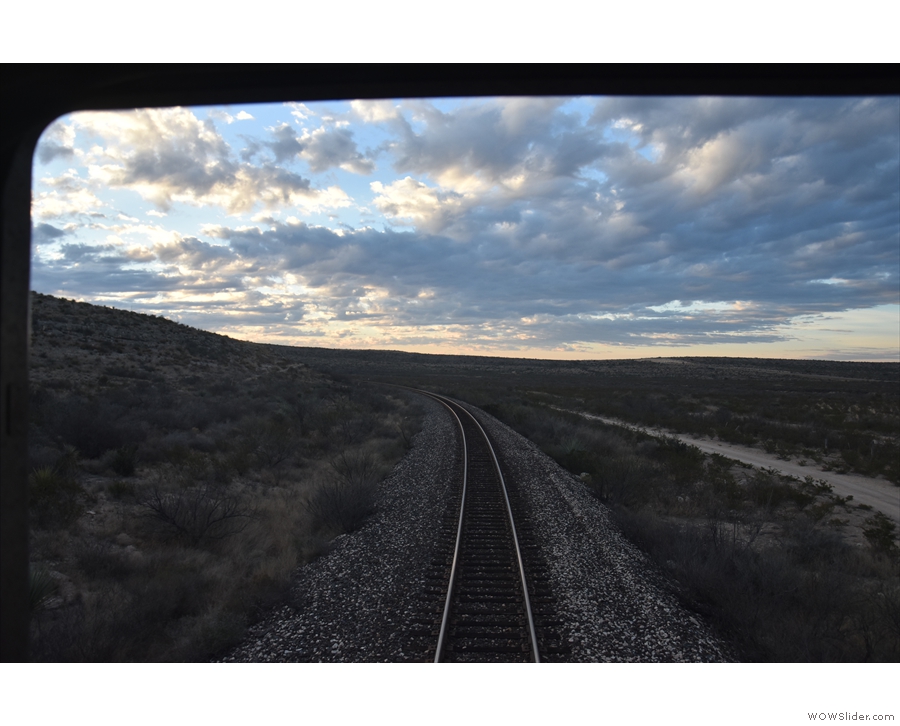
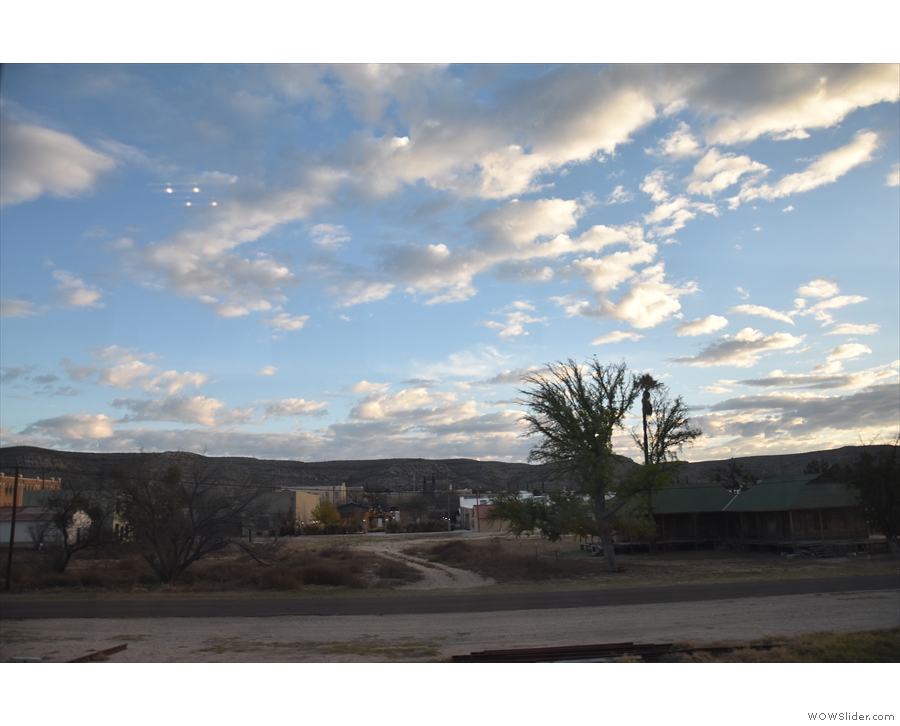
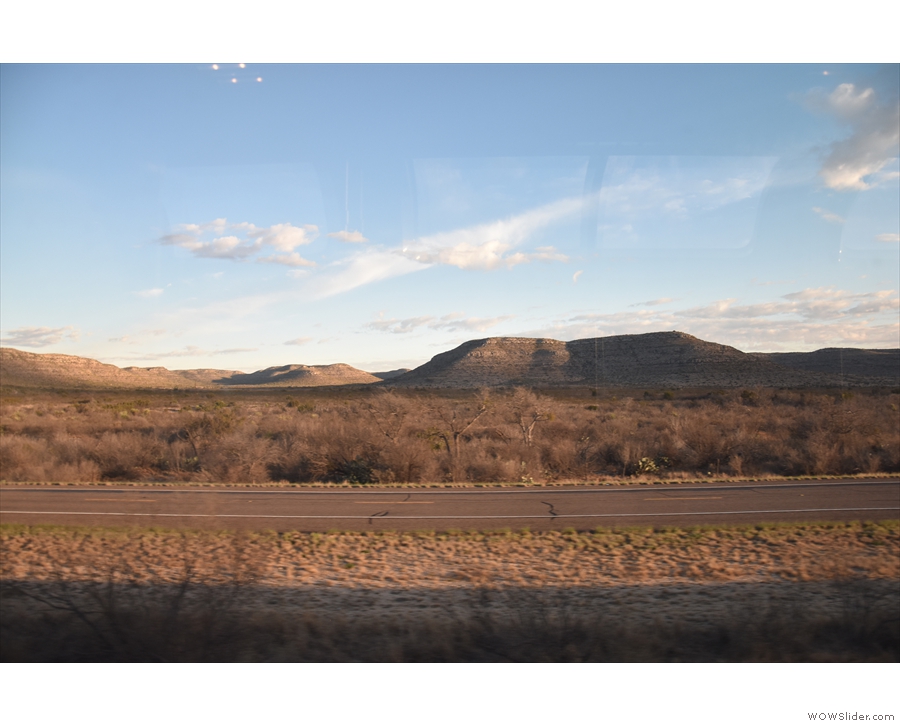
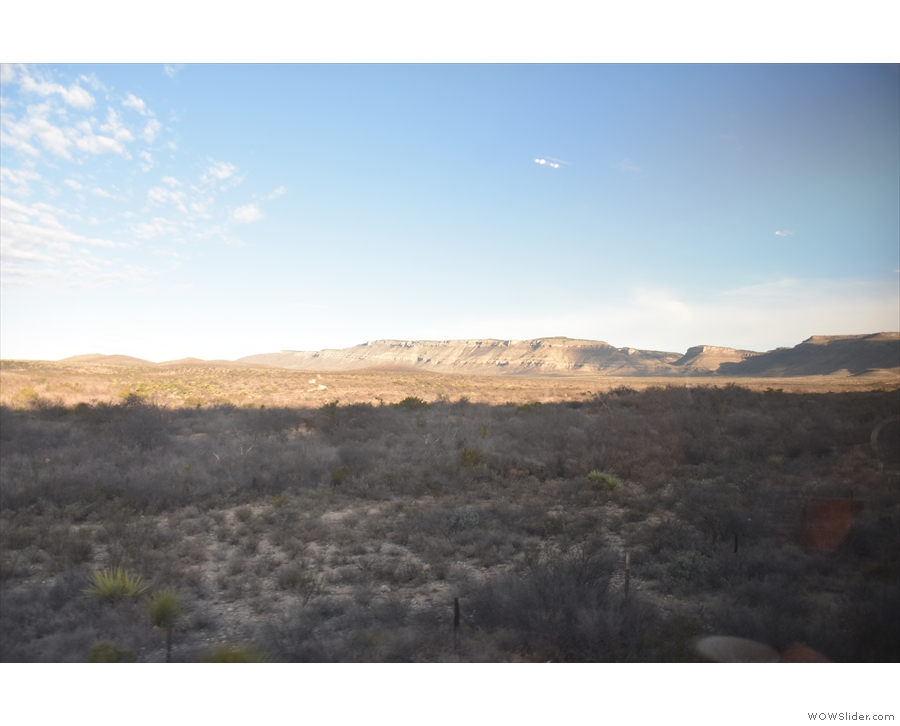
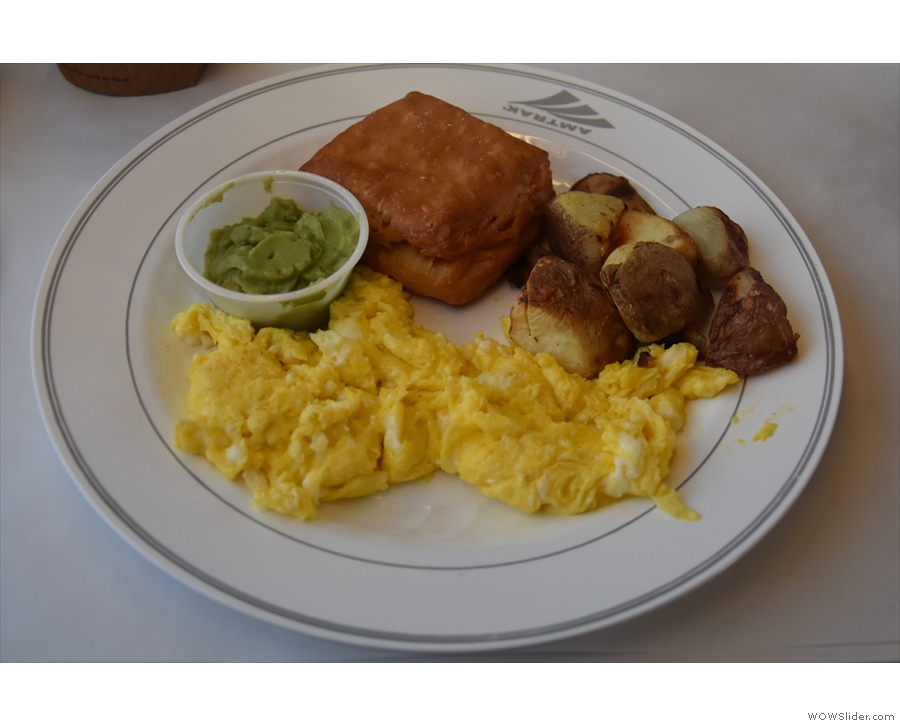
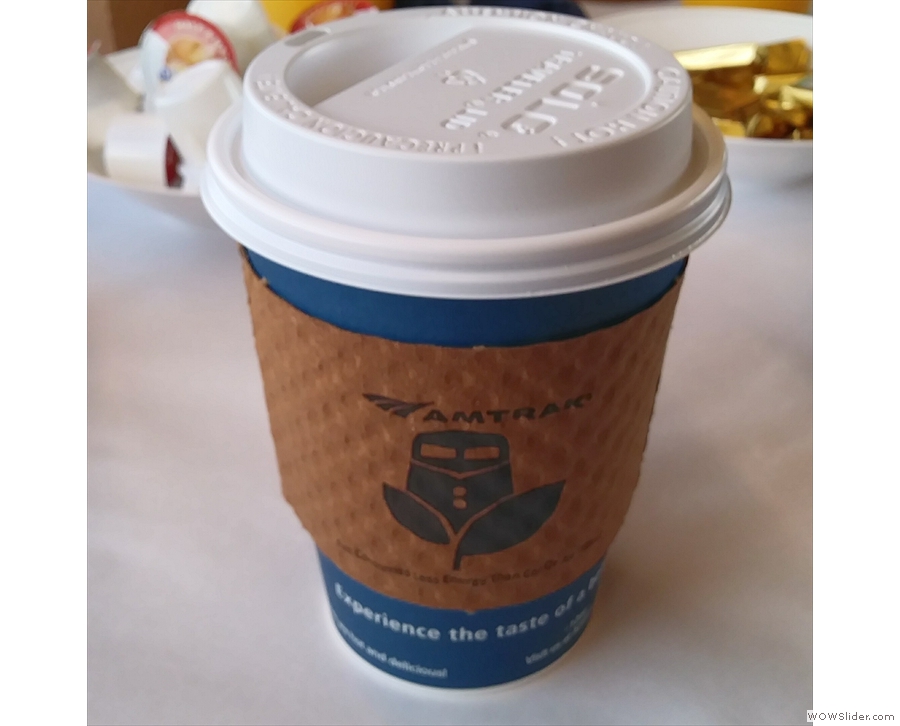
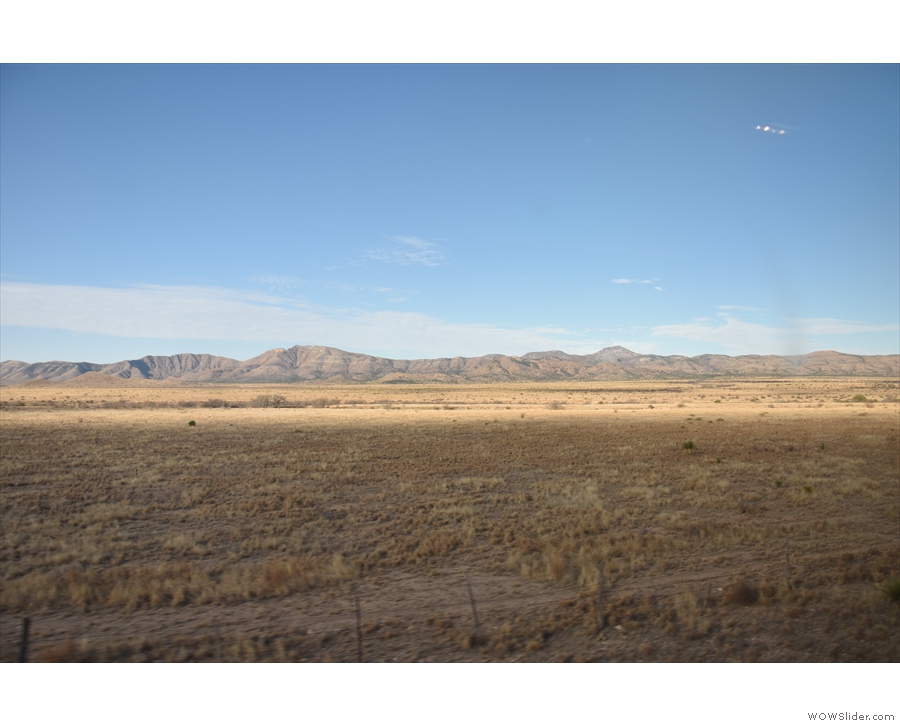
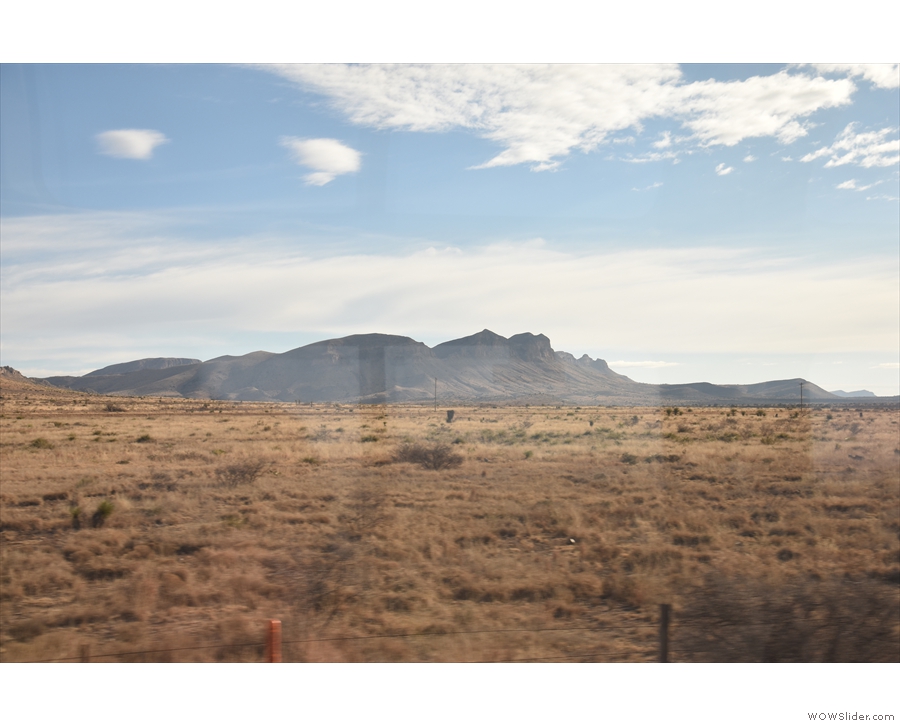
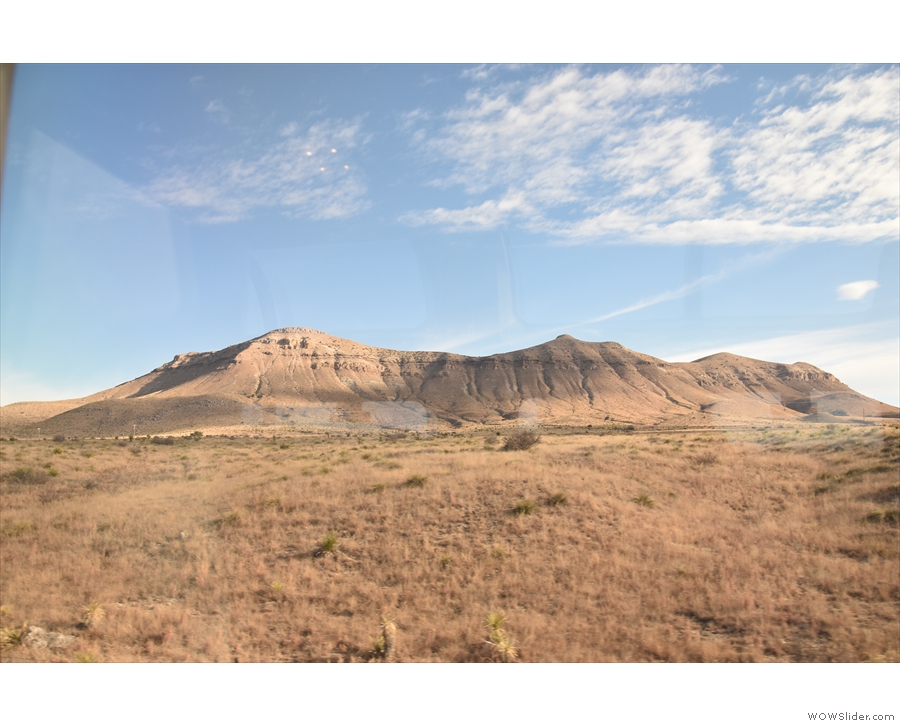
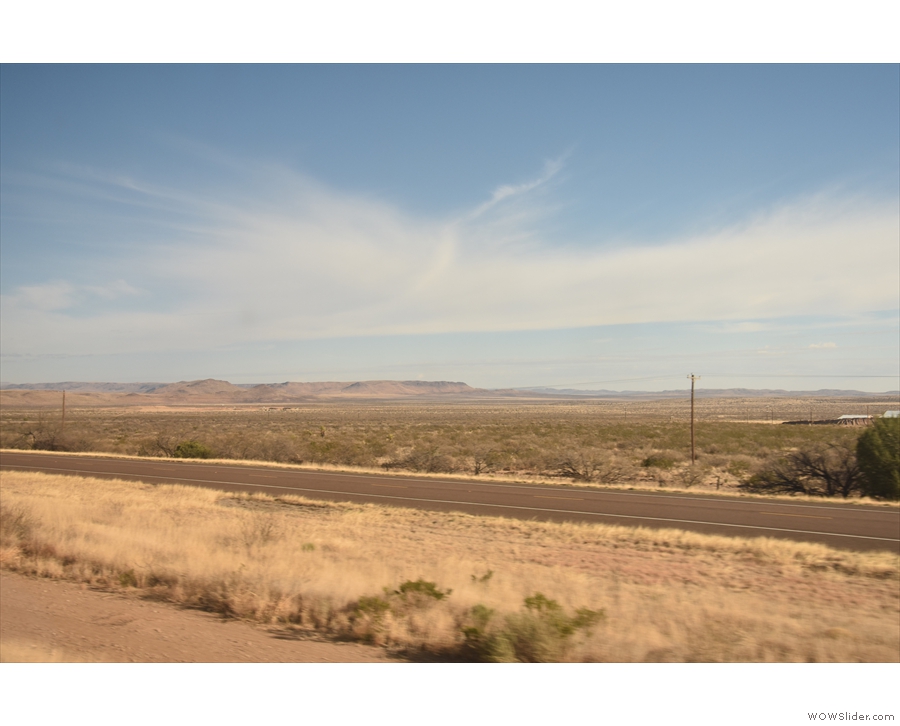
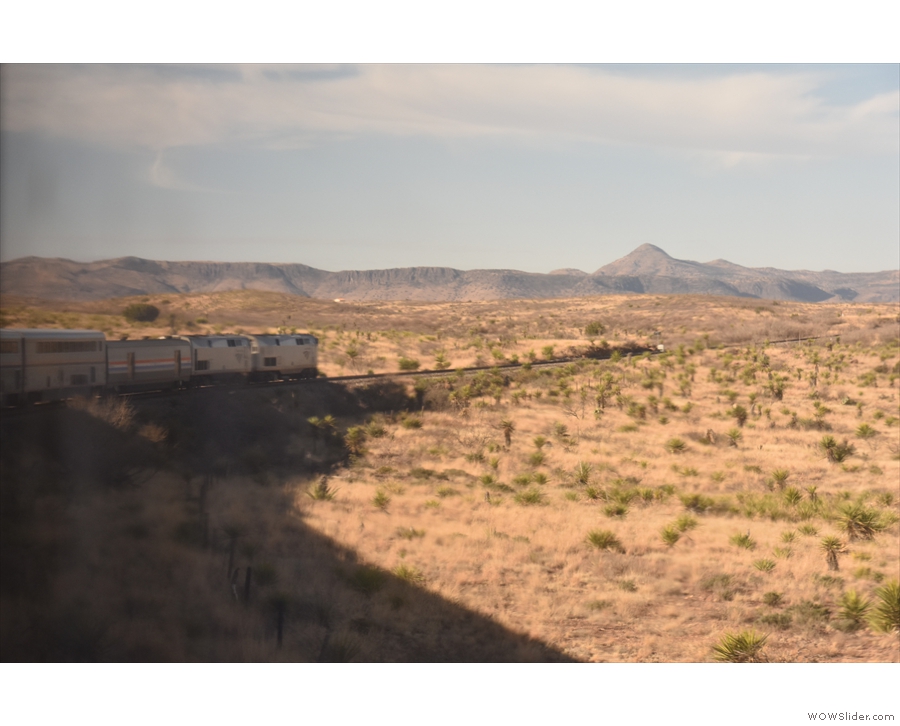
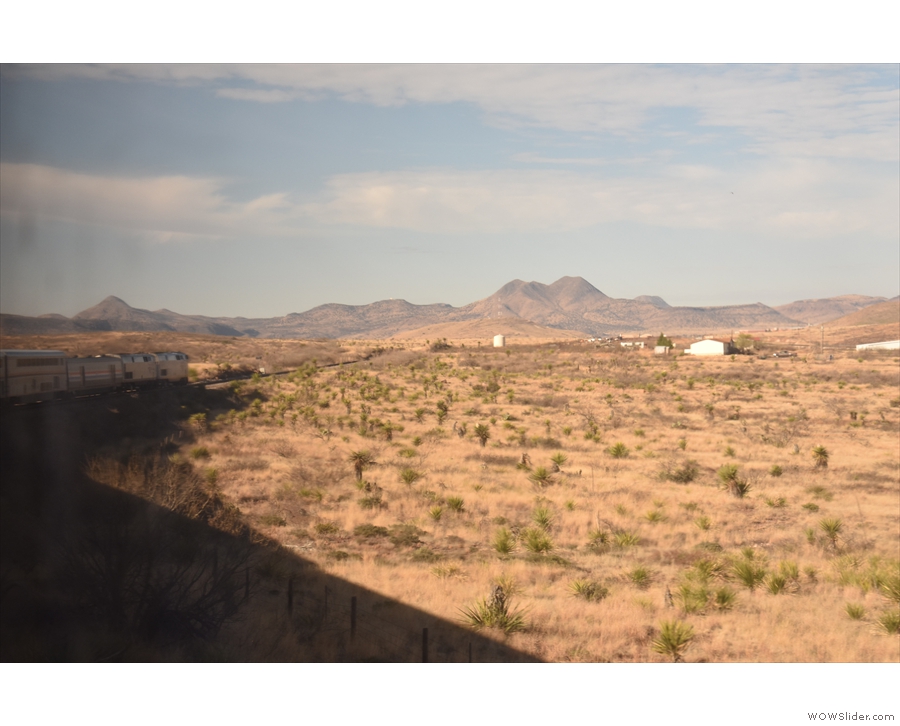
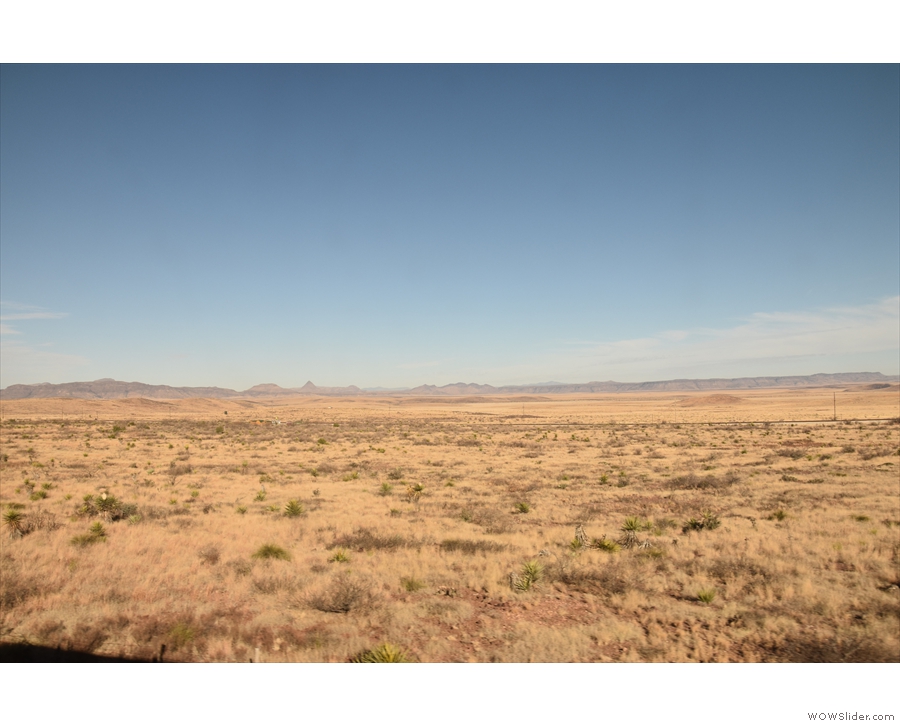
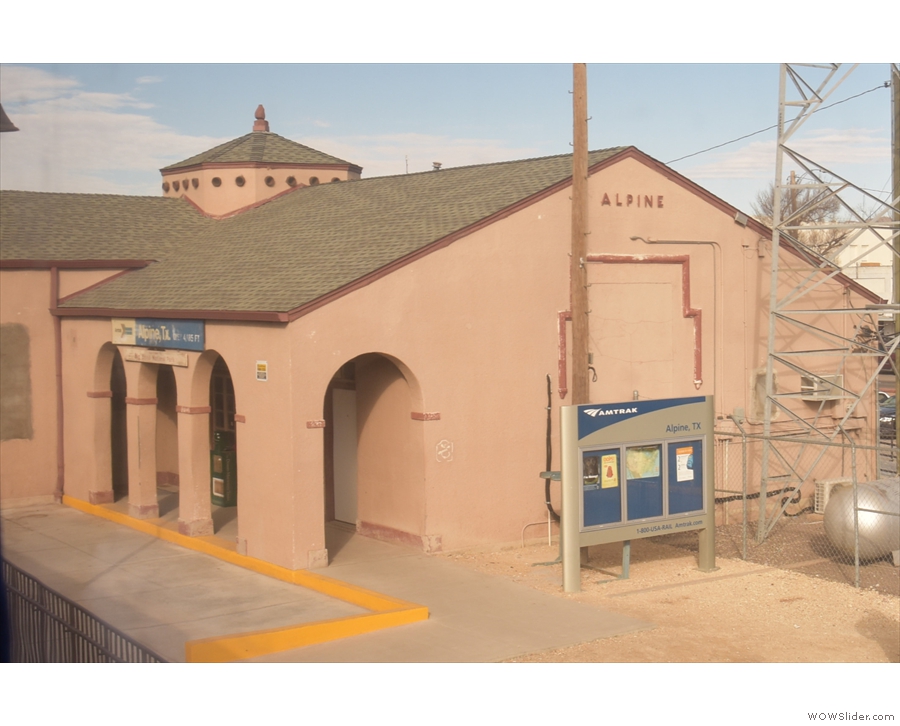
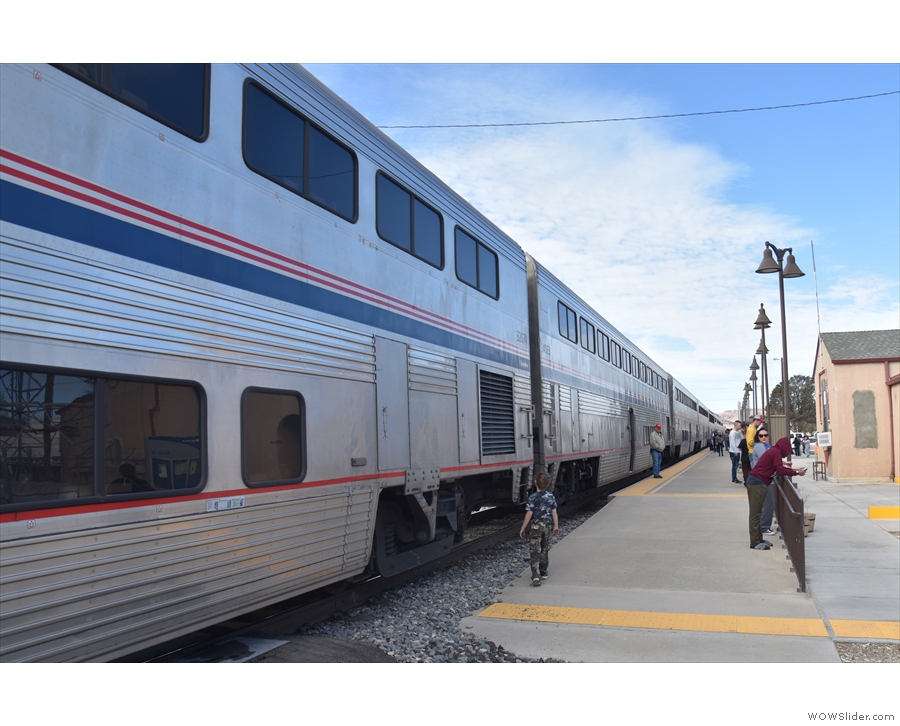
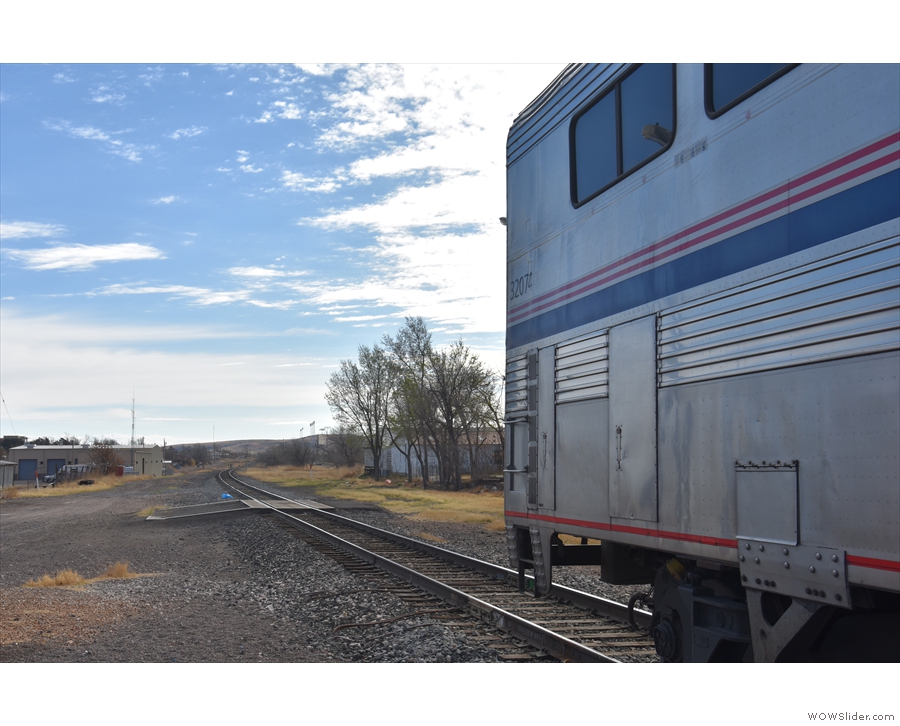
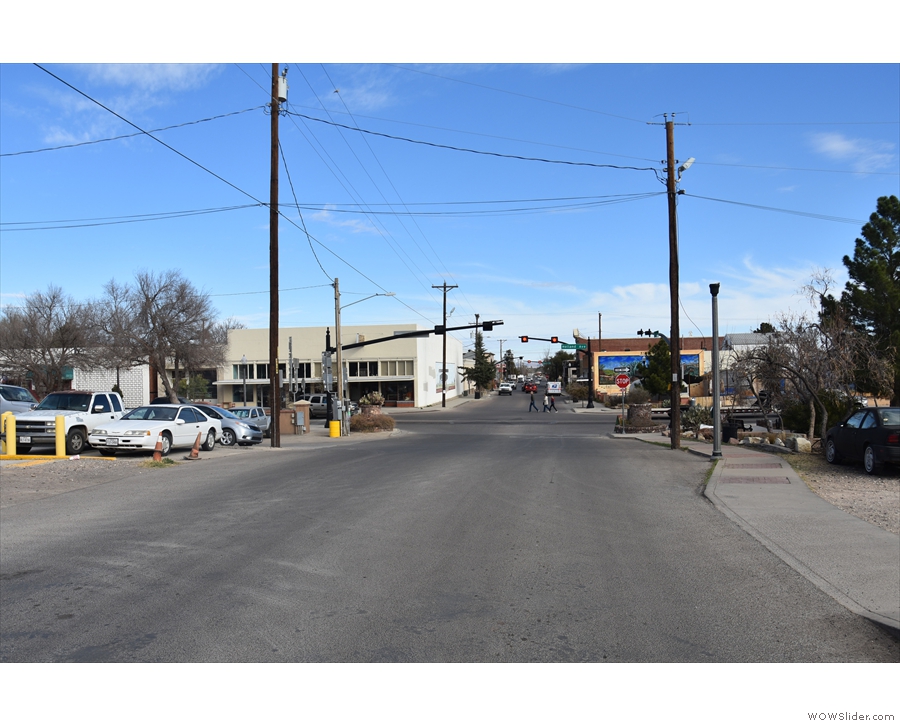
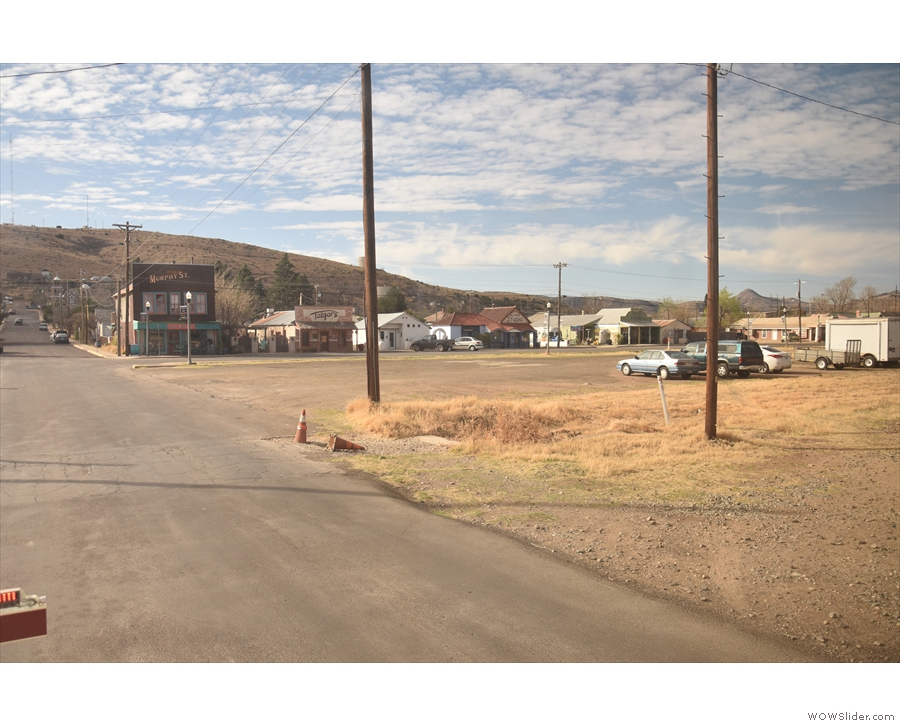
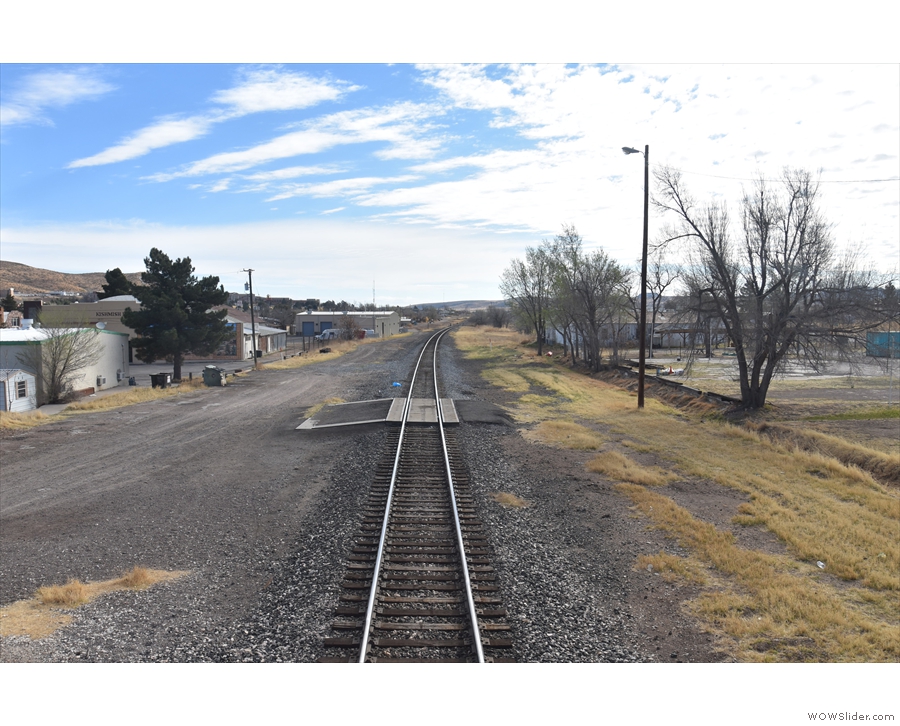
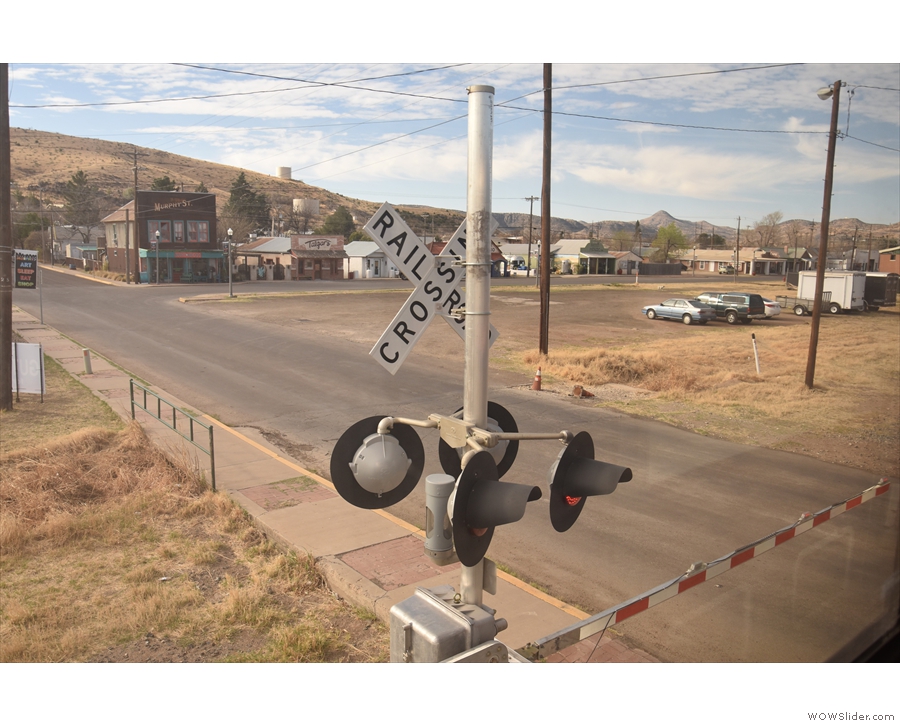
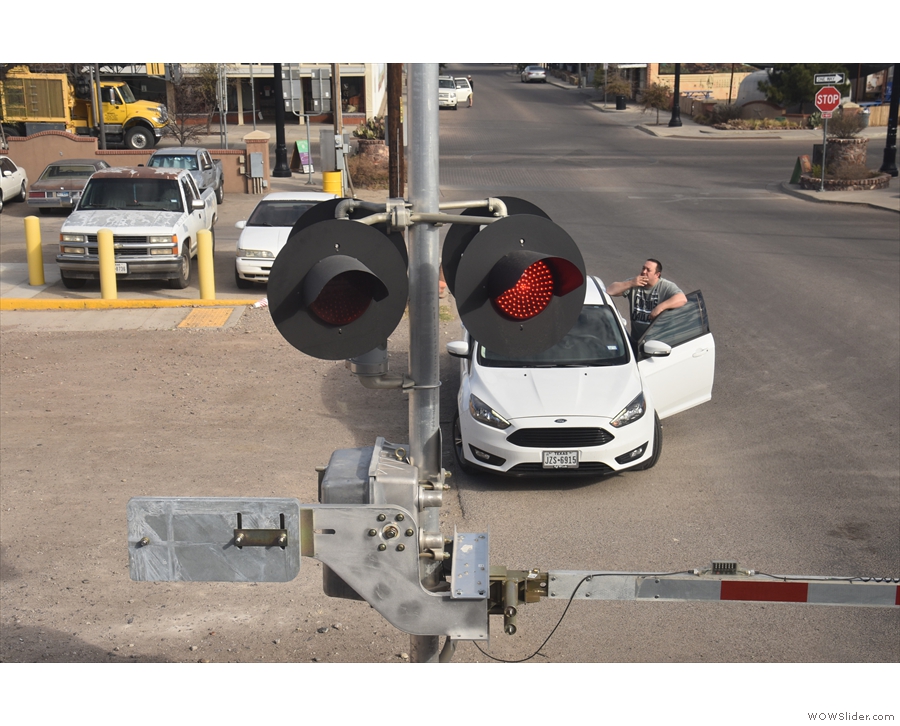
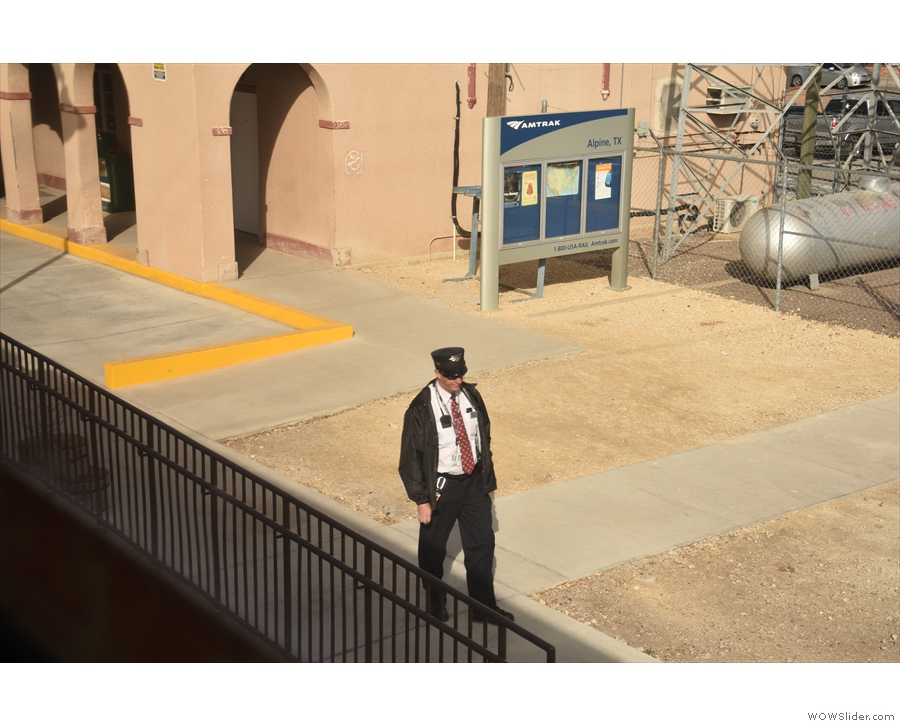
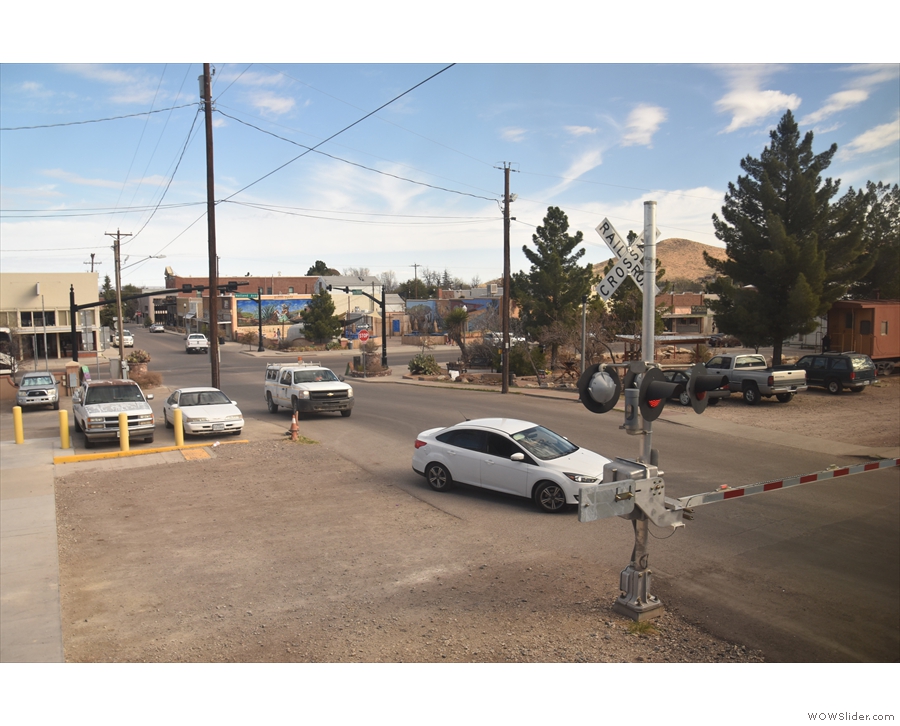
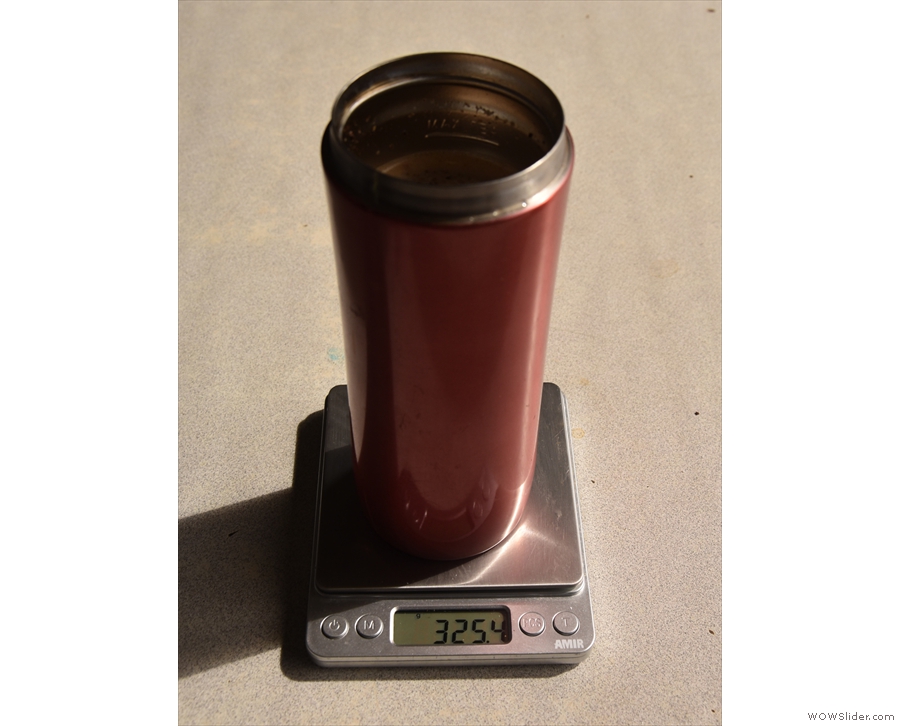
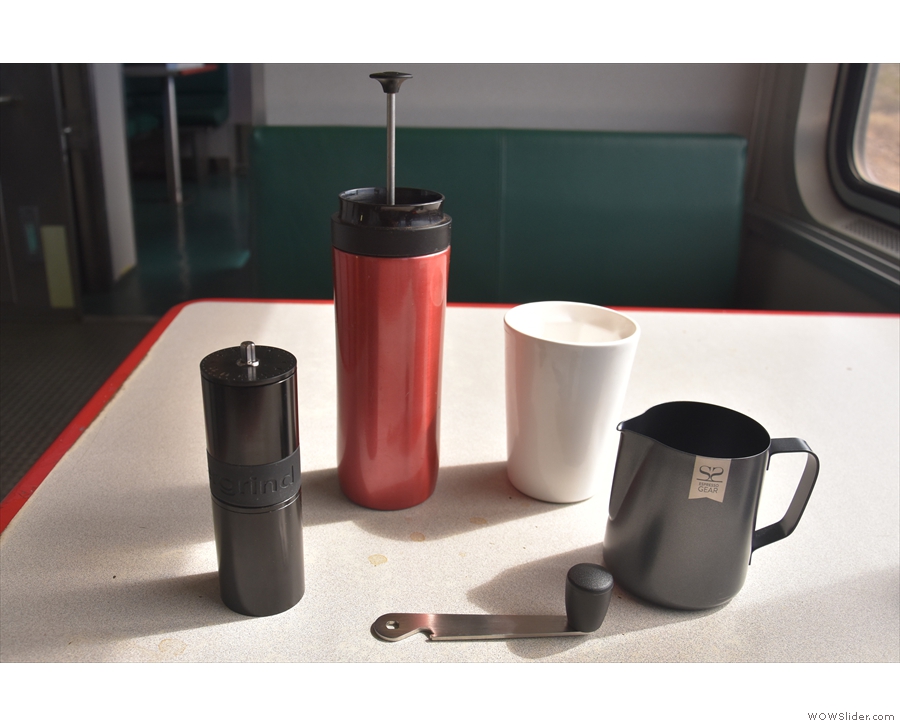
 1
1 2
2 3
3 4
4 5
5 6
6 7
7 8
8 9
9 10
10 11
11 12
12 13
13 14
14 15
15 16
16 17
17 18
18 19
19 20
20 21
21 22
22 23
23 24
24 25
25 26
26 27
27 28
28 29
29 30
30 31
31 32
32 33
33 34
34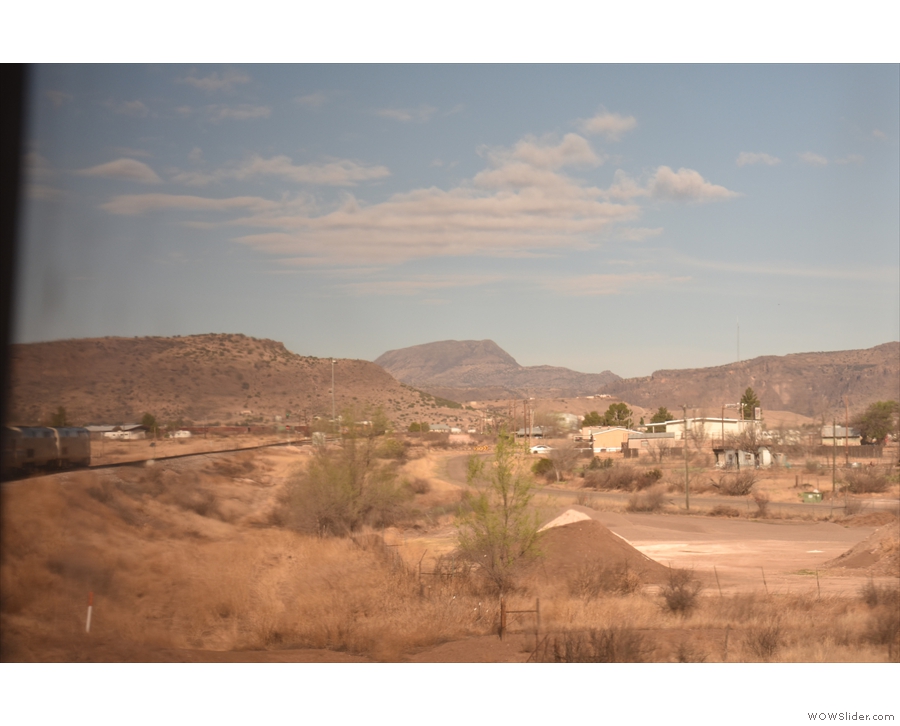
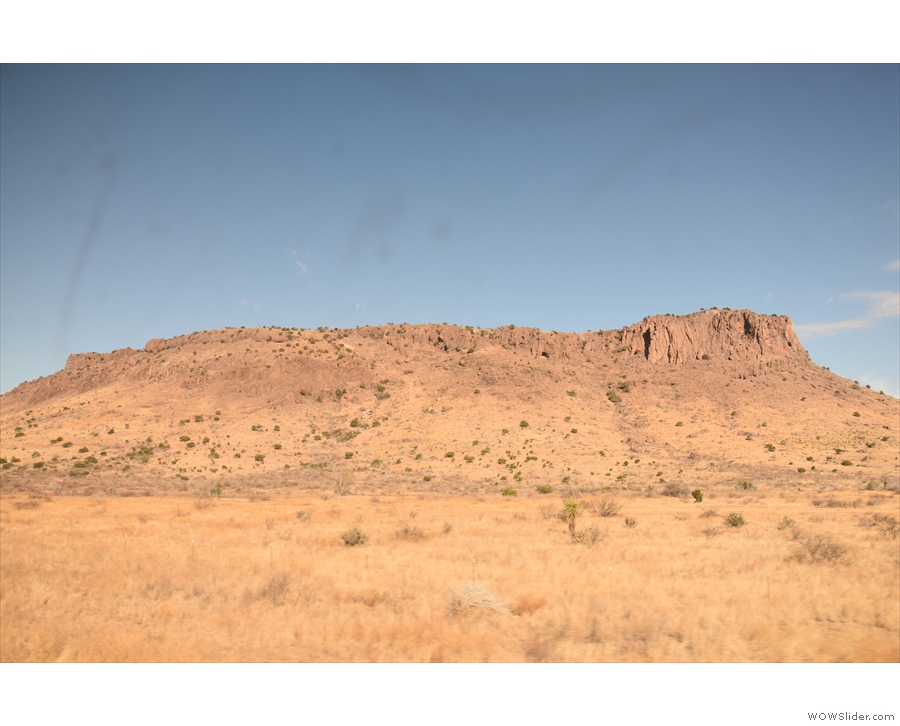
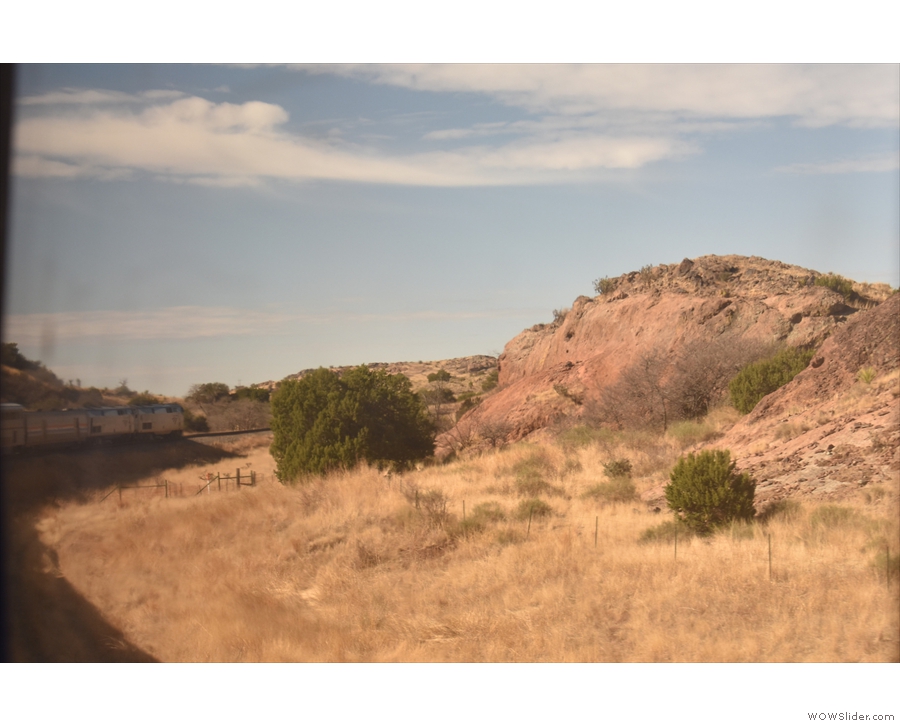
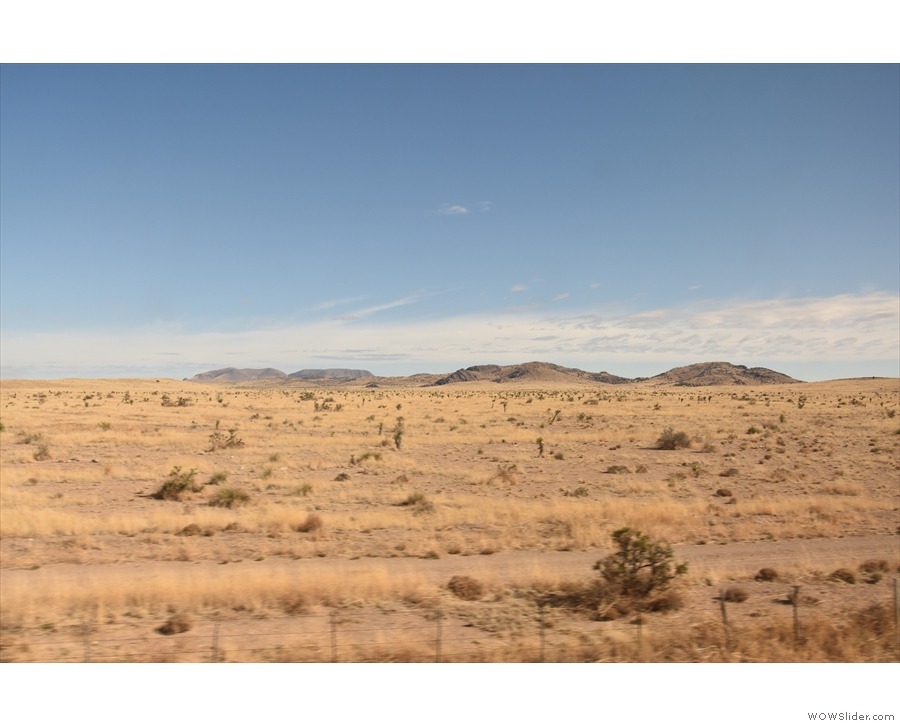
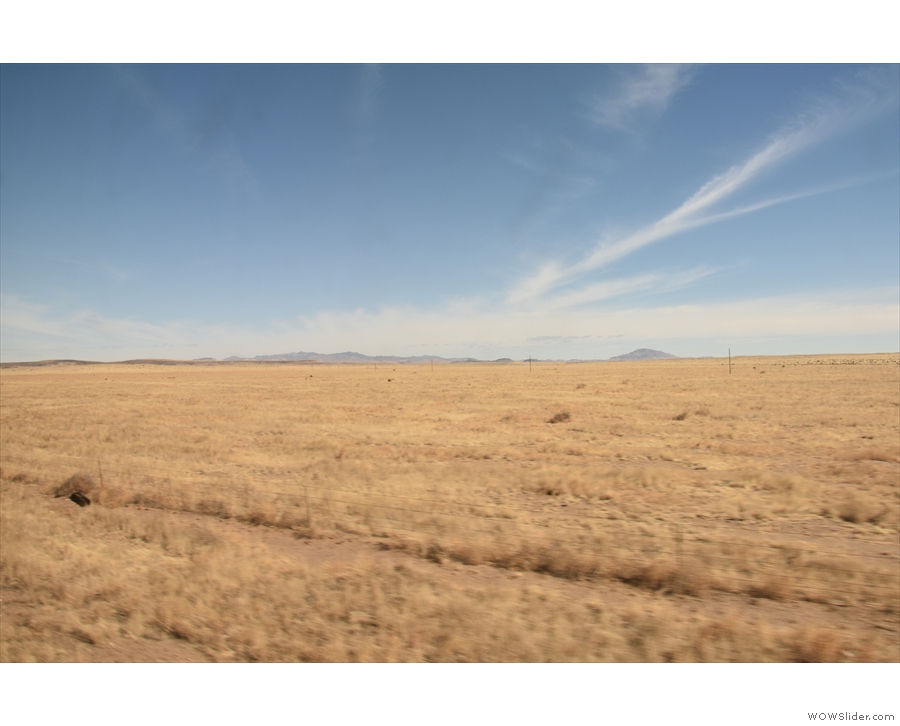
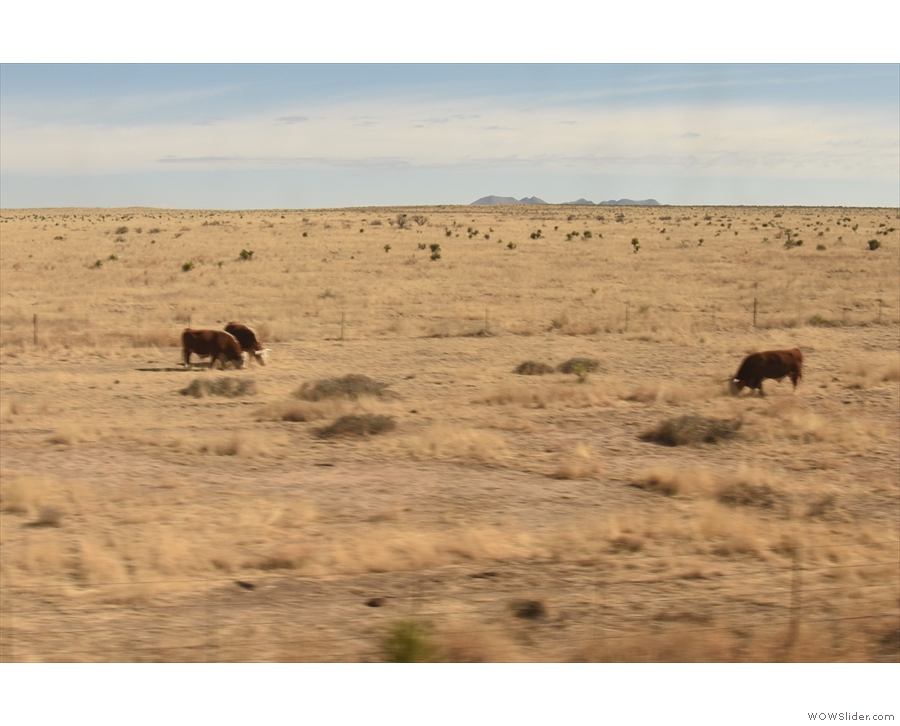
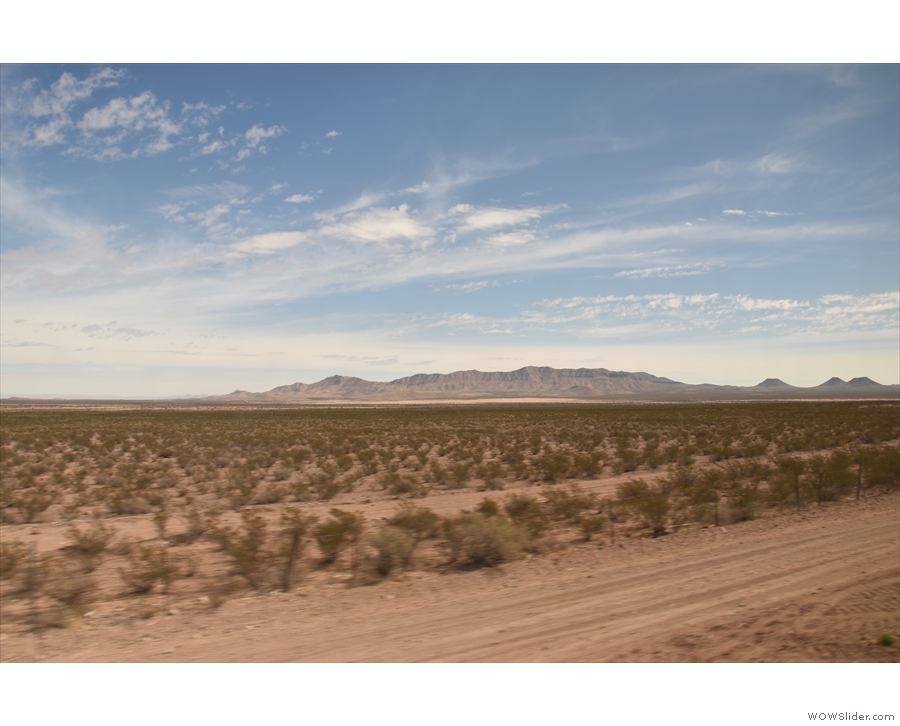
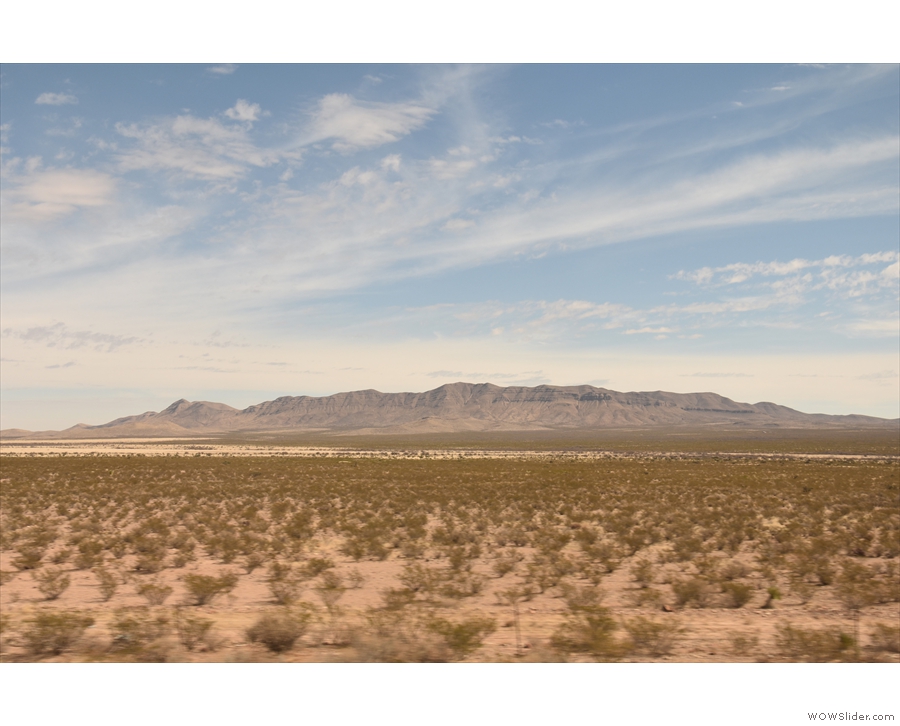
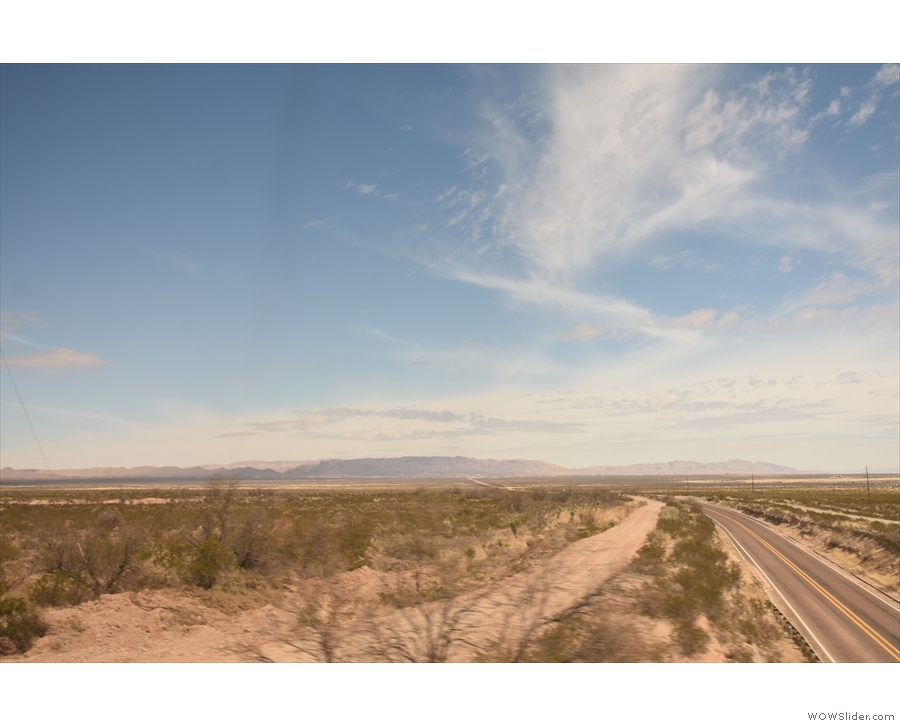
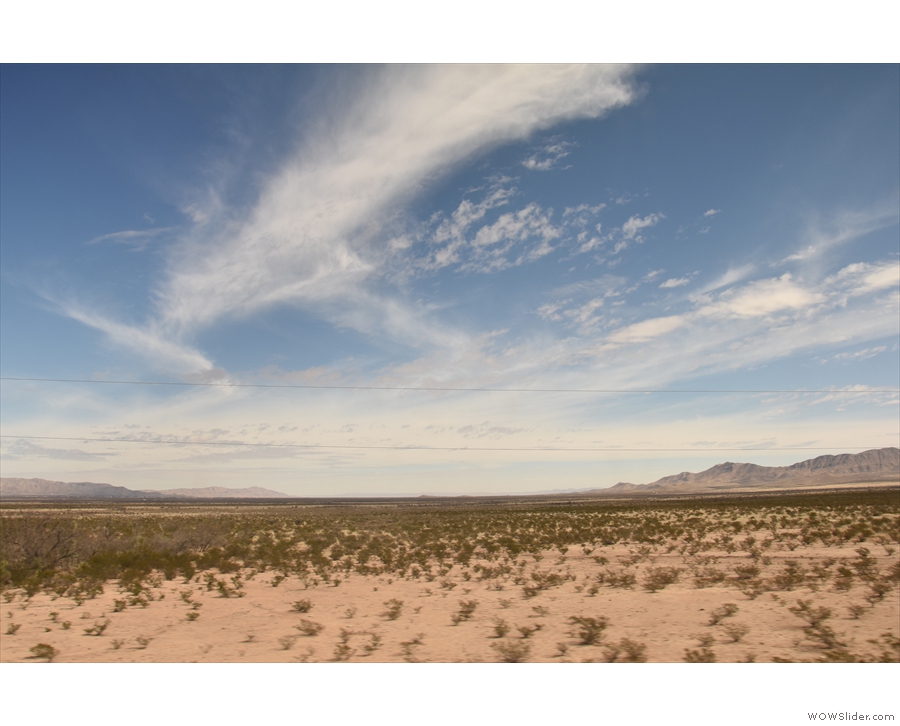
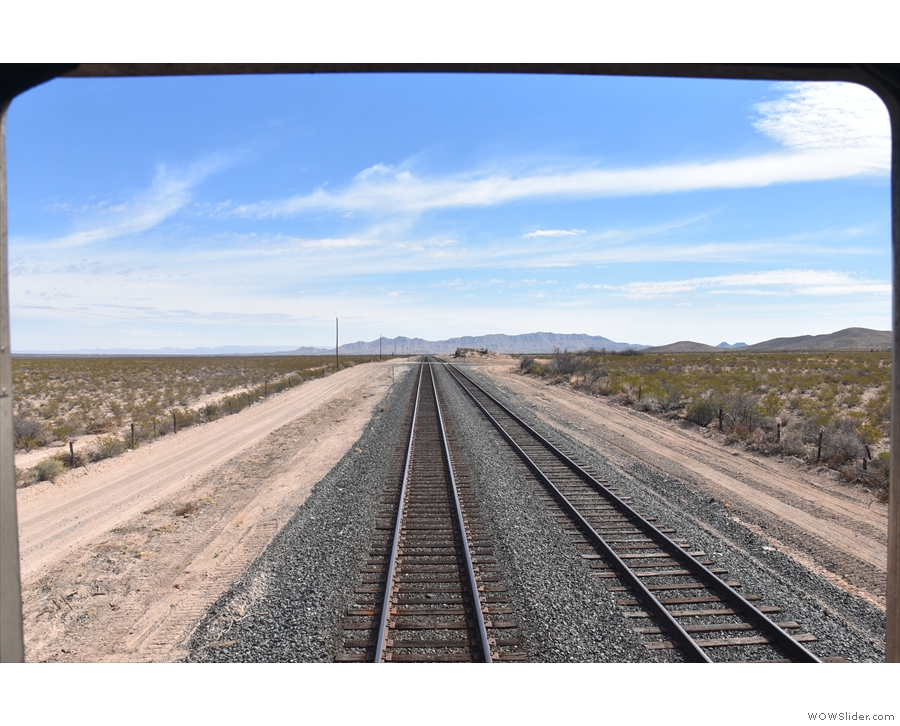
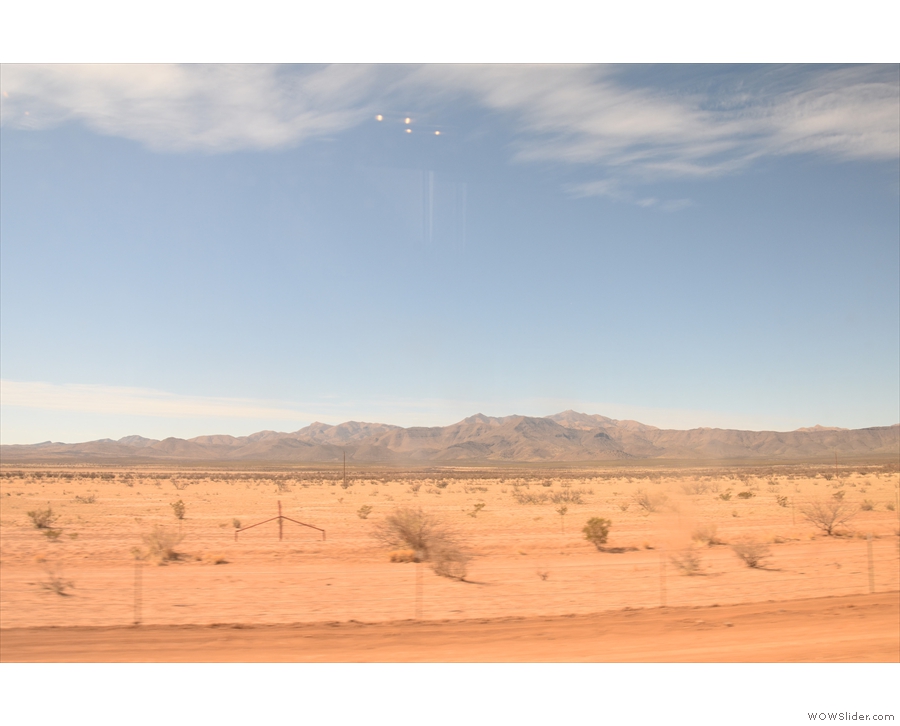
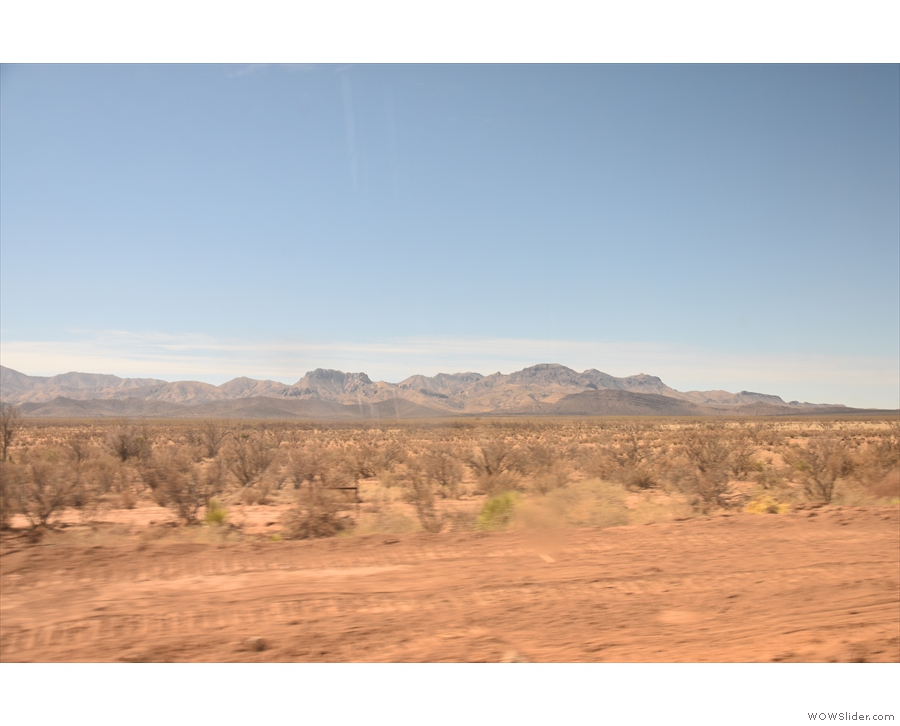
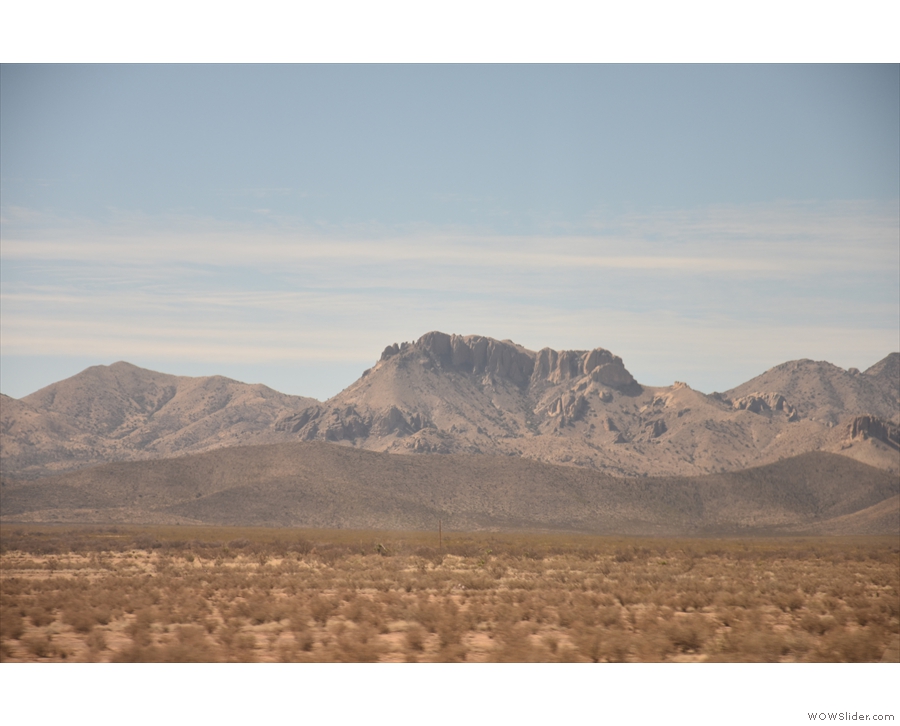
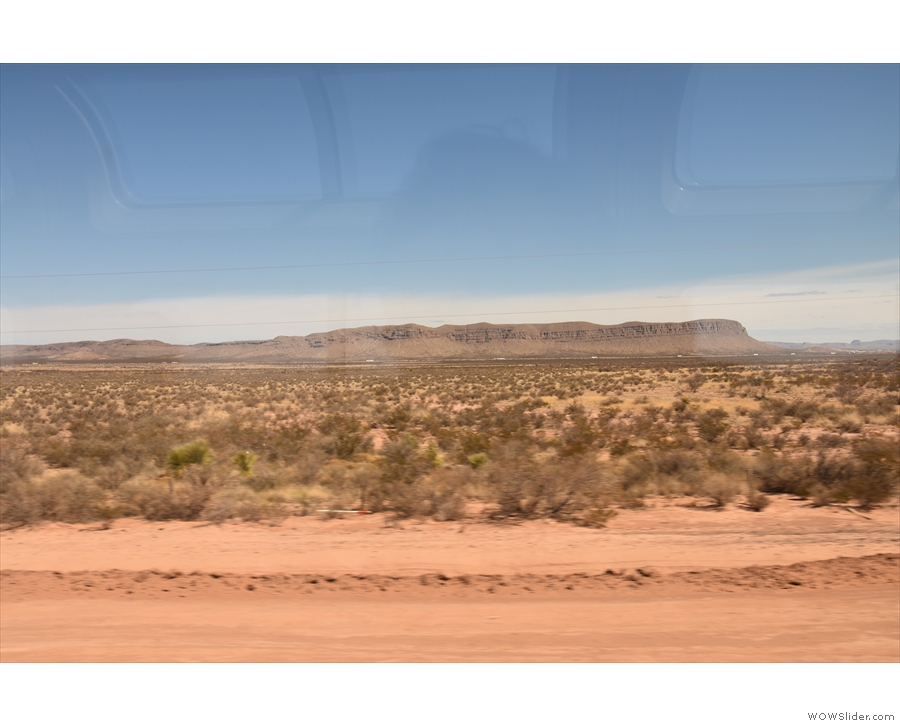
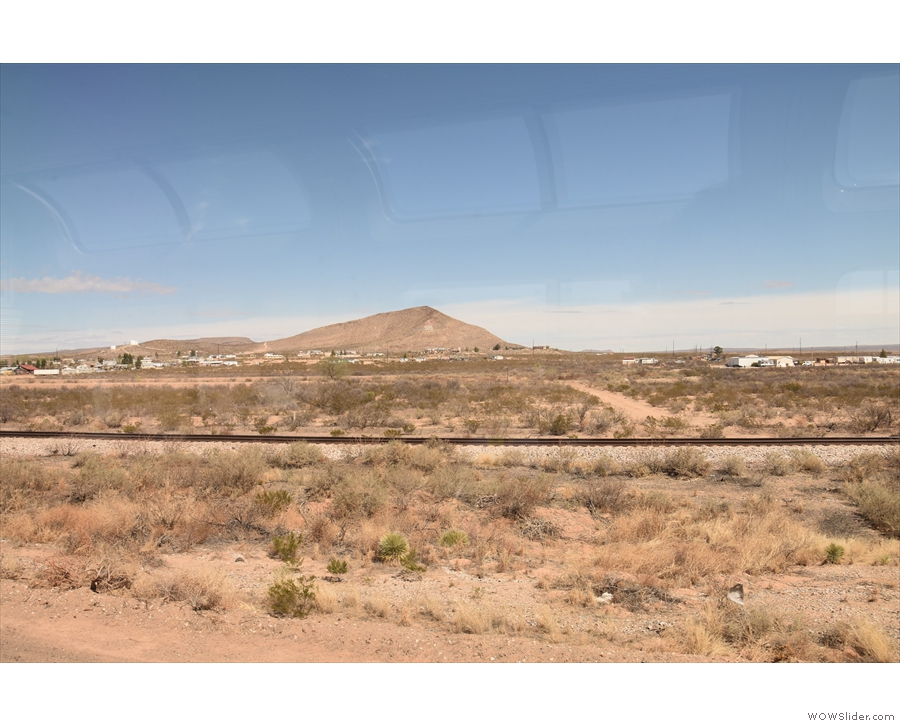
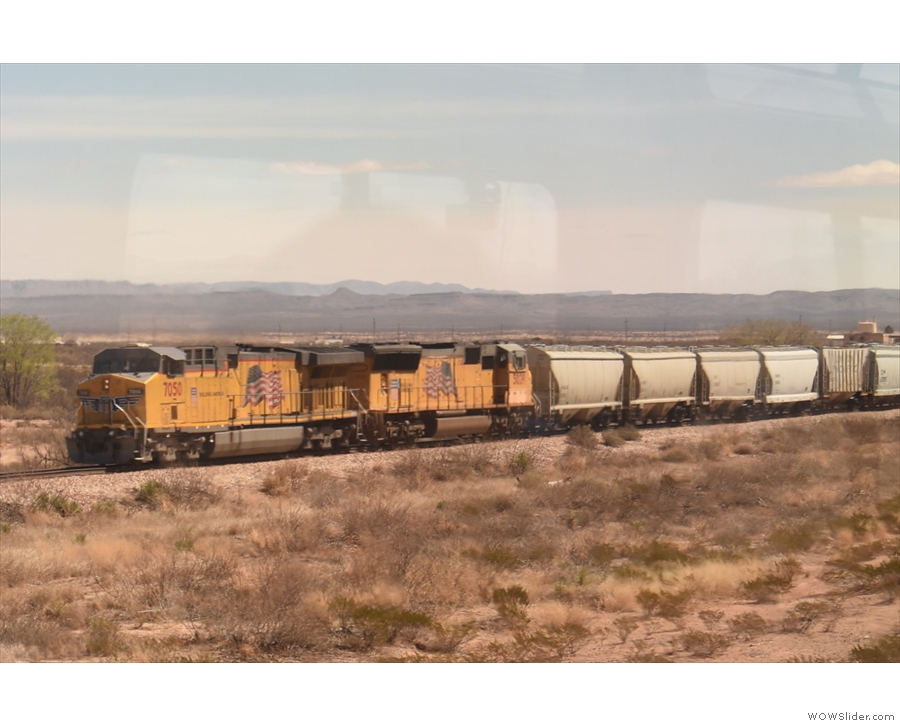
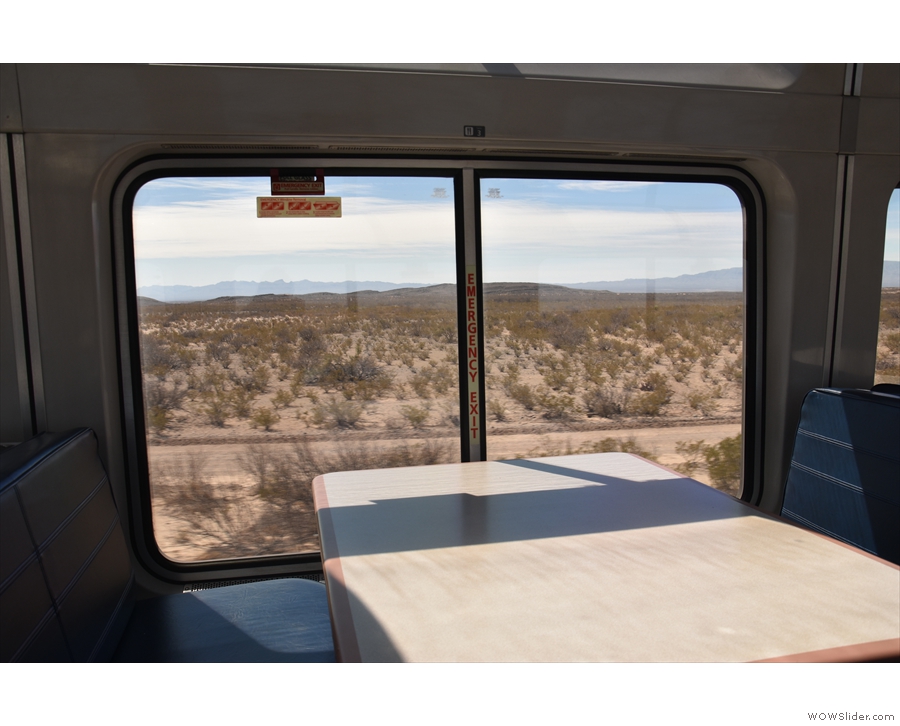
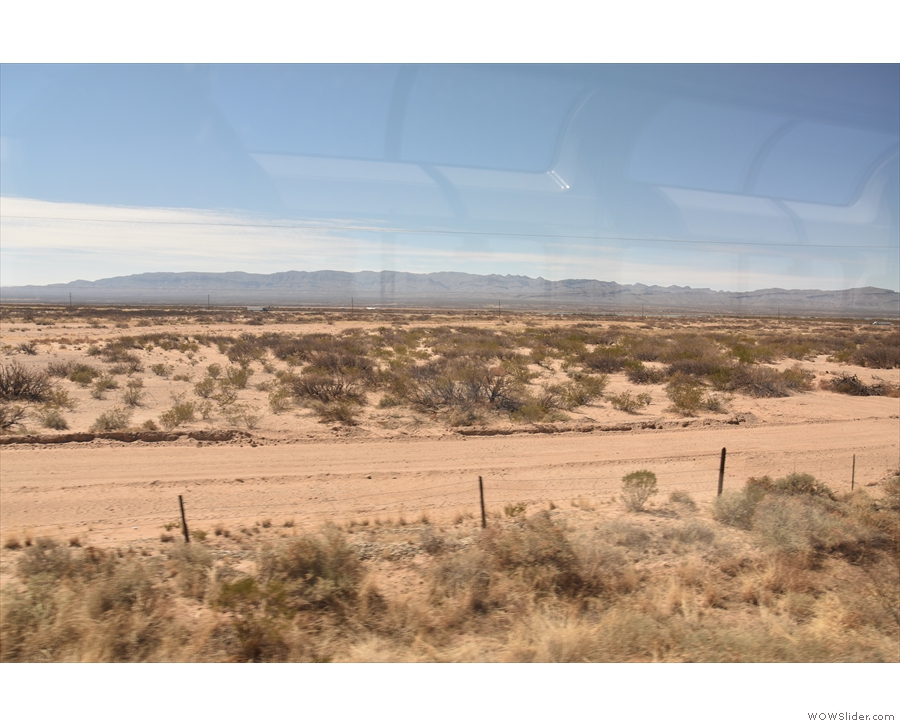
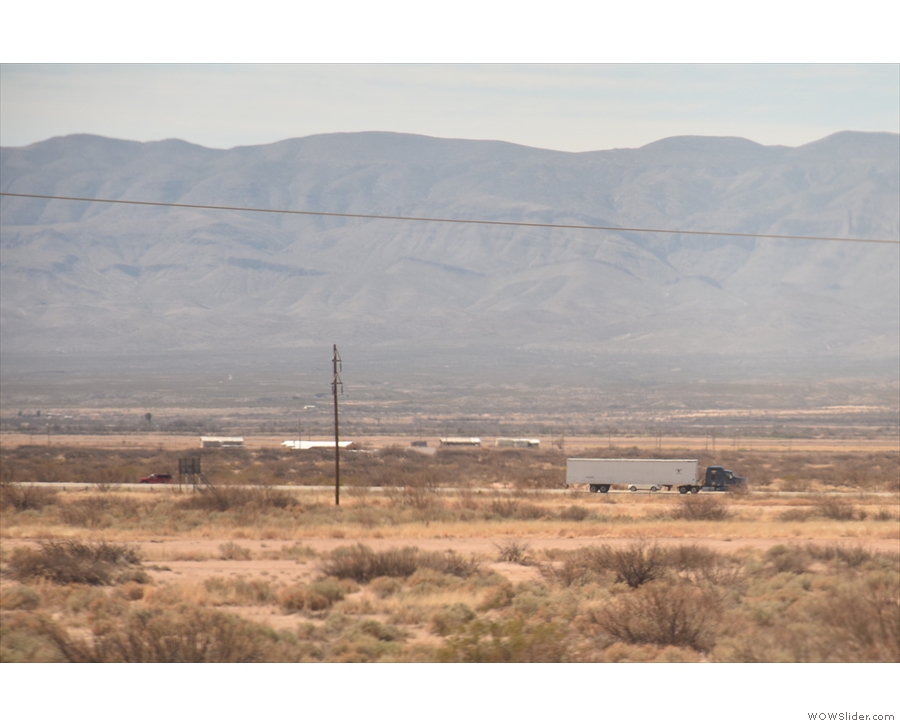
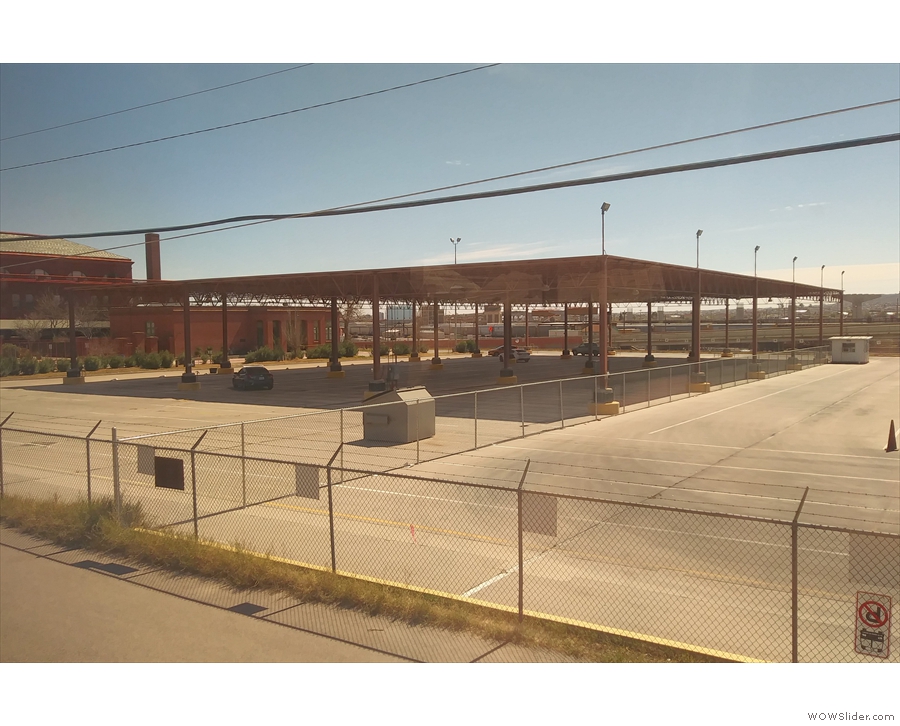
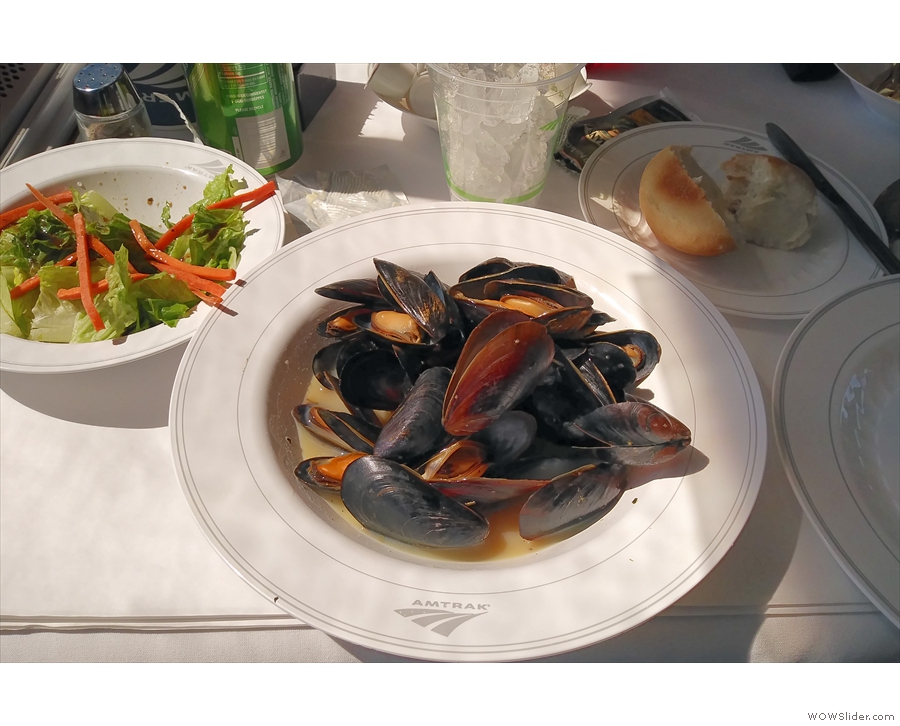

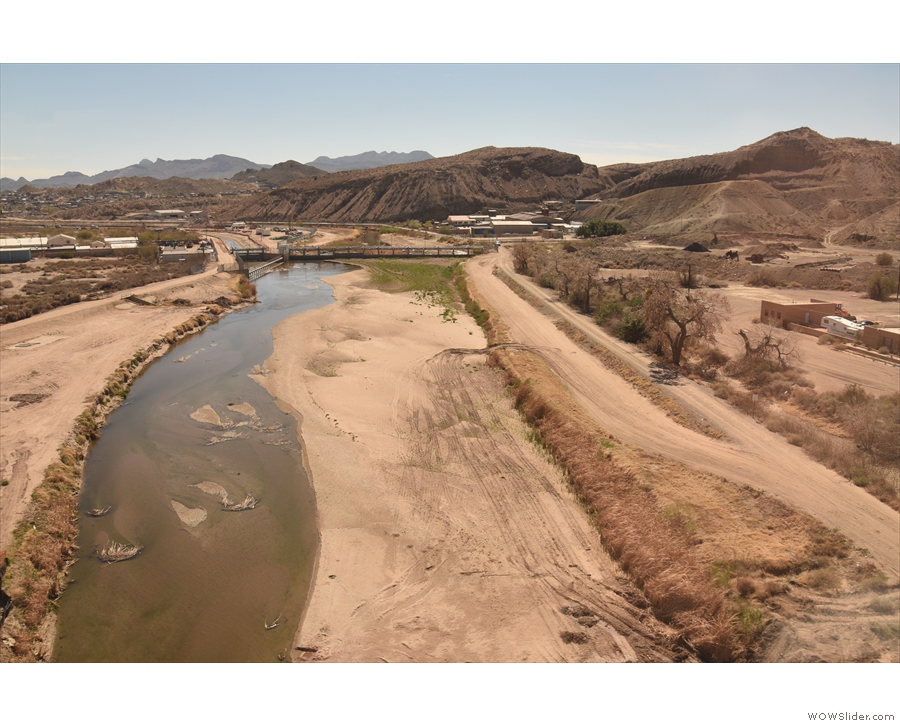
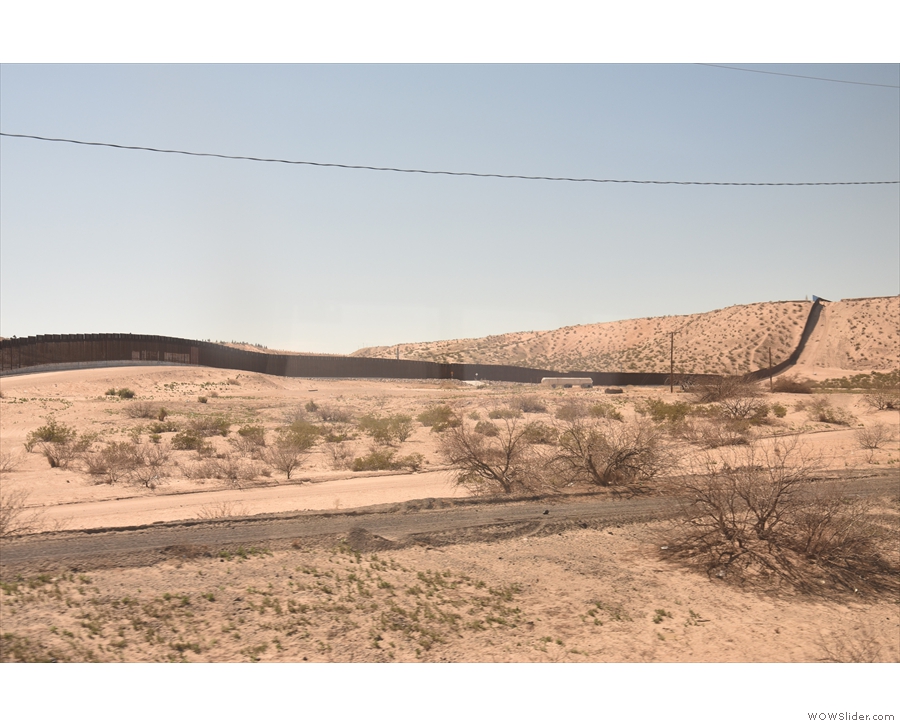
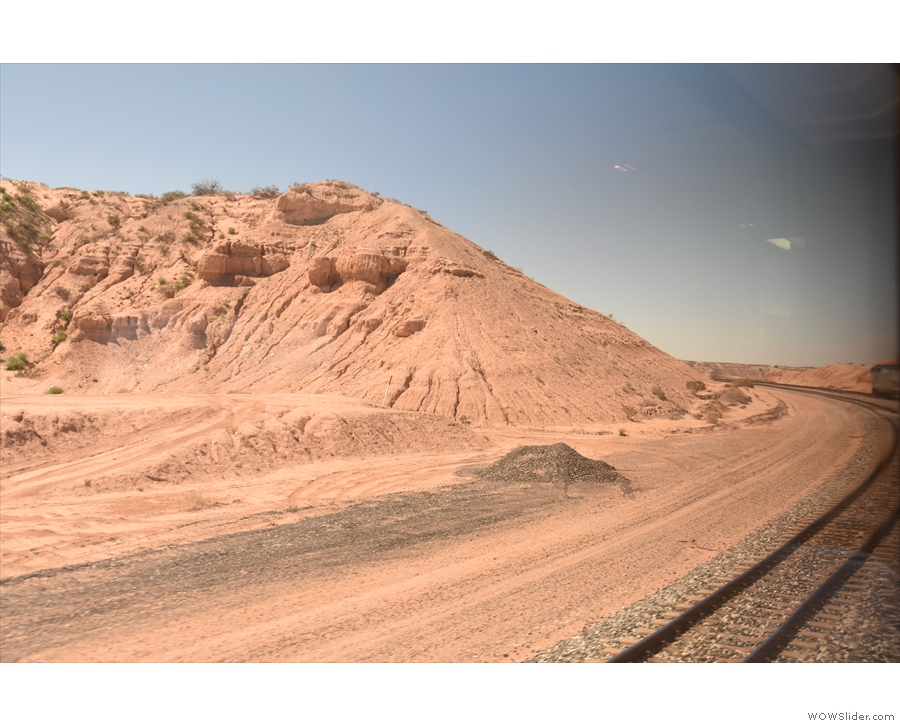
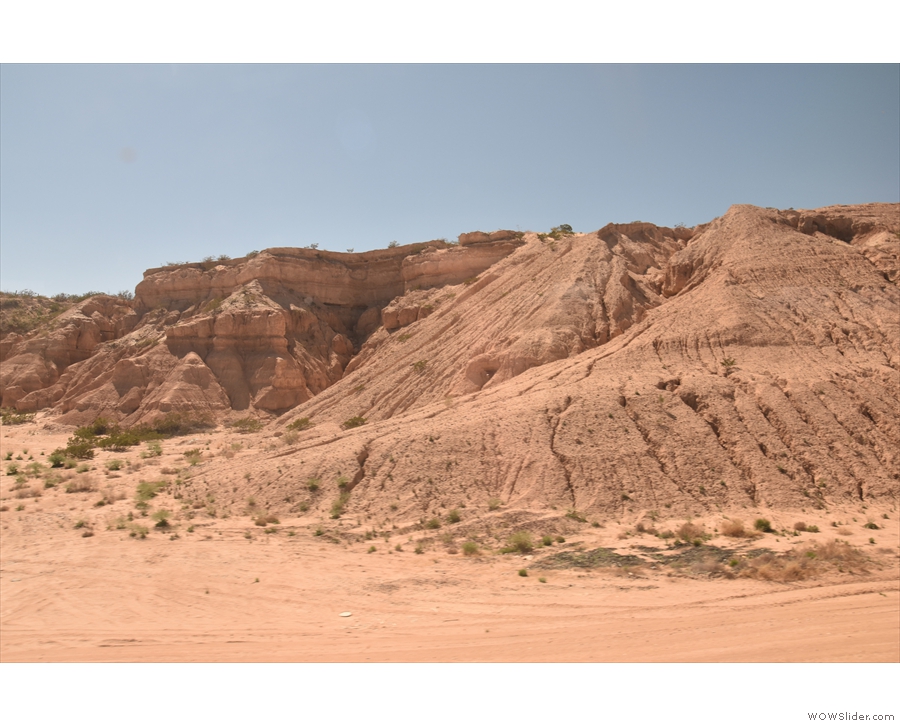
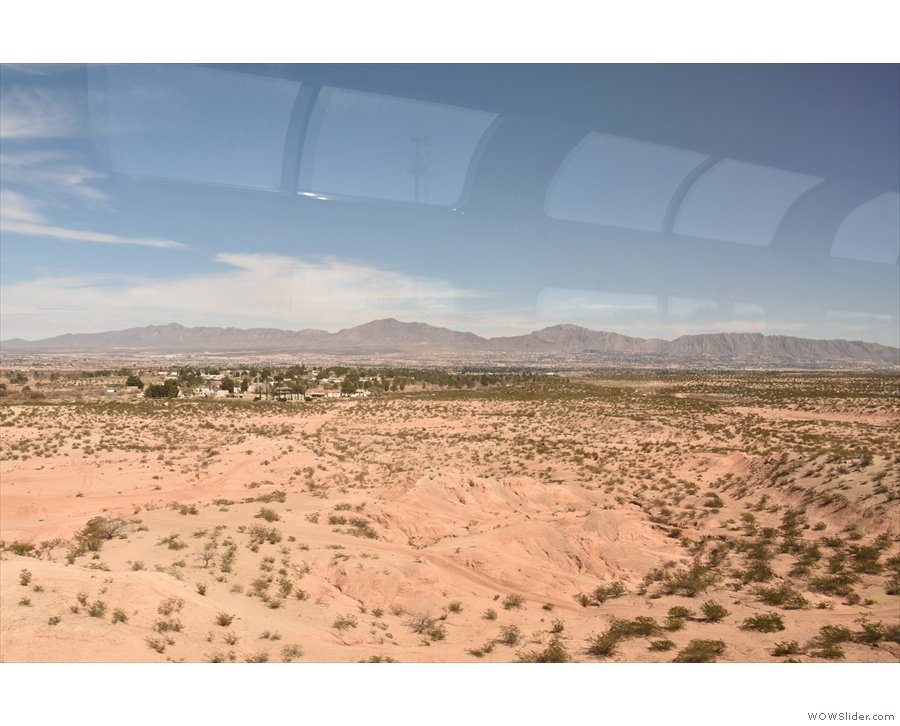
 1
1 2
2 3
3 4
4 5
5 6
6 7
7 8
8 9
9 10
10 11
11 12
12 13
13 14
14 15
15 16
16 17
17 18
18 19
19 20
20 21
21 22
22 23
23 24
24 25
25 26
26 27
27 28
28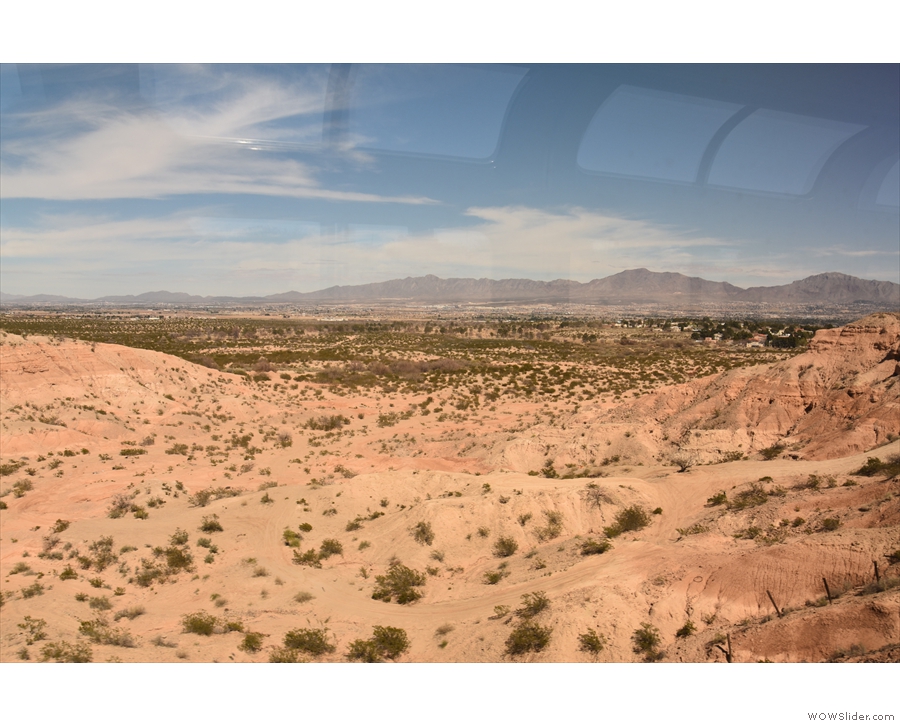
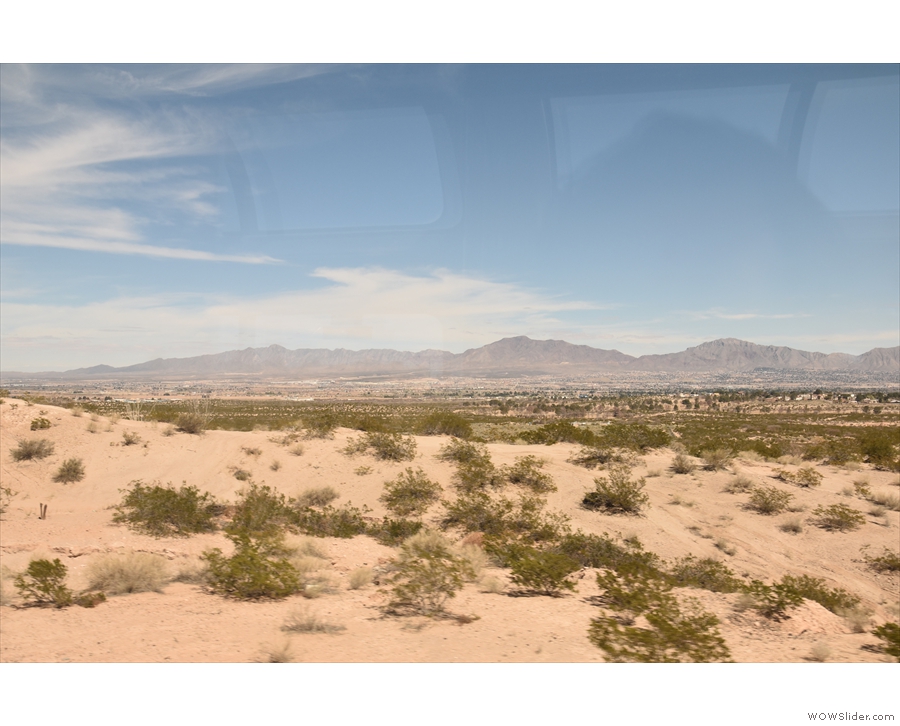
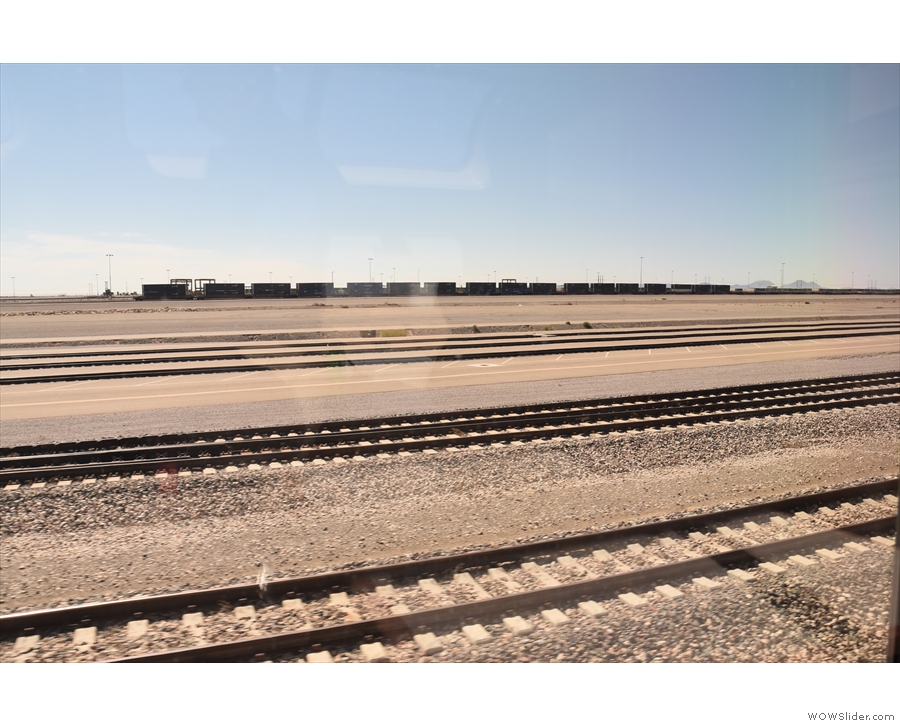
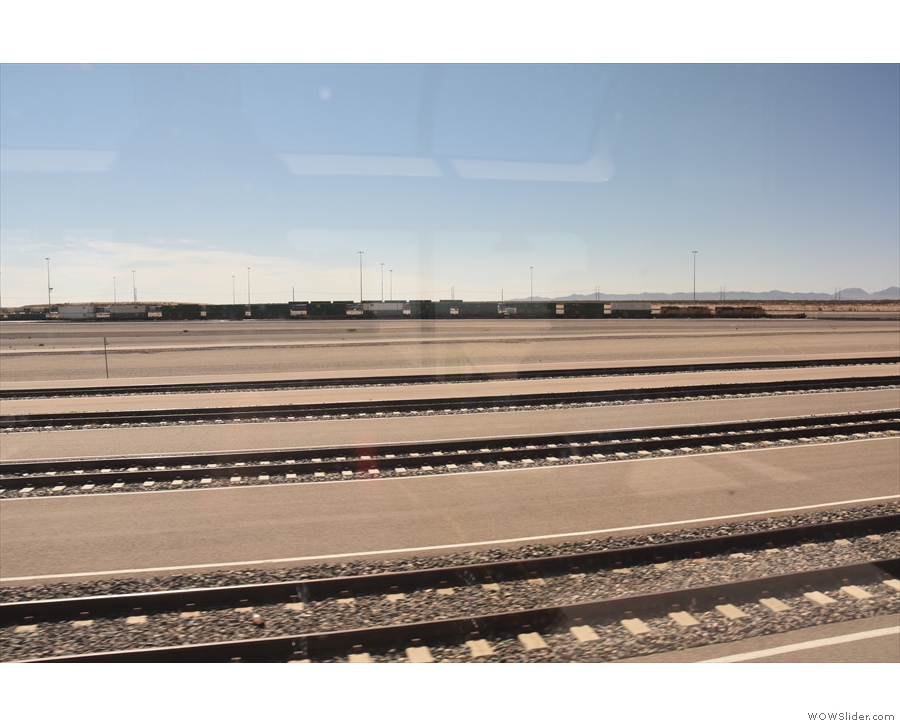
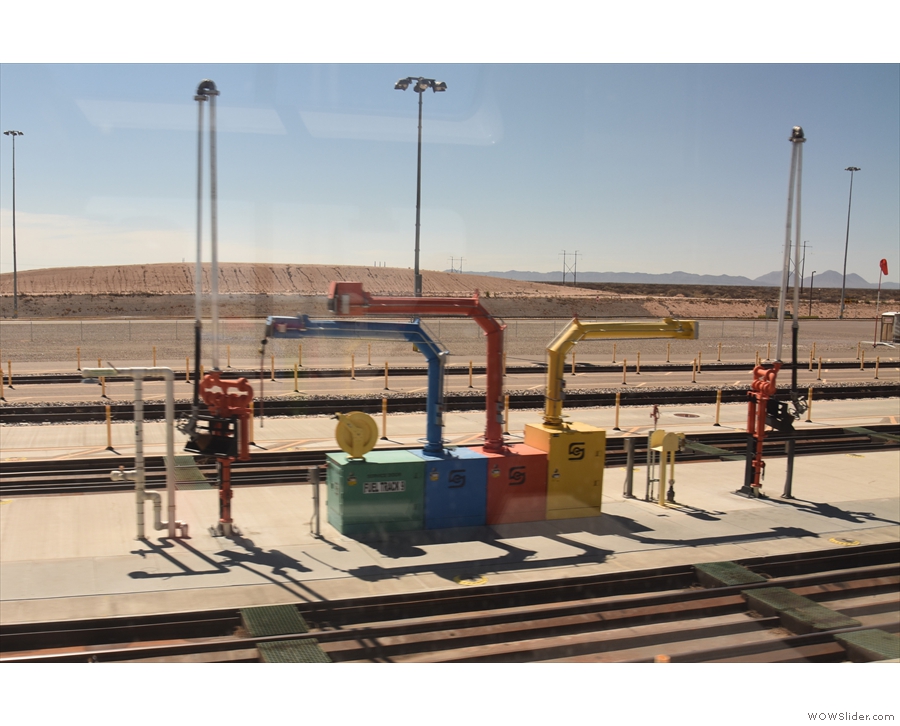
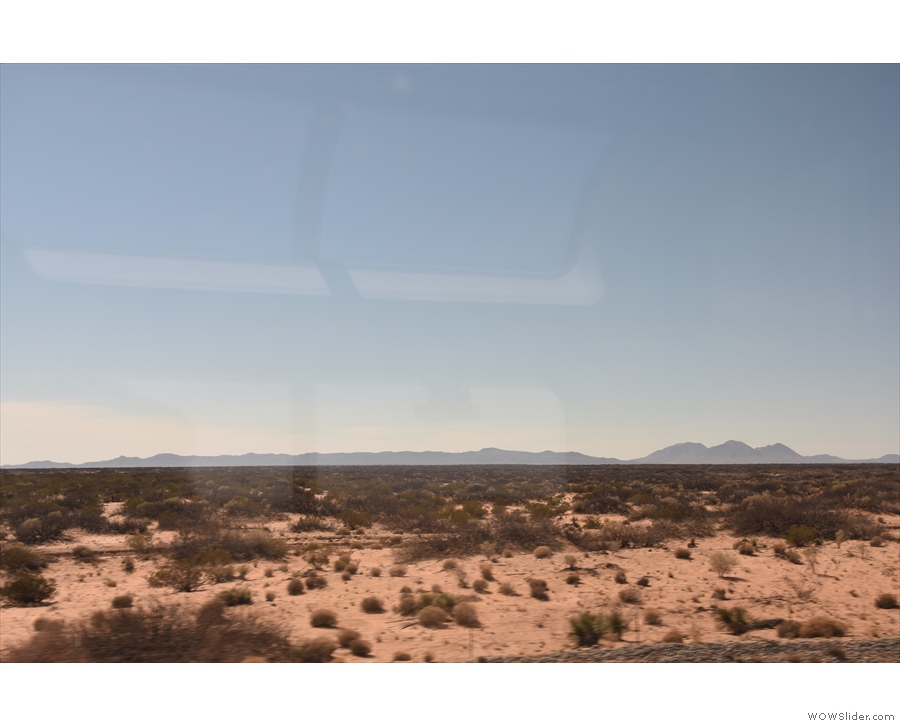
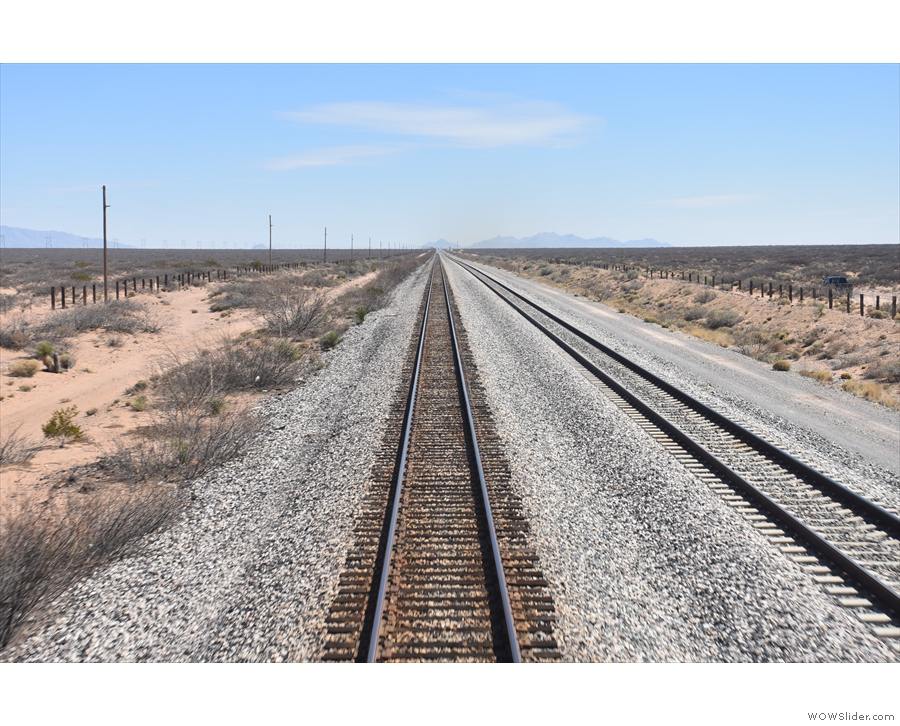
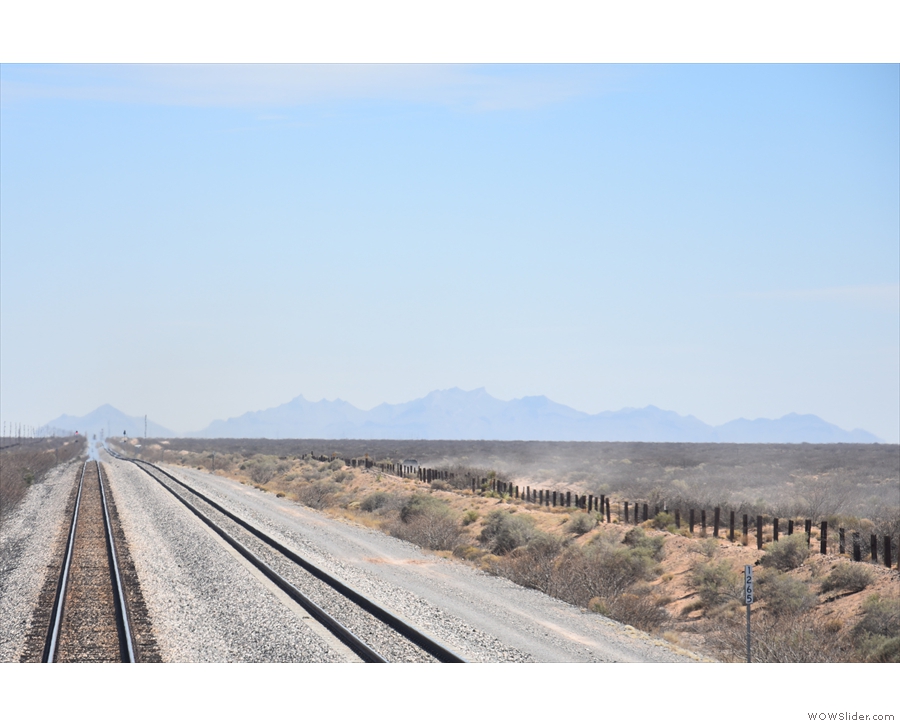
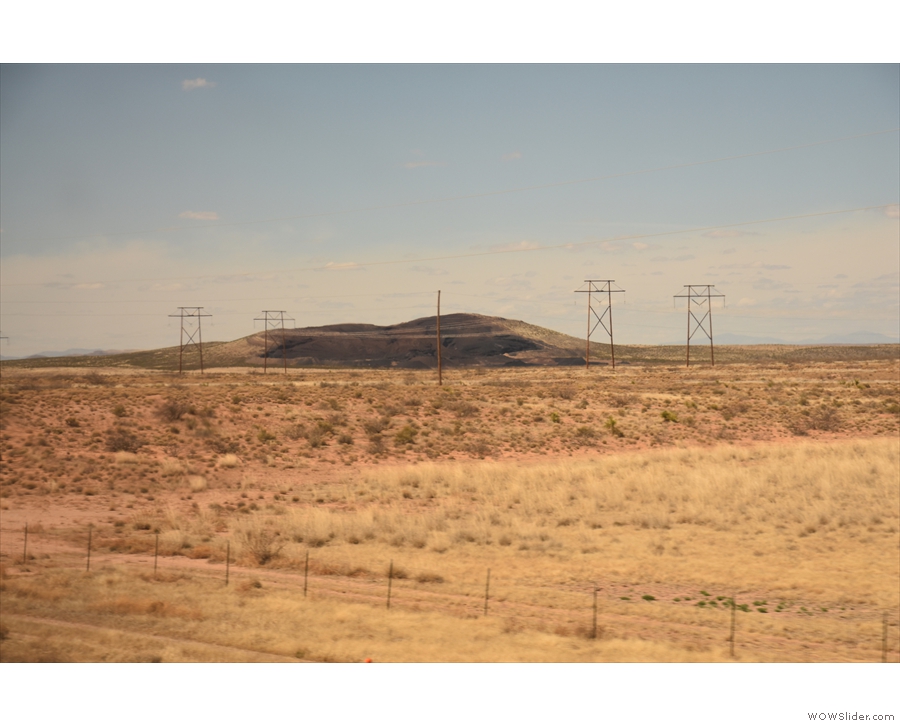
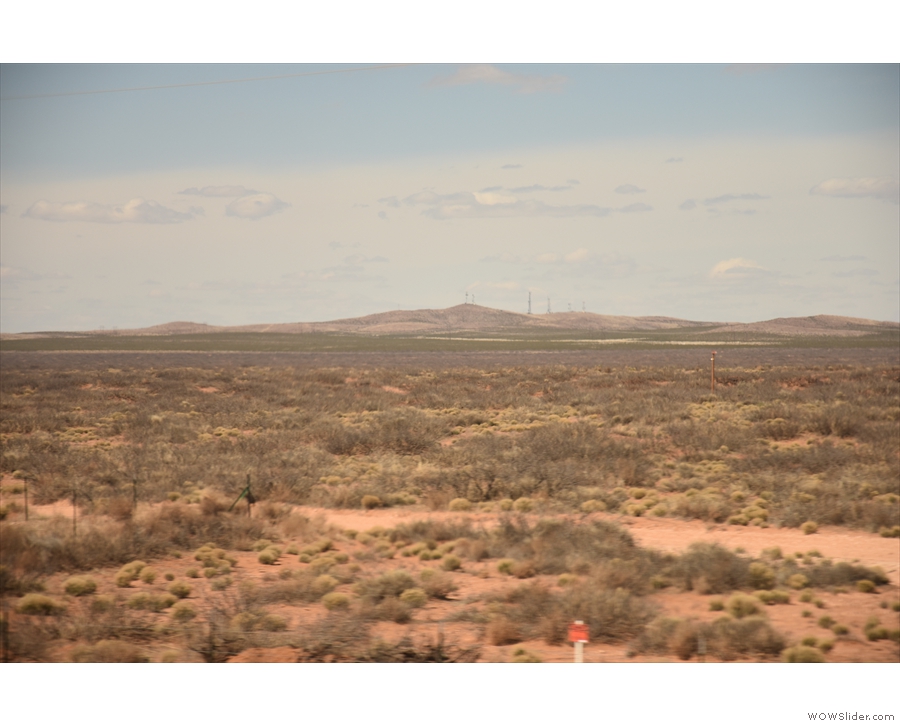
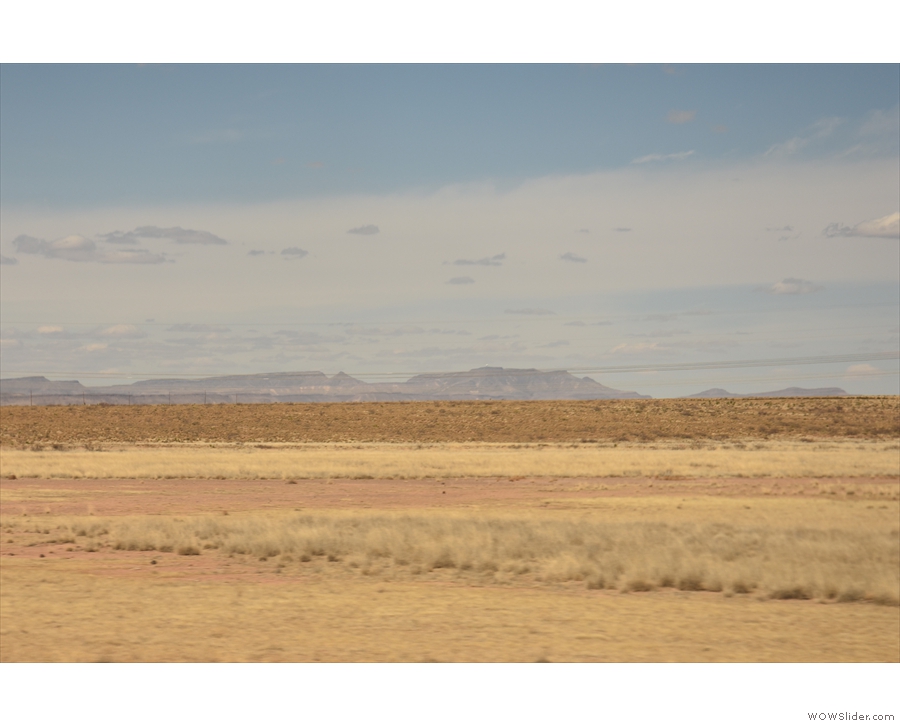
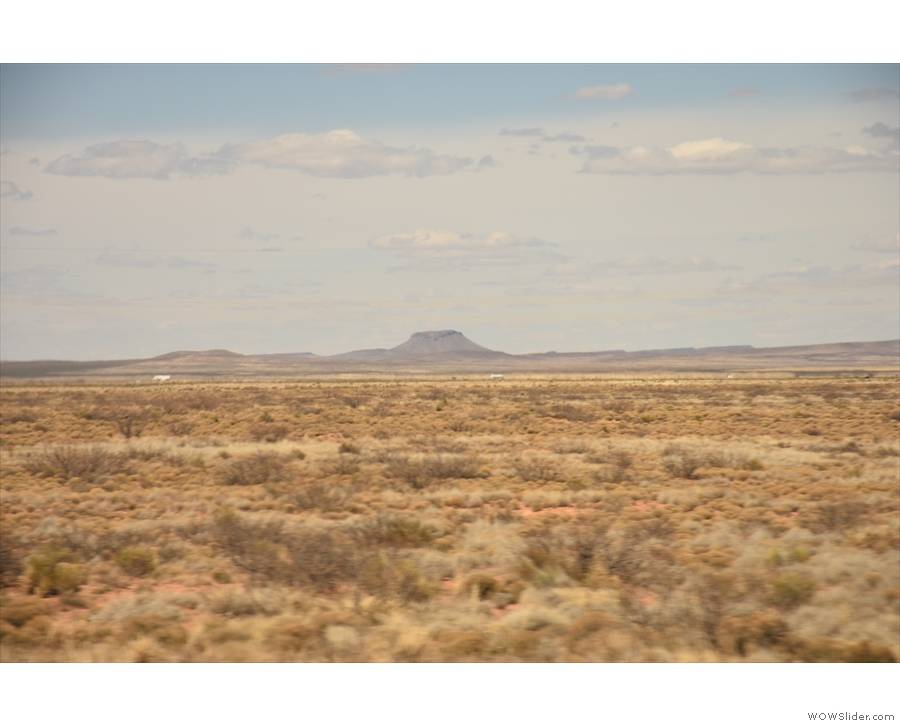
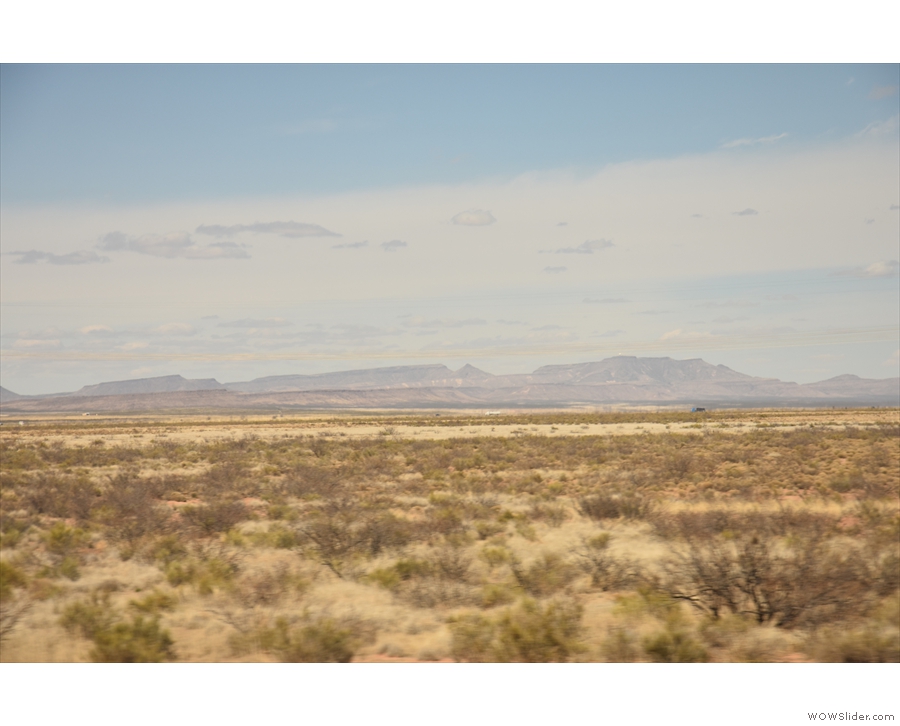
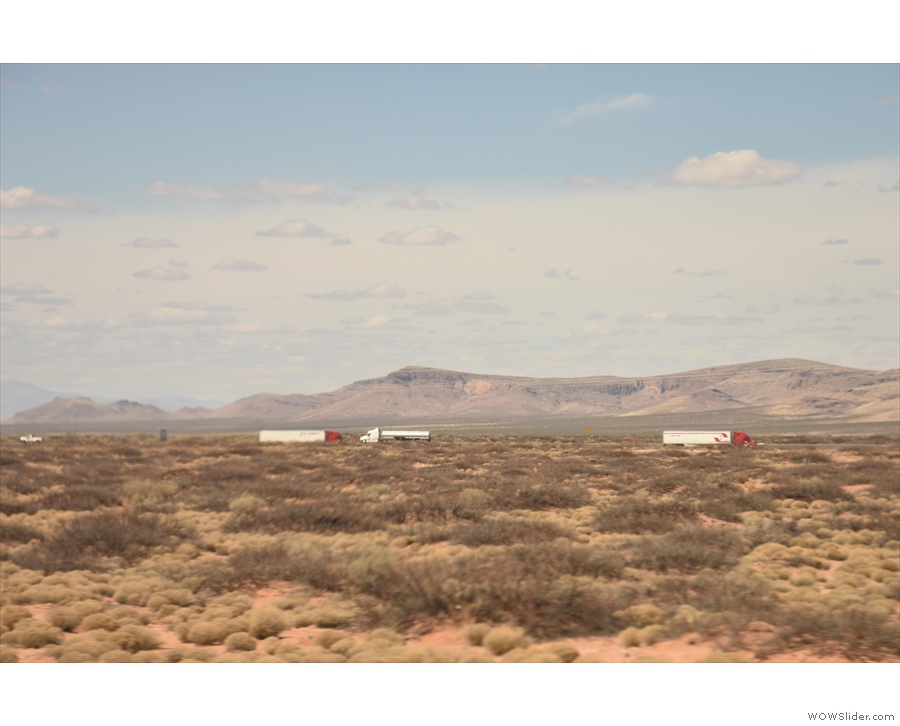
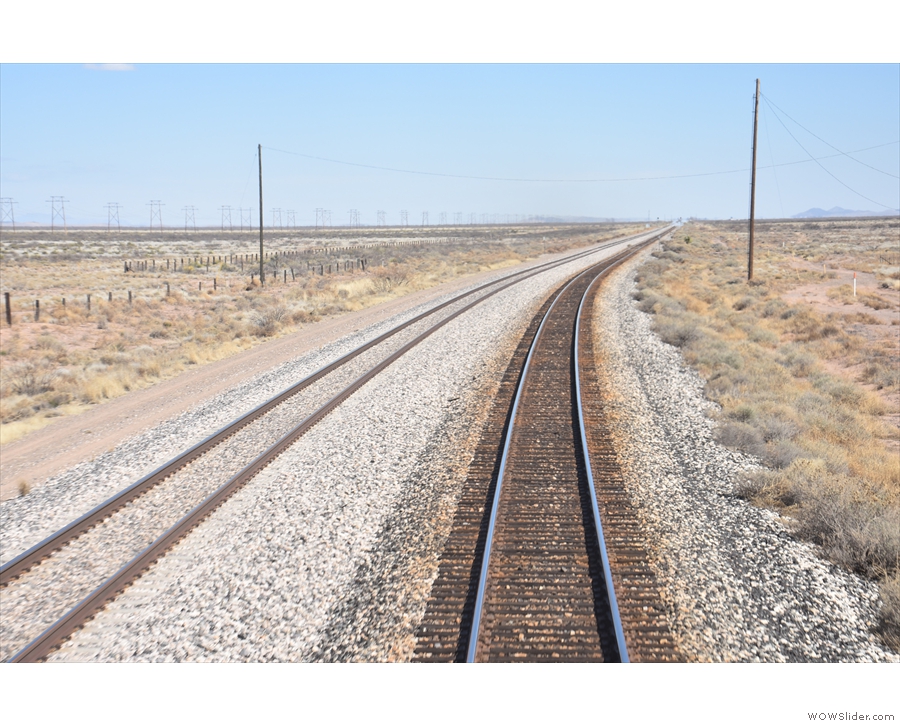

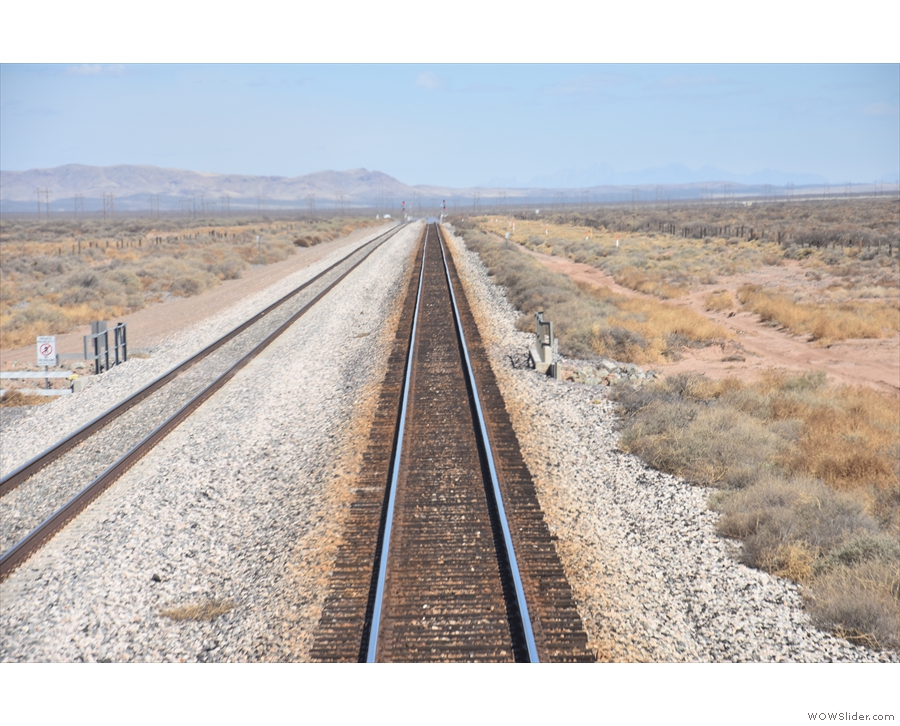
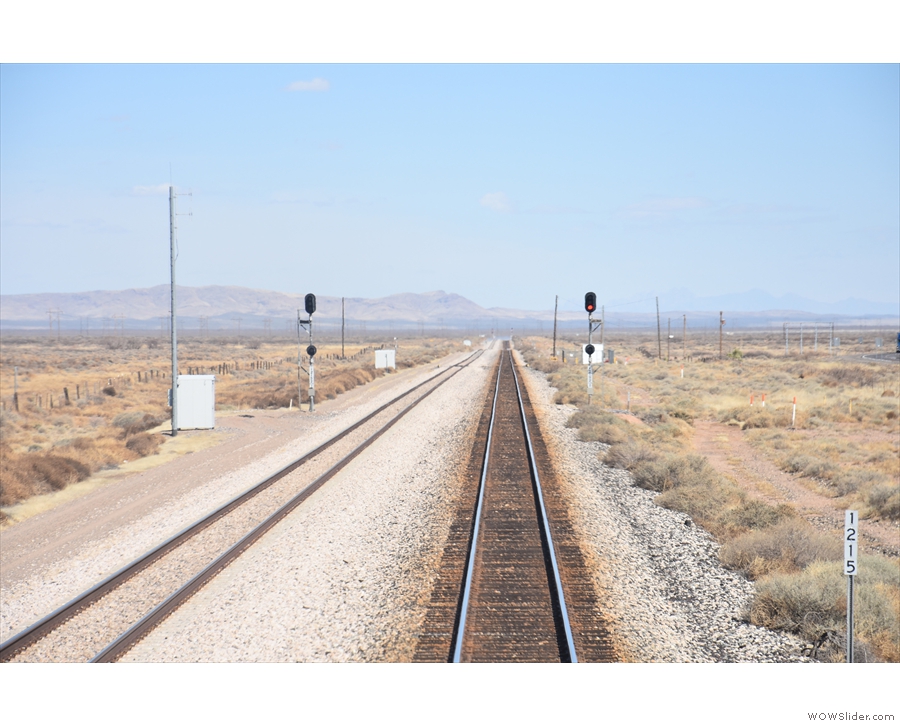
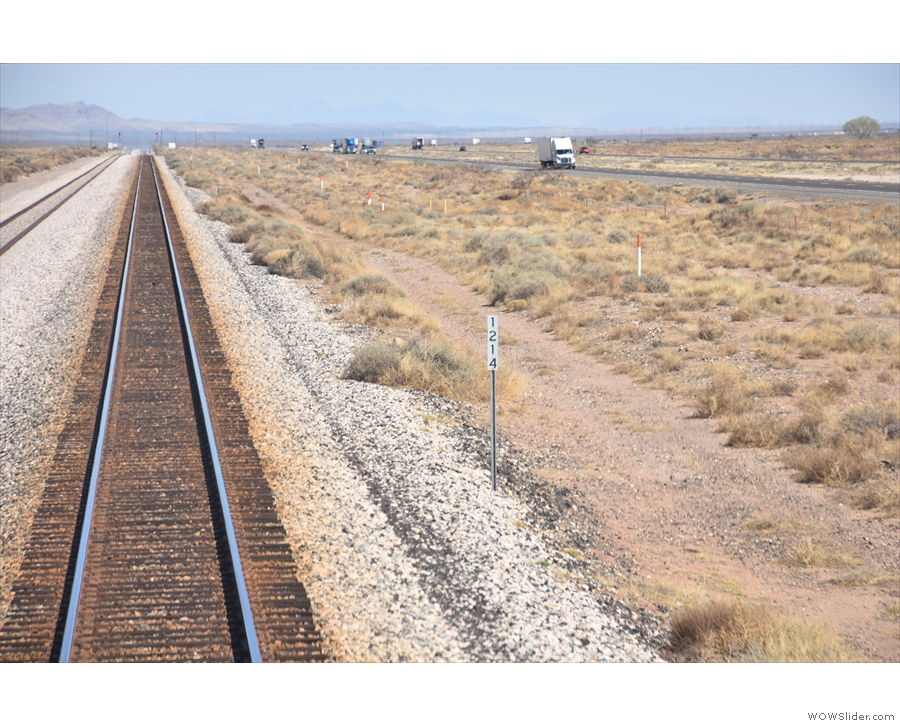
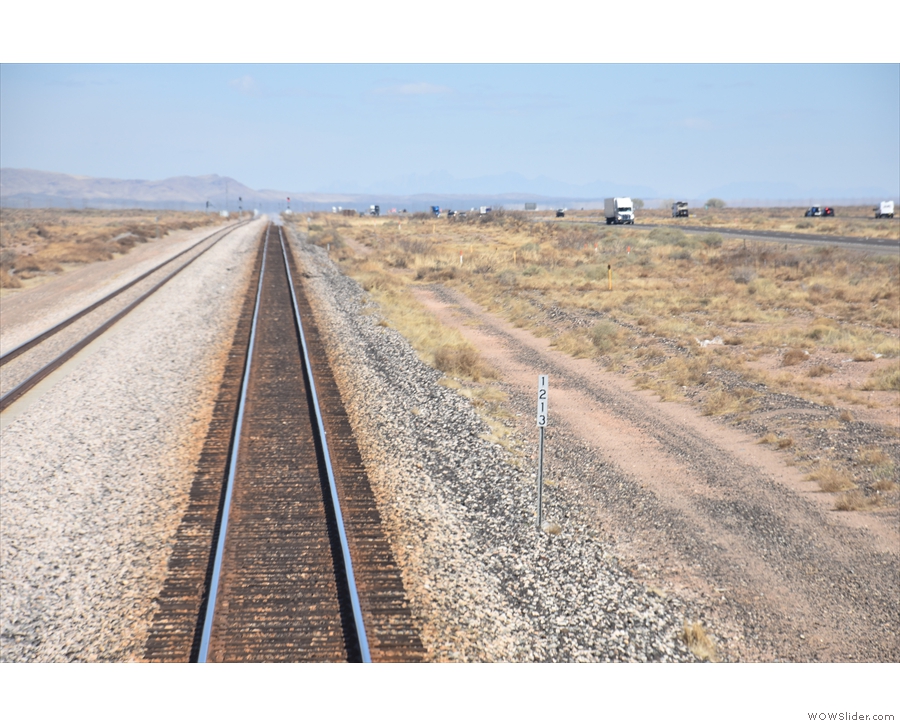
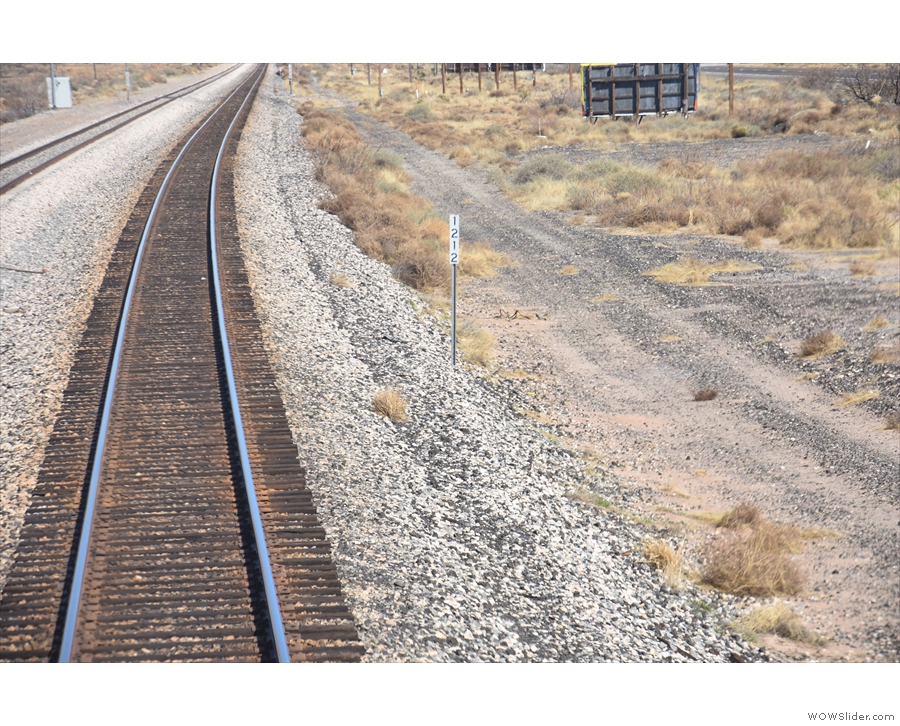
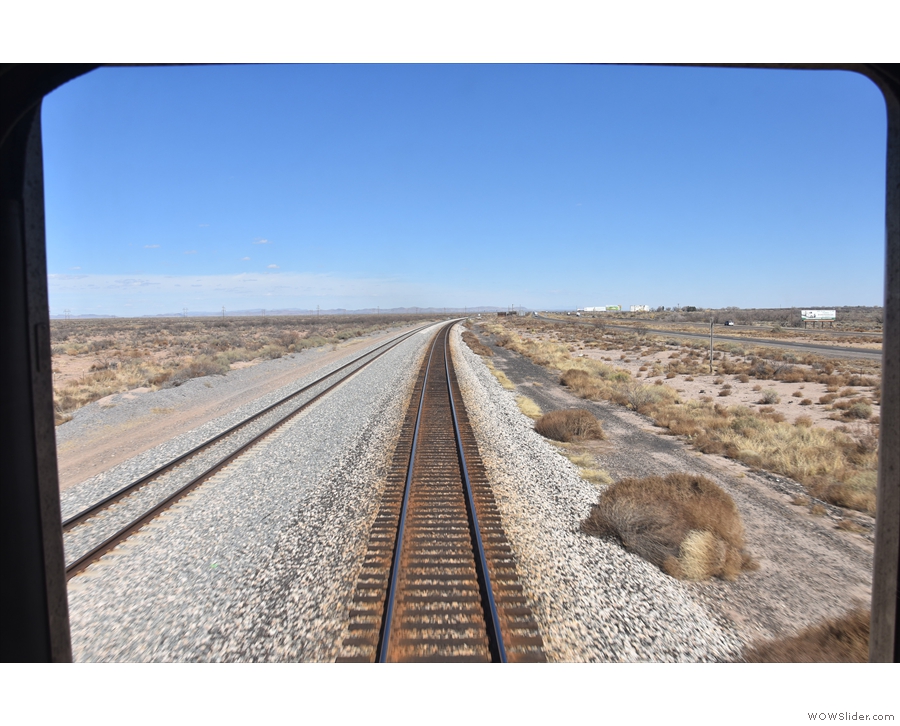
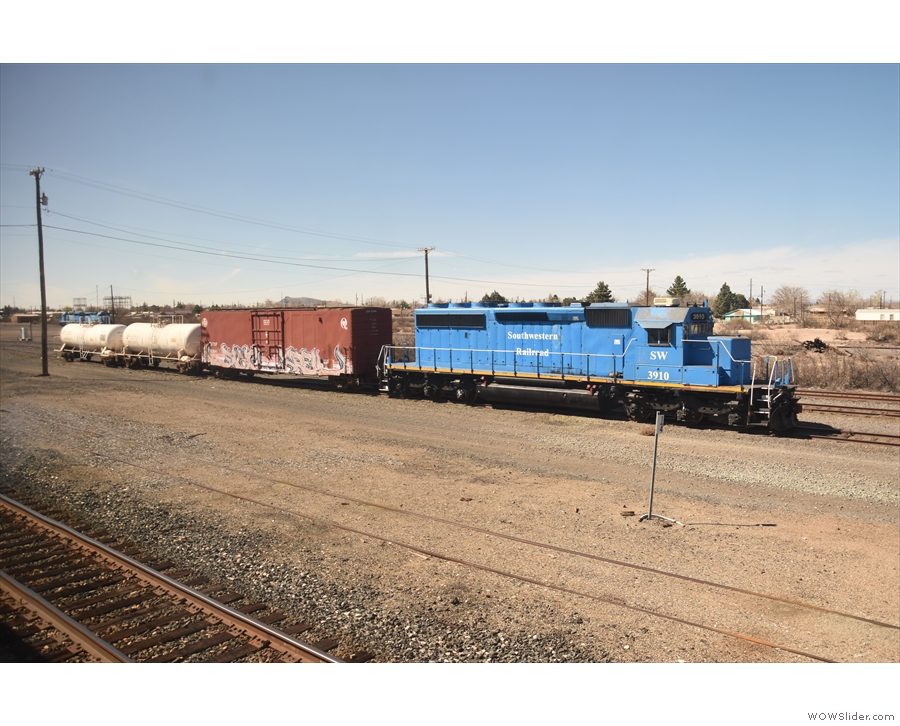
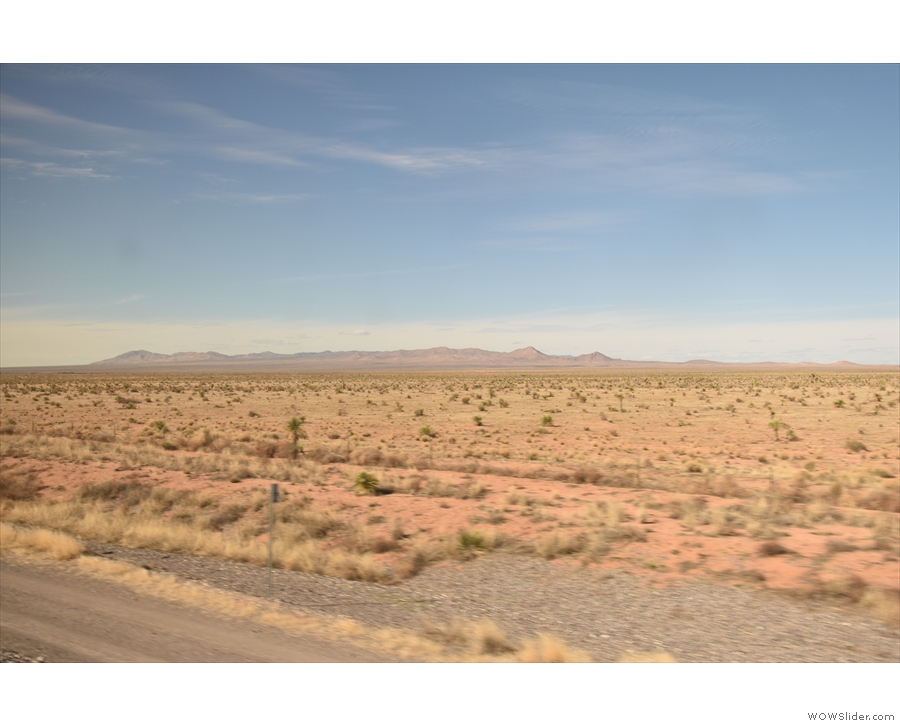
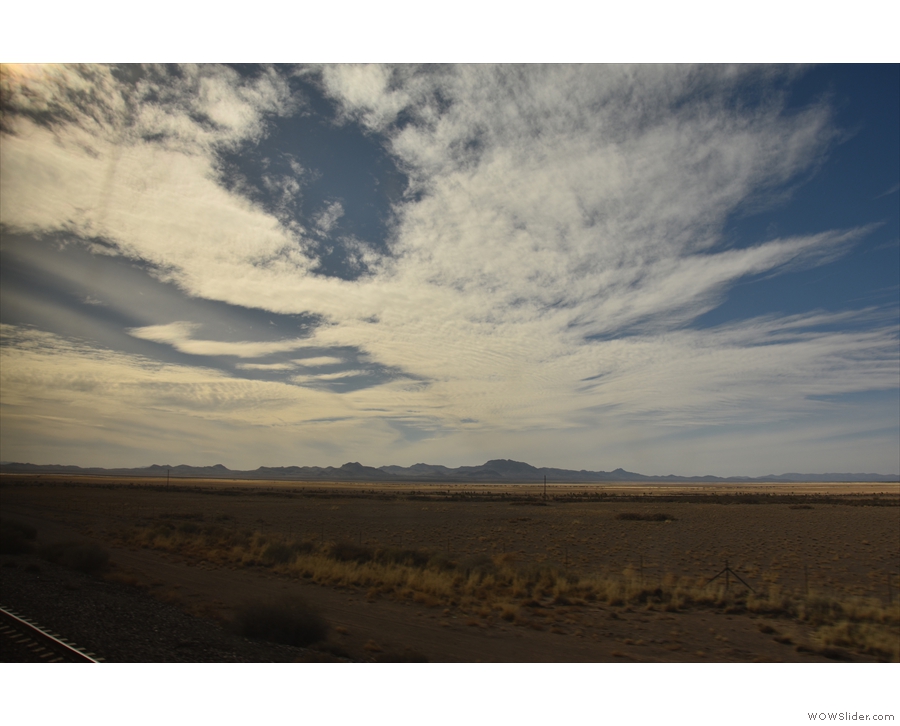
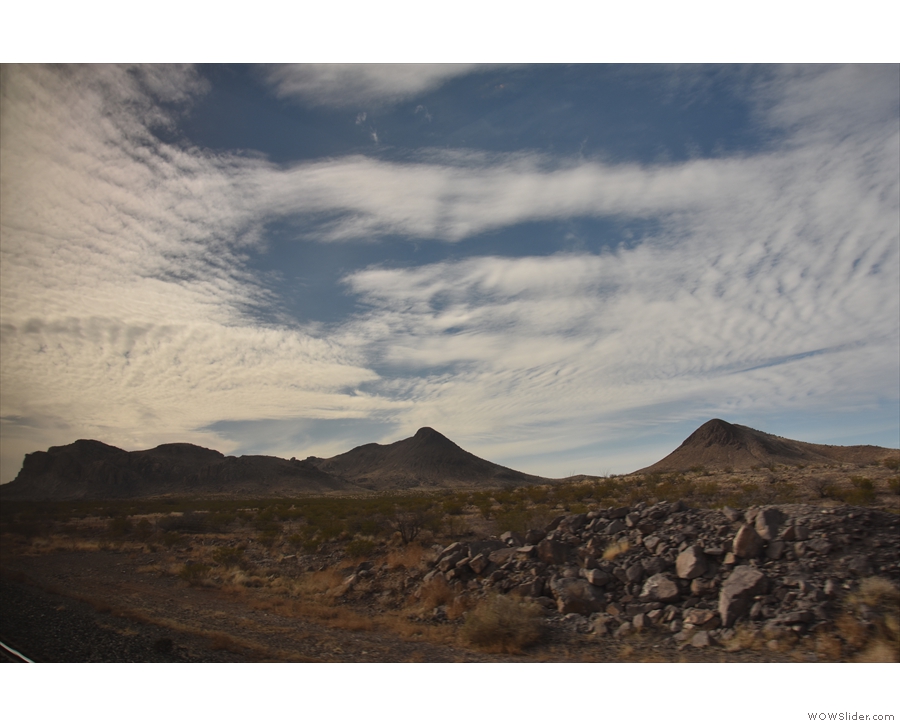
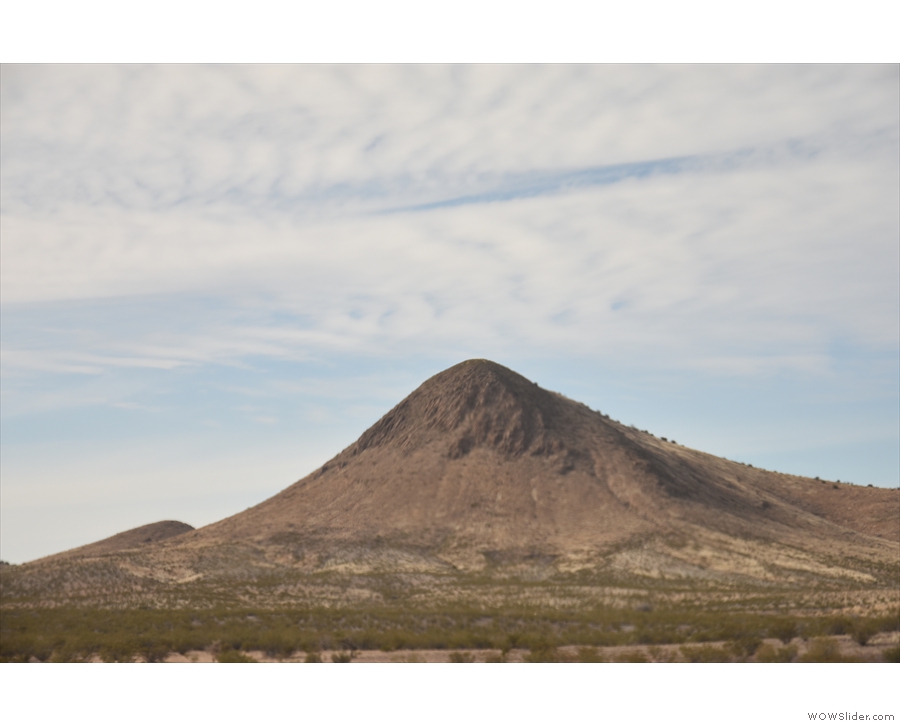
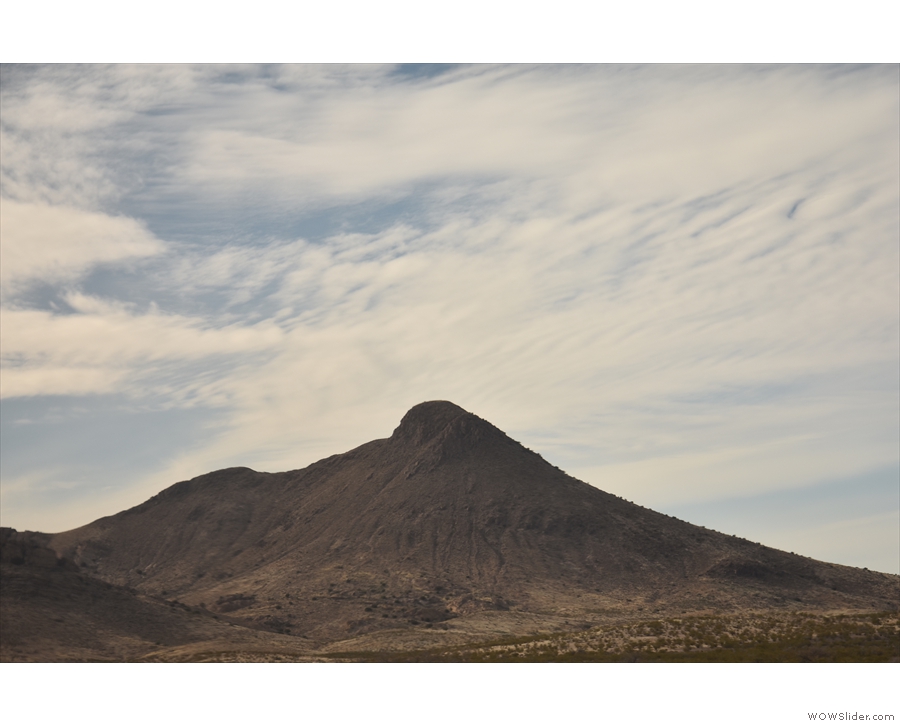
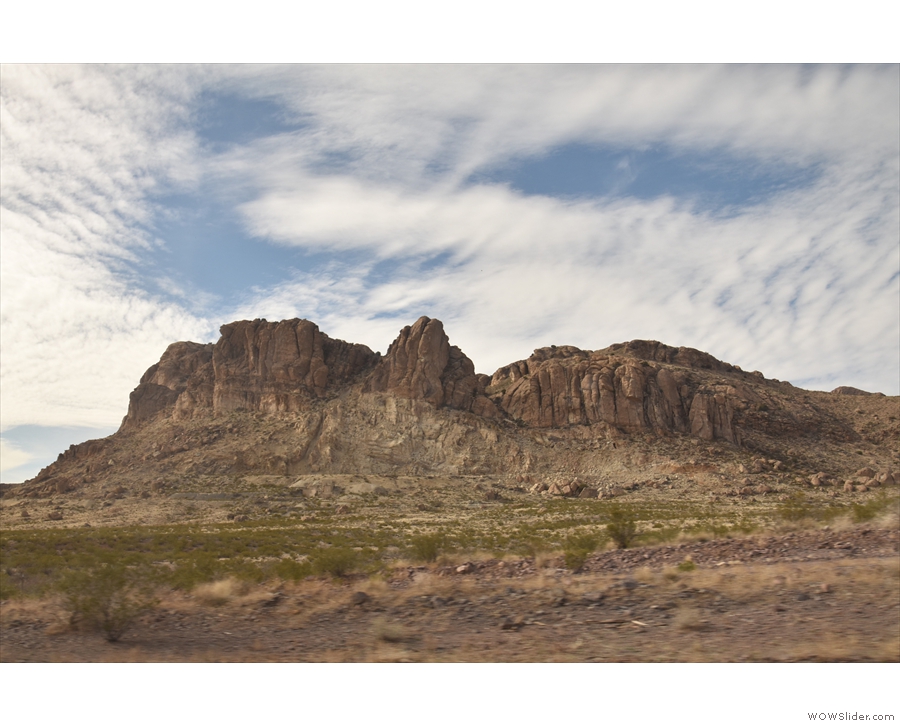
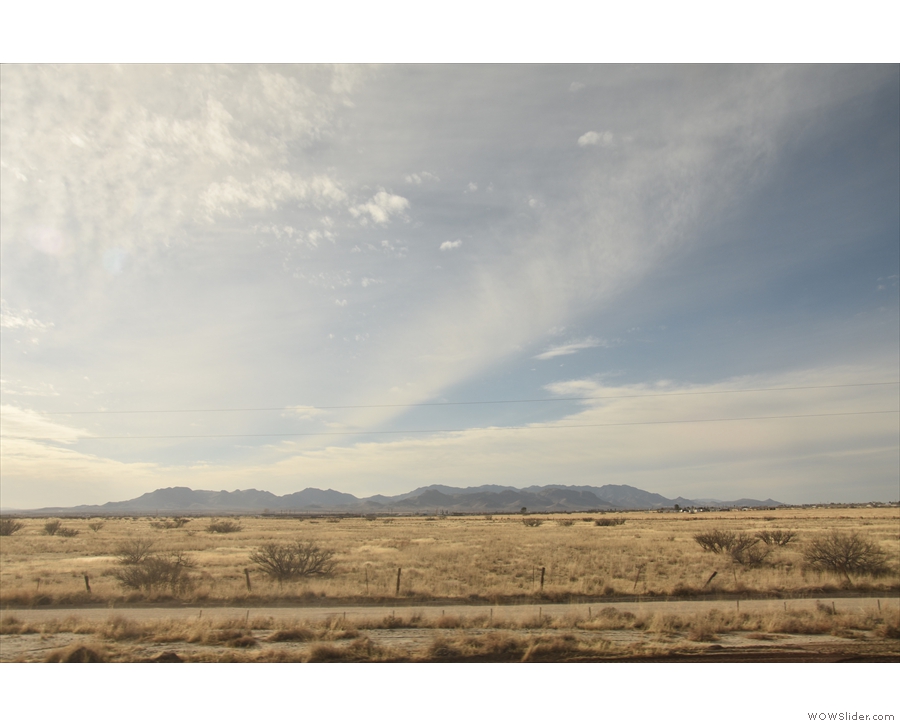
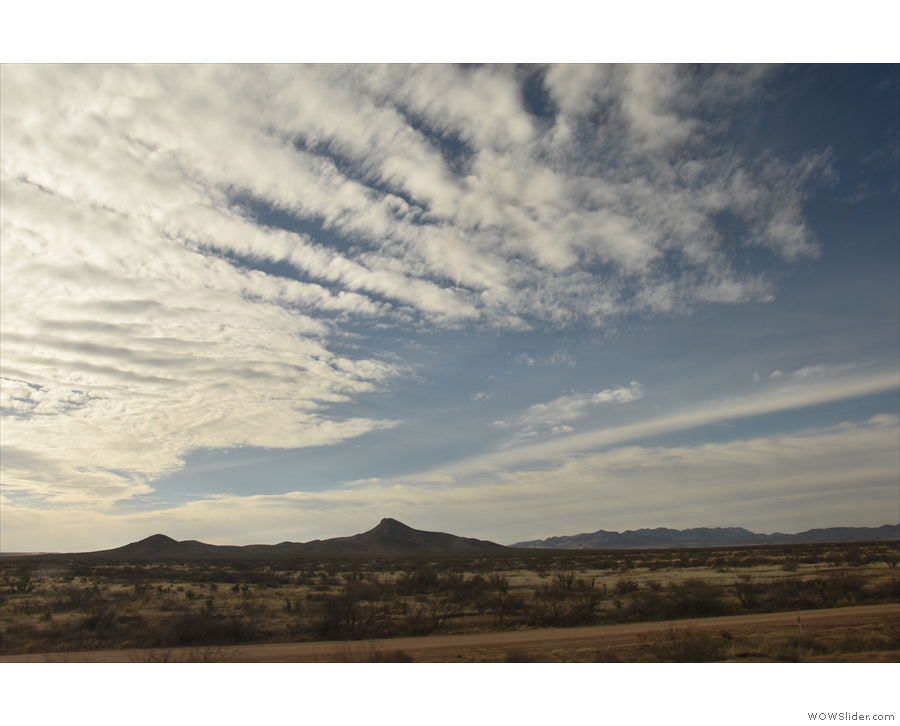
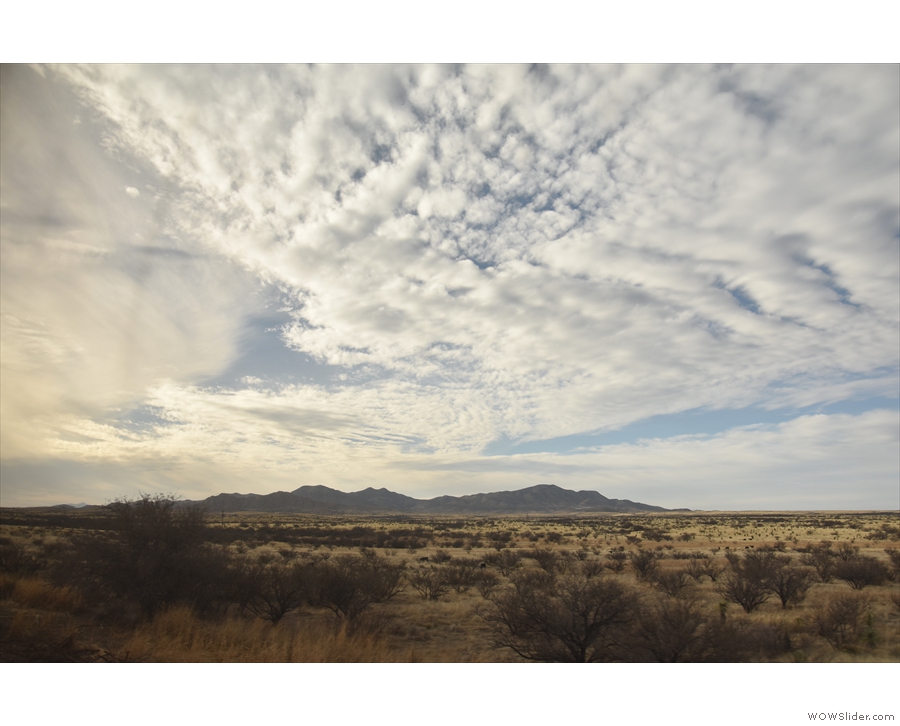
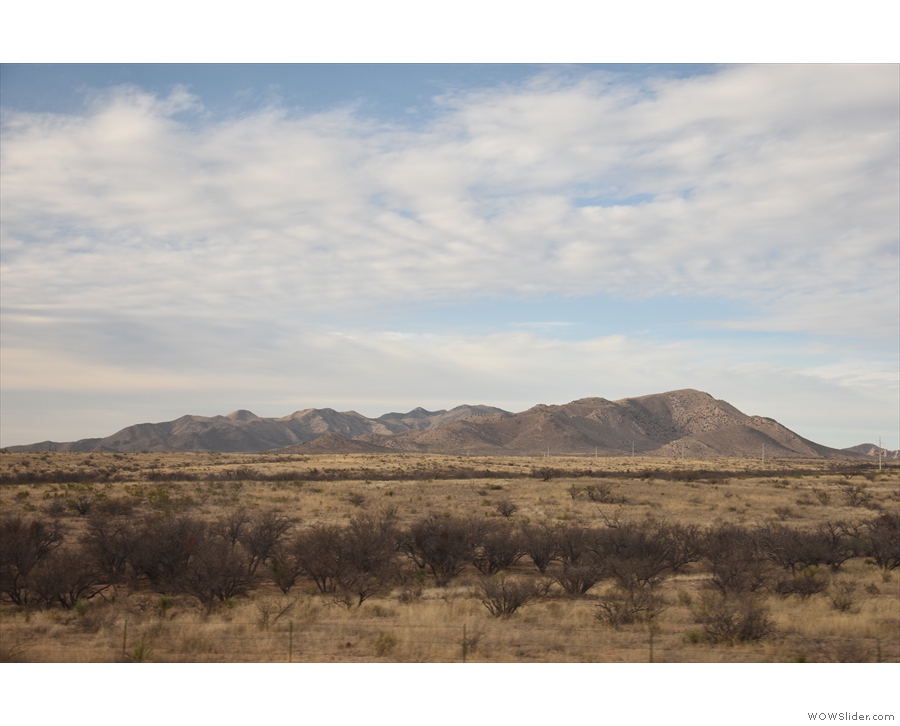
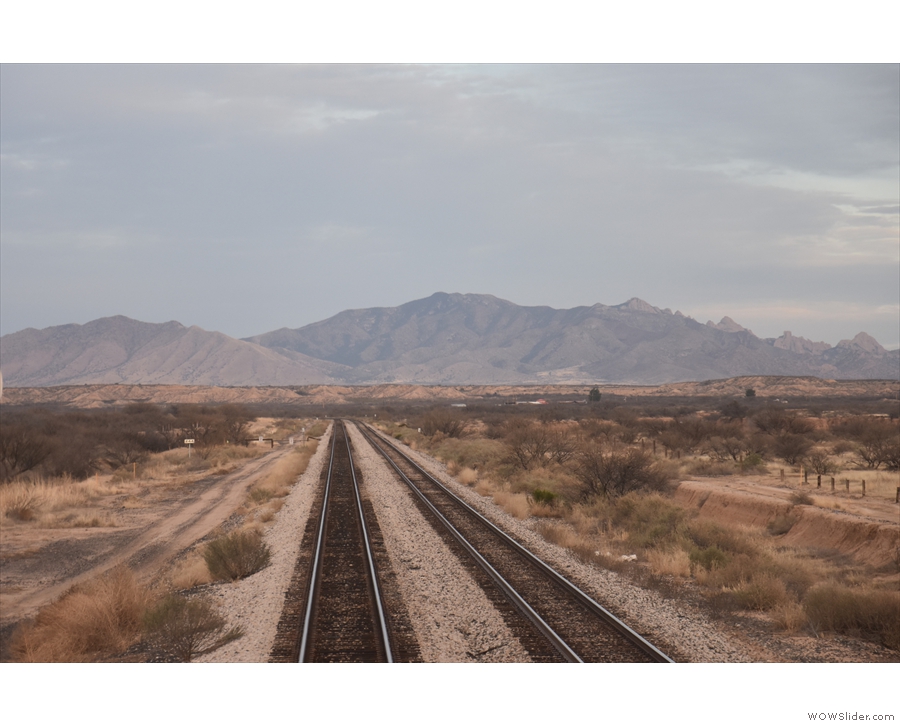
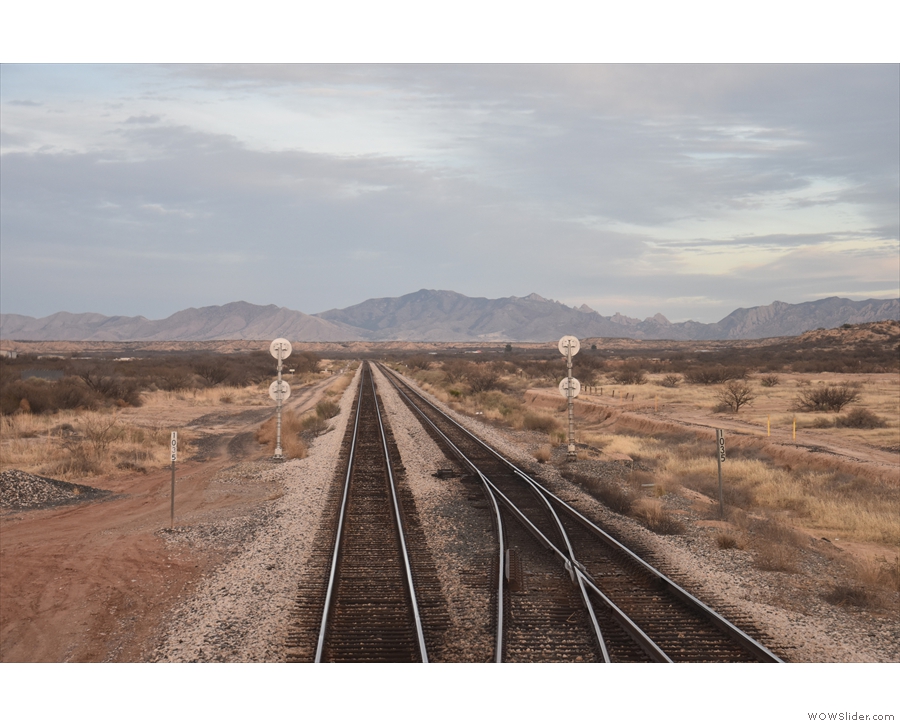
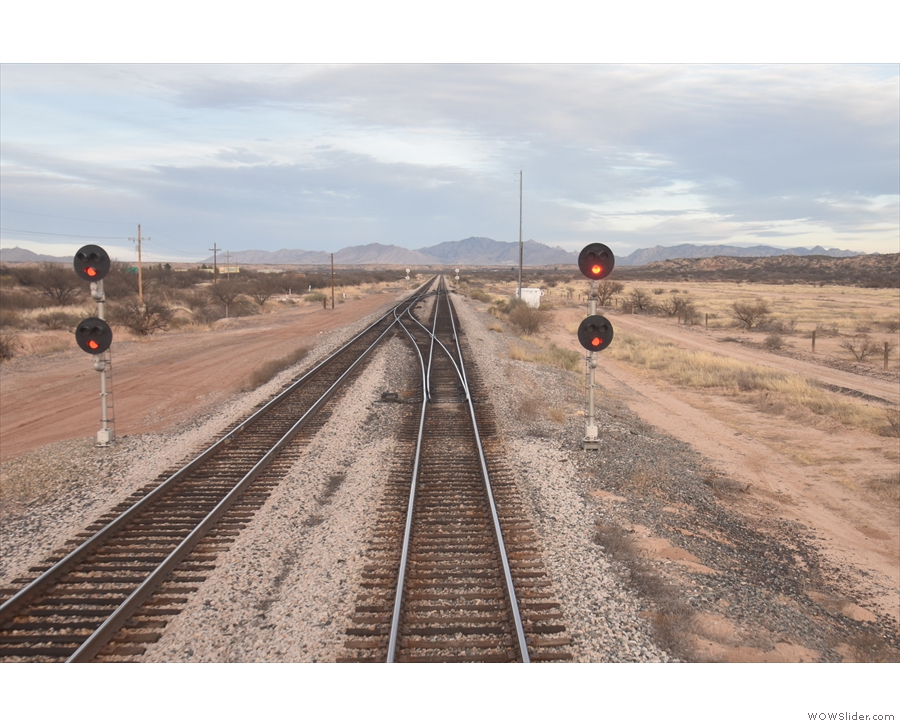
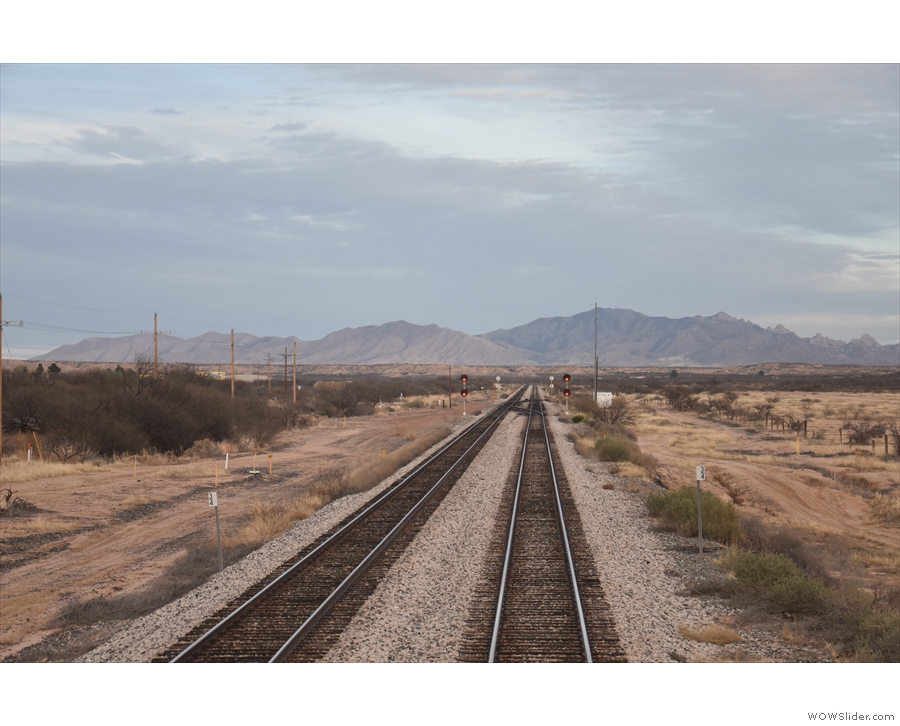
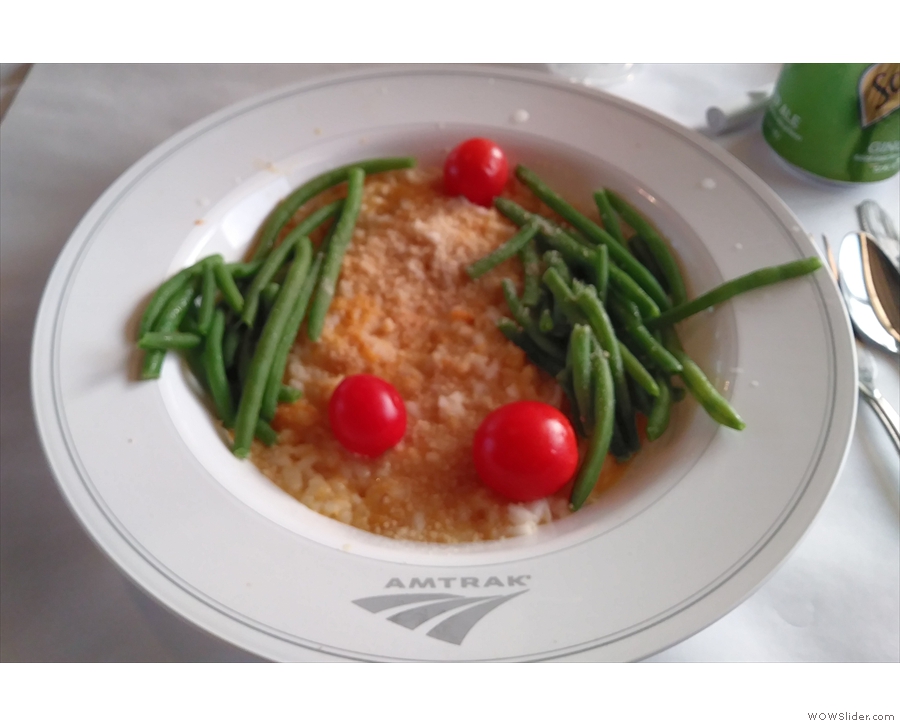
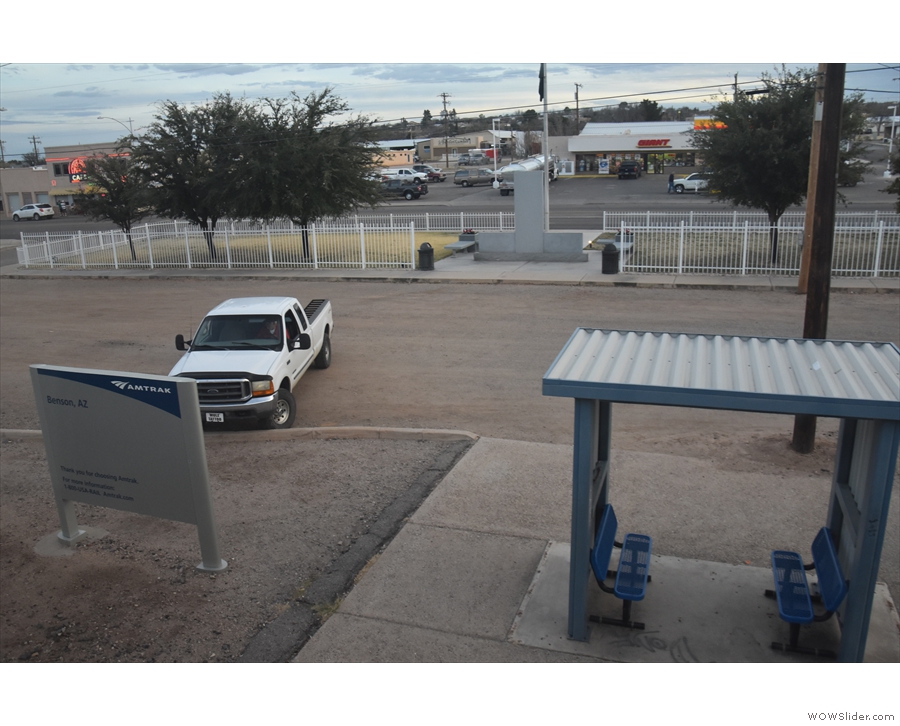
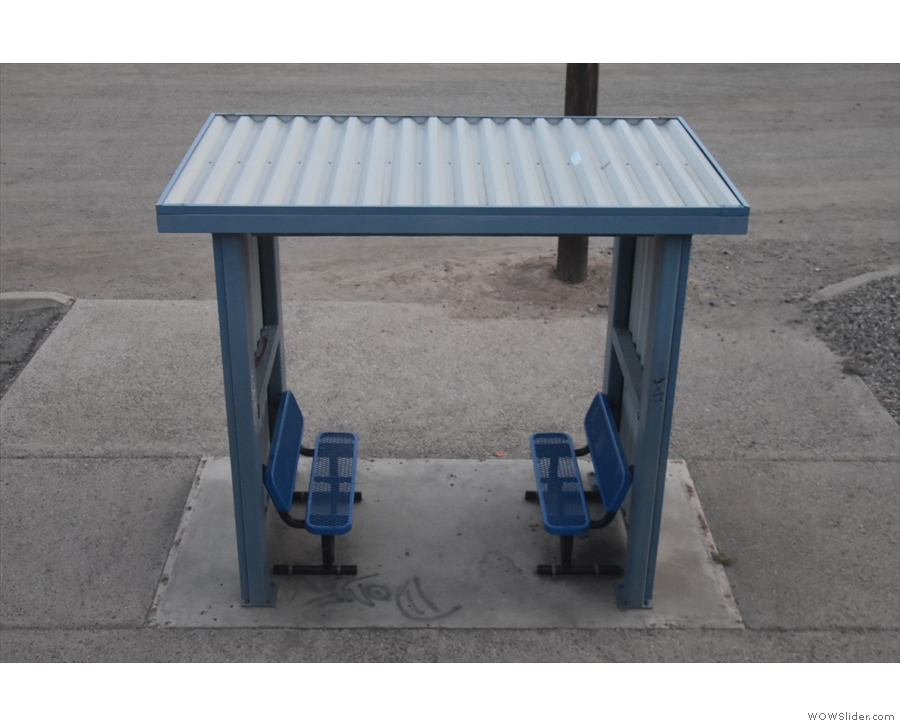
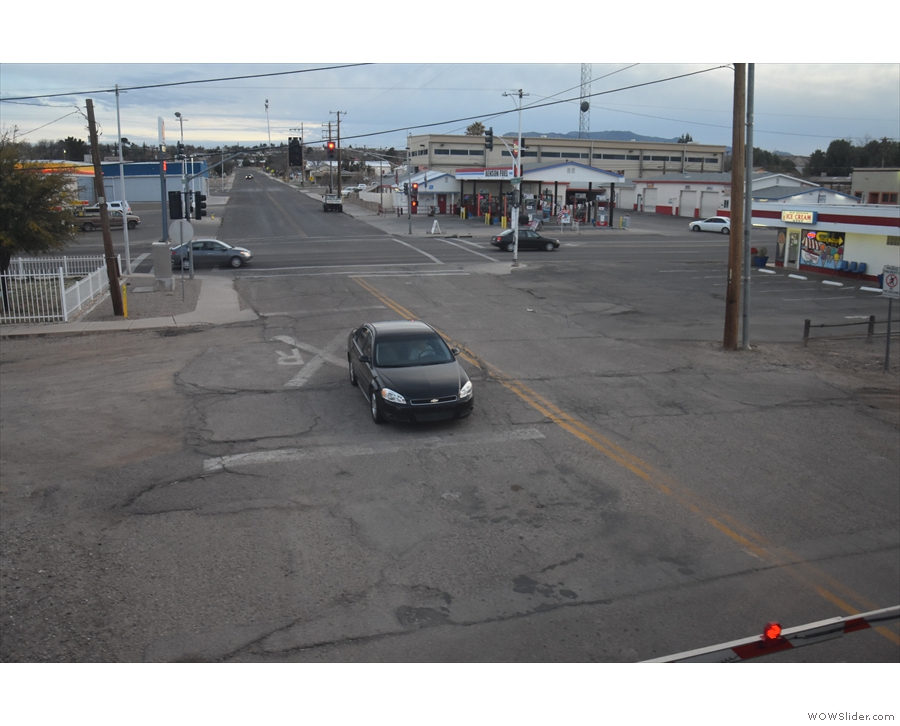
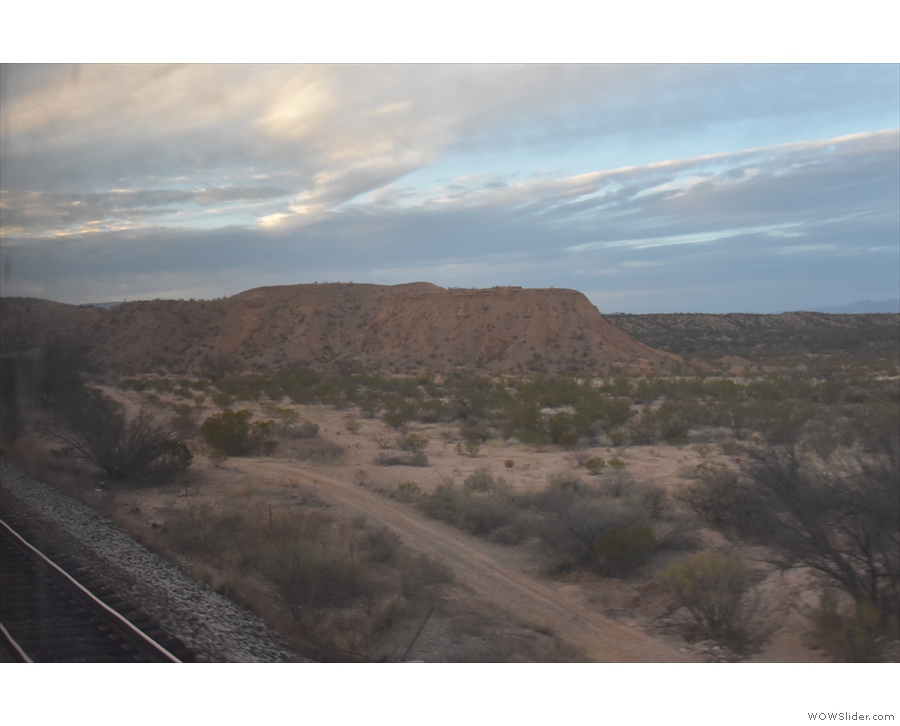
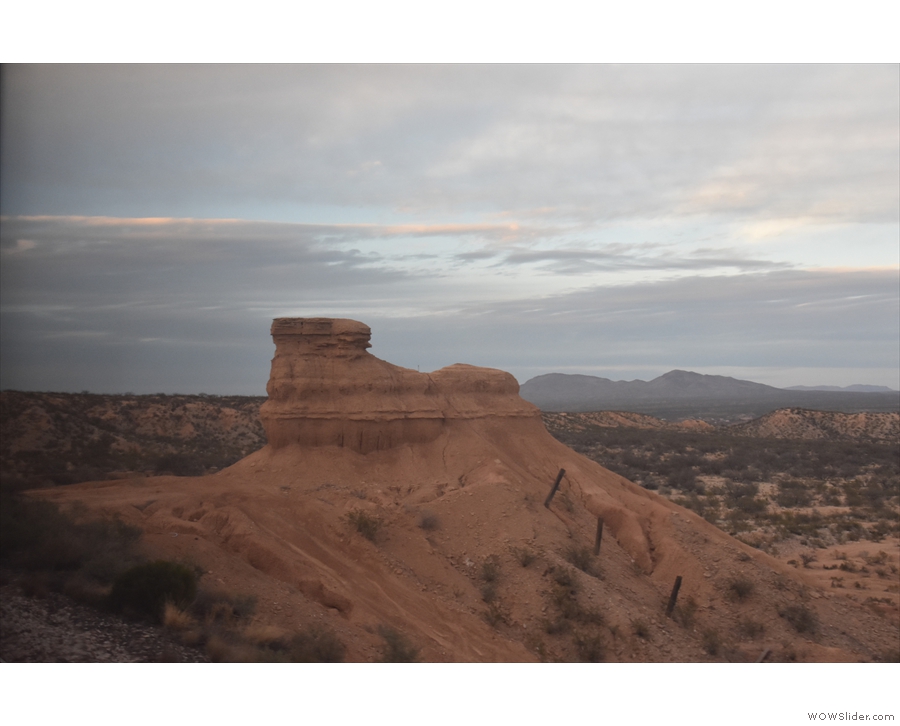
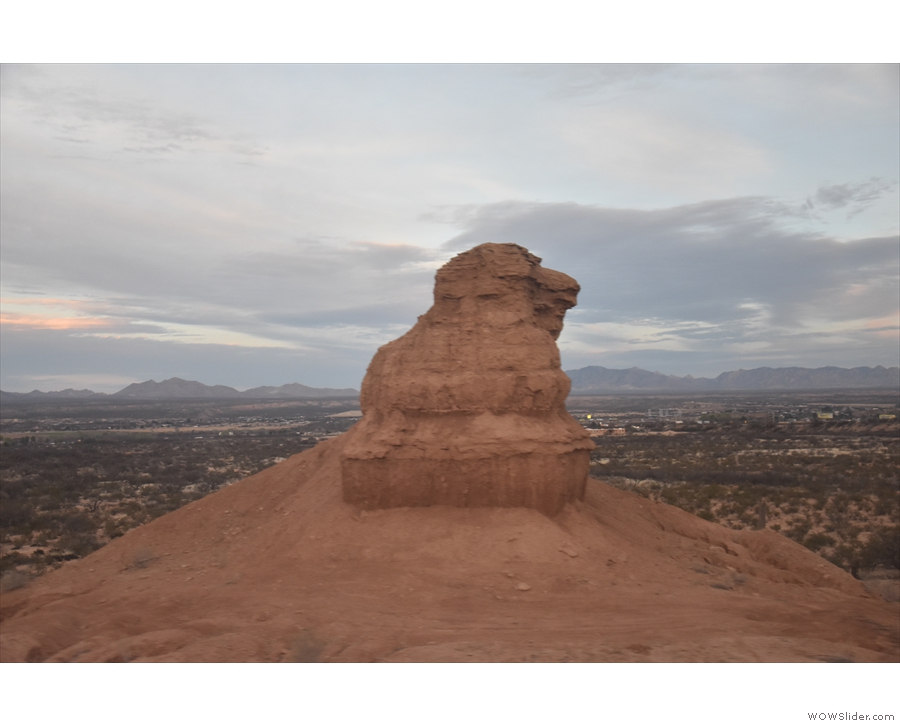
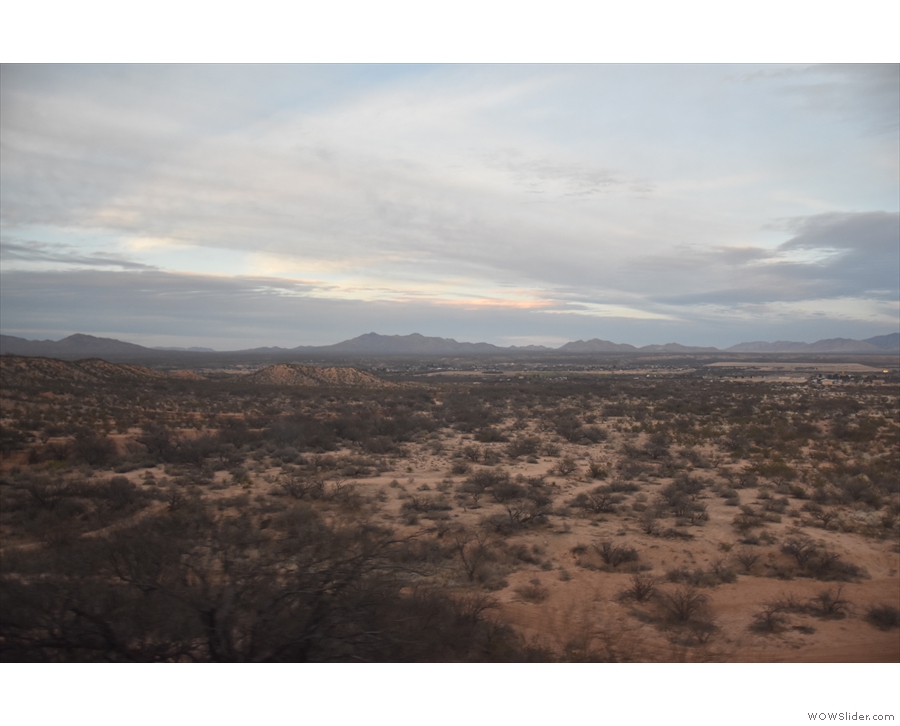
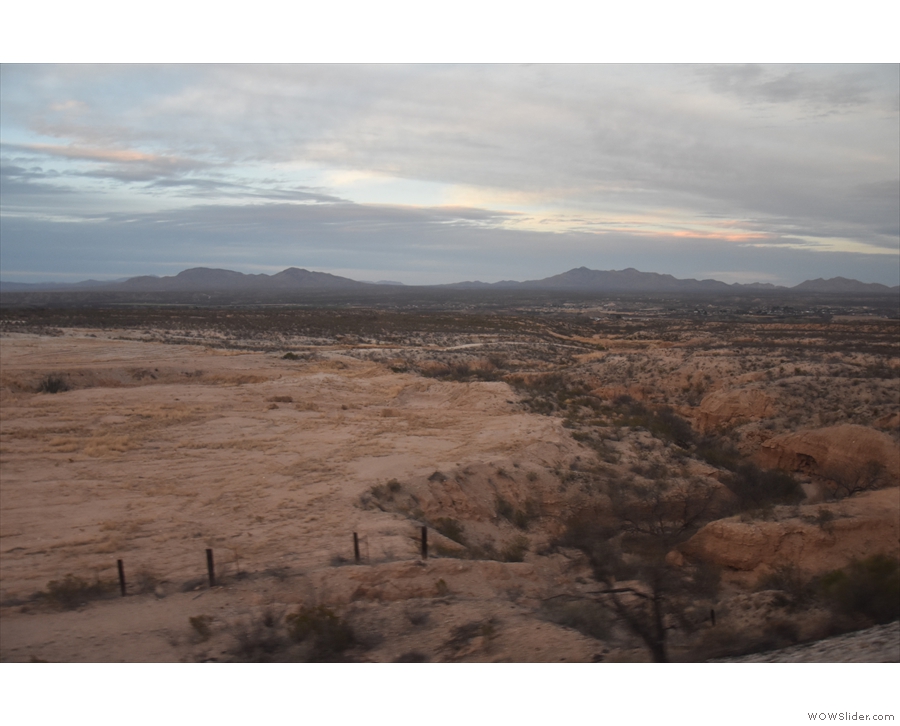
 1
1 2
2 3
3 4
4 5
5 6
6 7
7 8
8 9
9 10
10 11
11 12
12 13
13 14
14 15
15 16
16 17
17 18
18 19
19 20
20 21
21 22
22 23
23 24
24 25
25 26
26 27
27 28
28 29
29 30
30 31
31 32
32 33
33 34
34 35
35 36
36 37
37 38
38 39
39 40
40 41
41 42
42 43
43 44
44 45
45 46
46